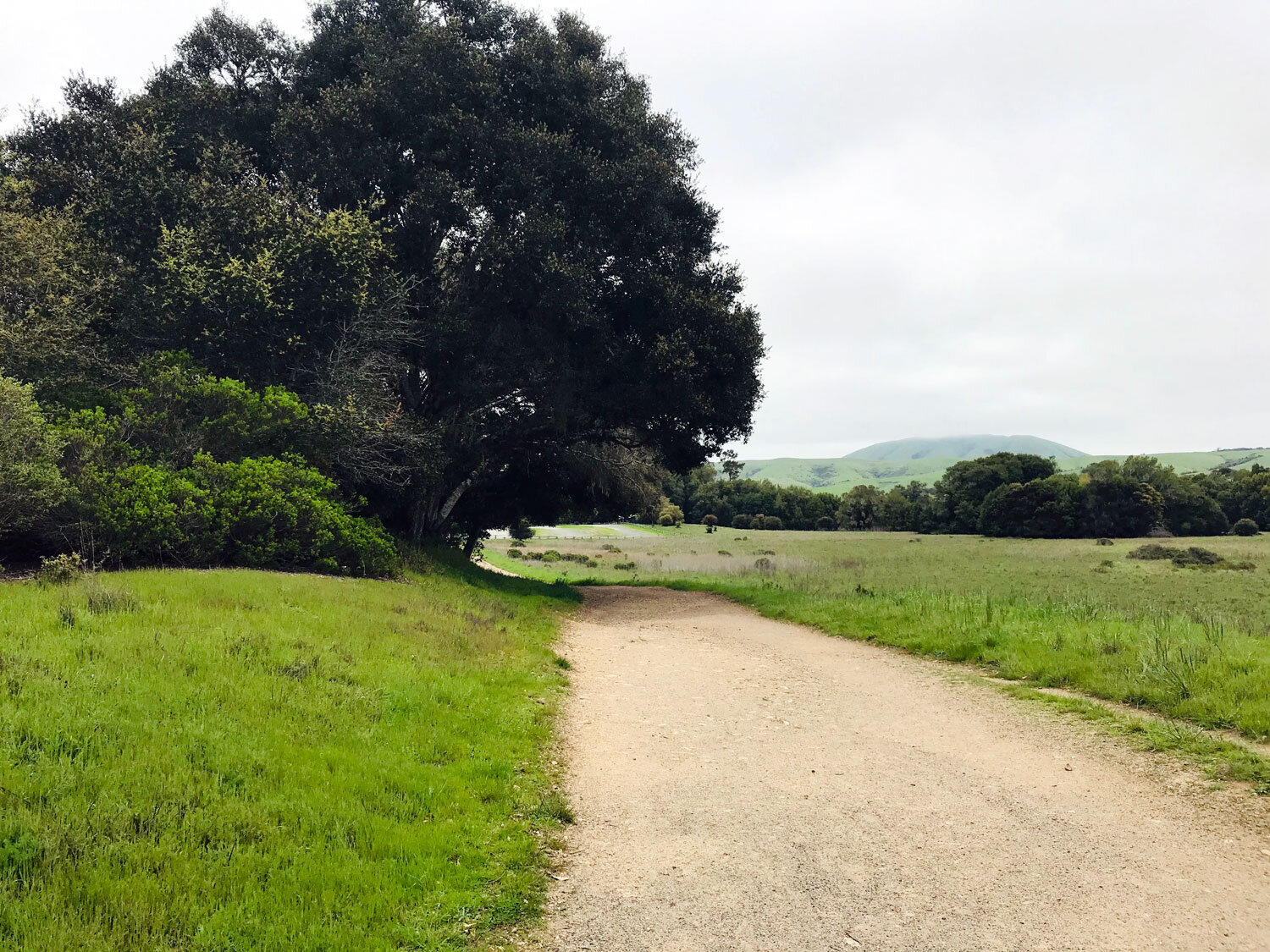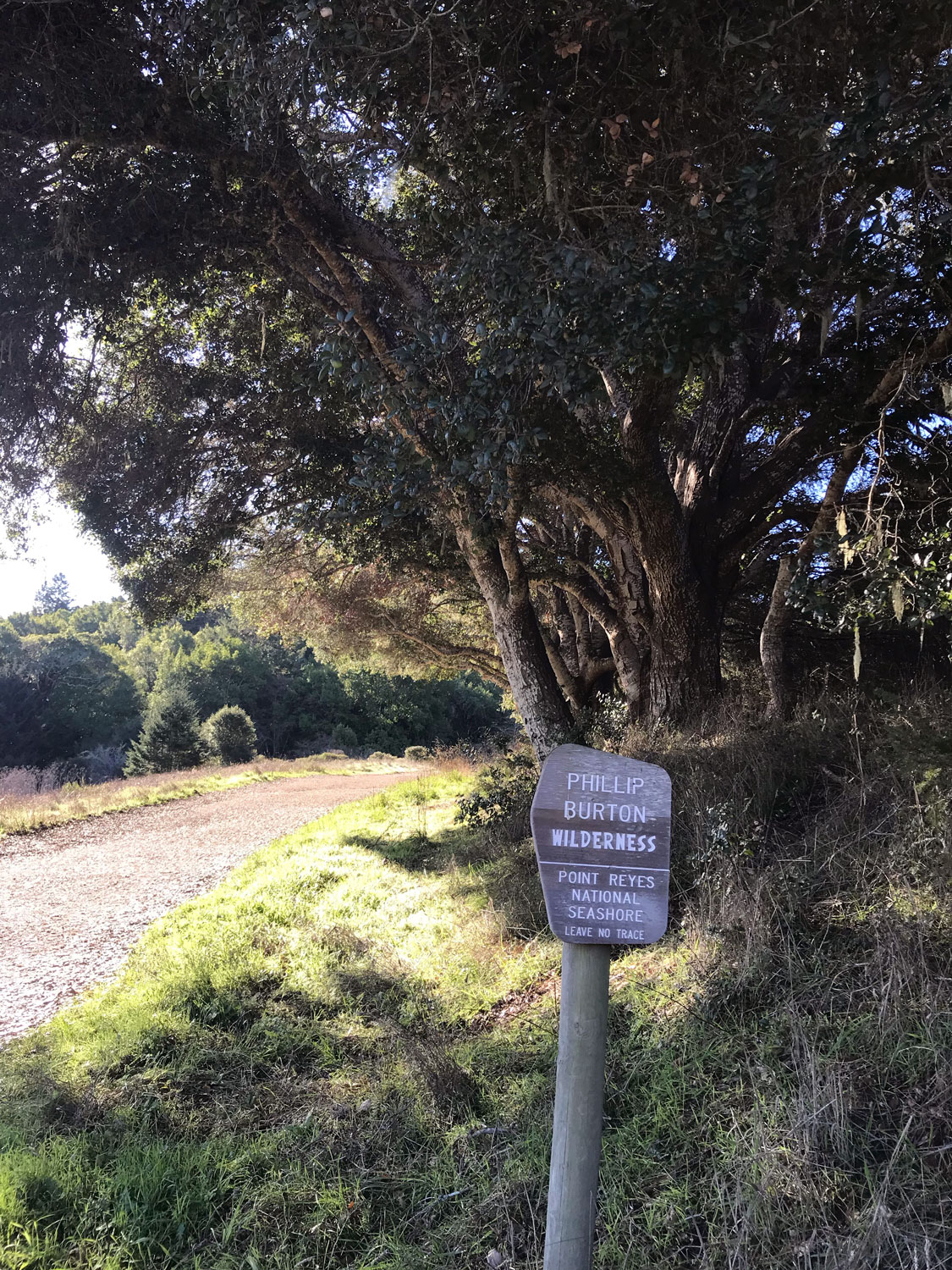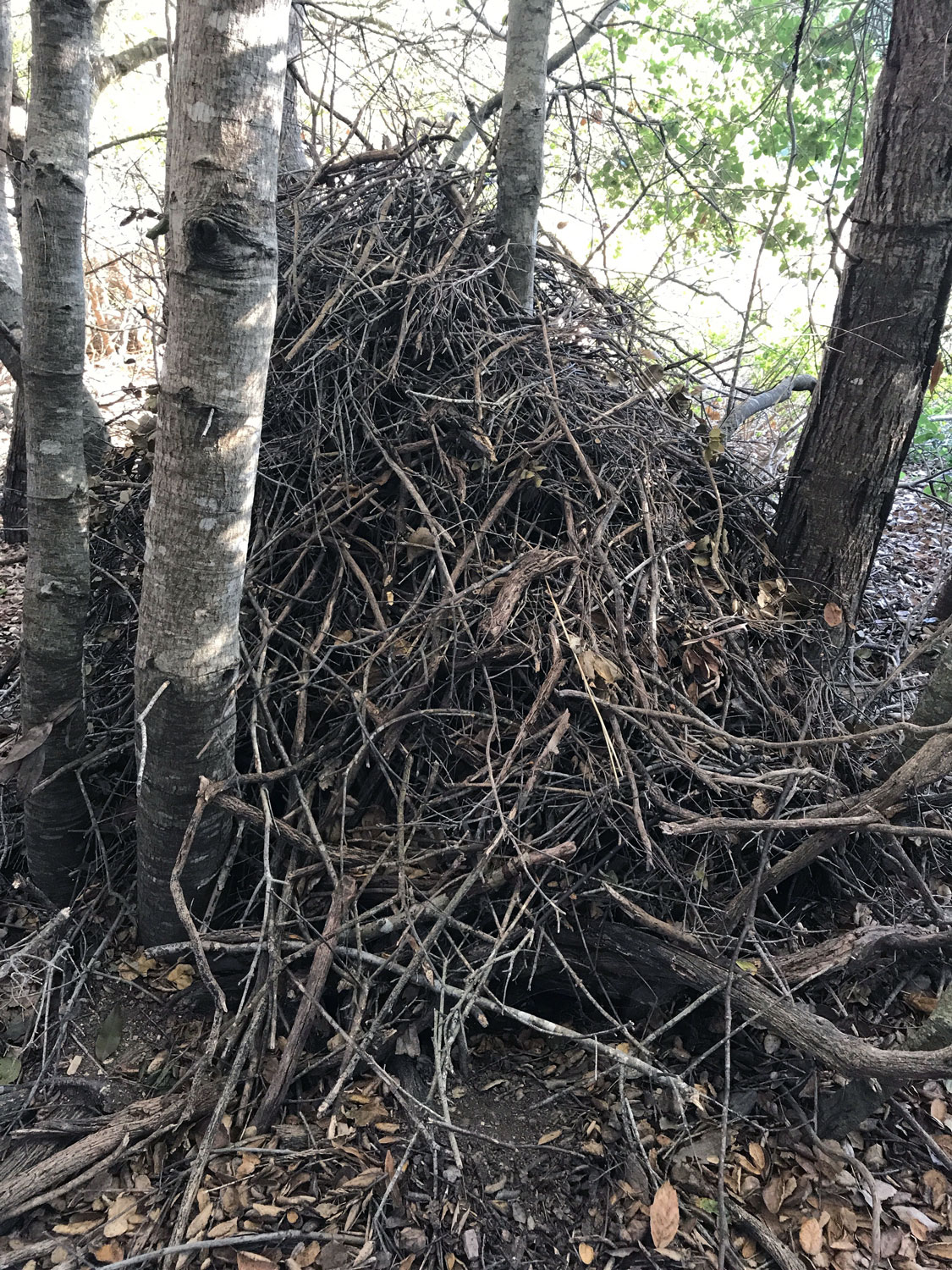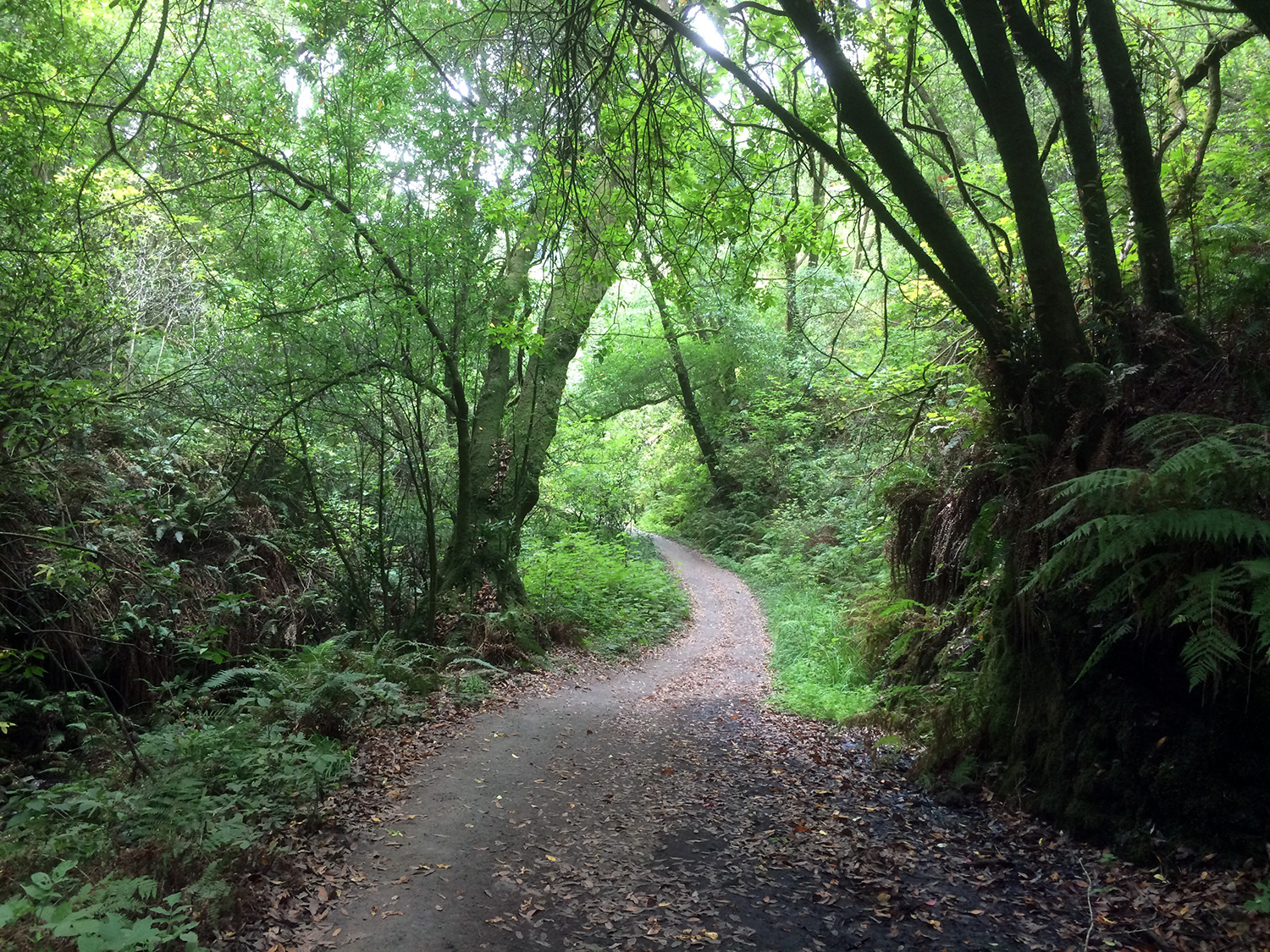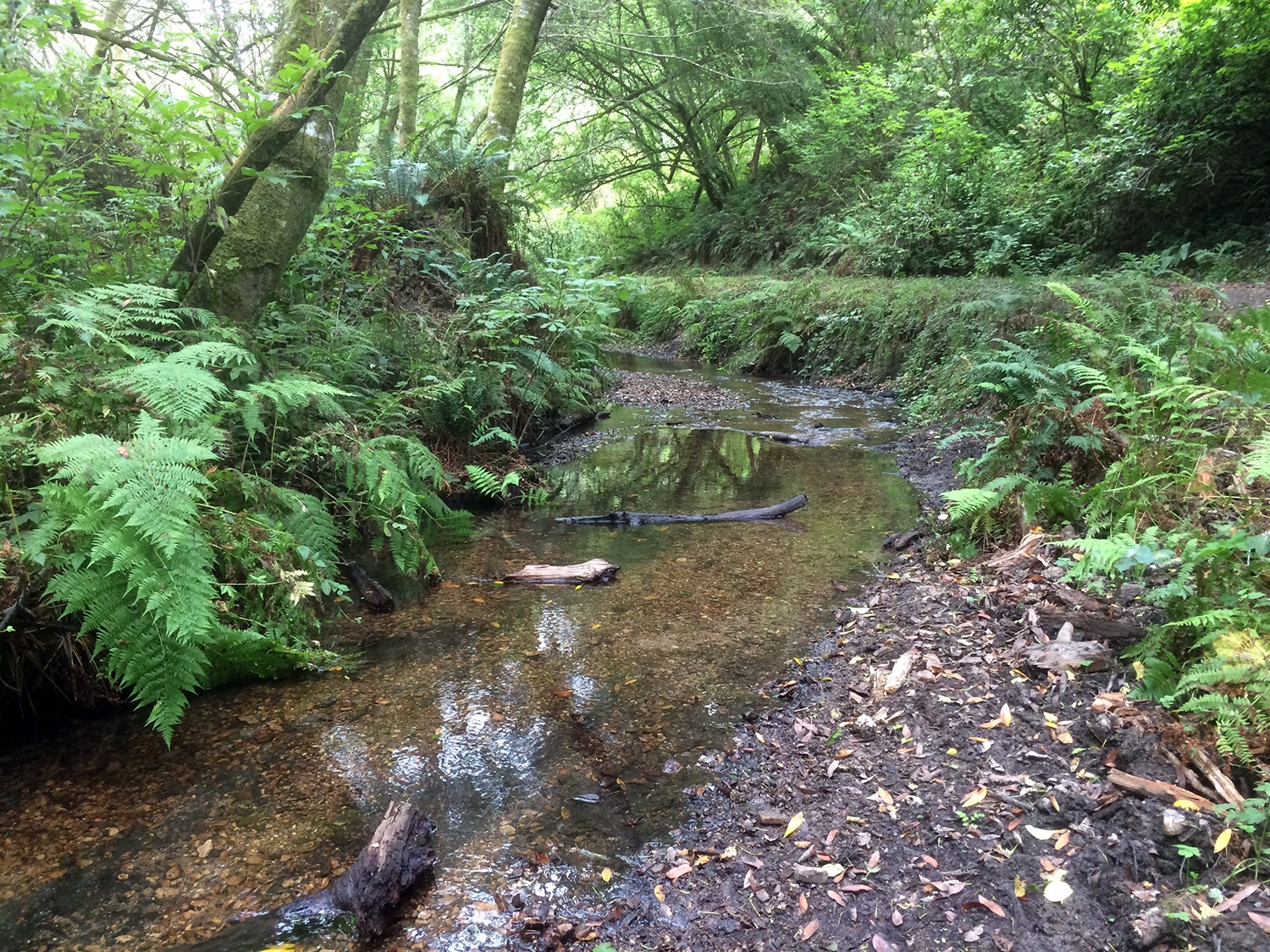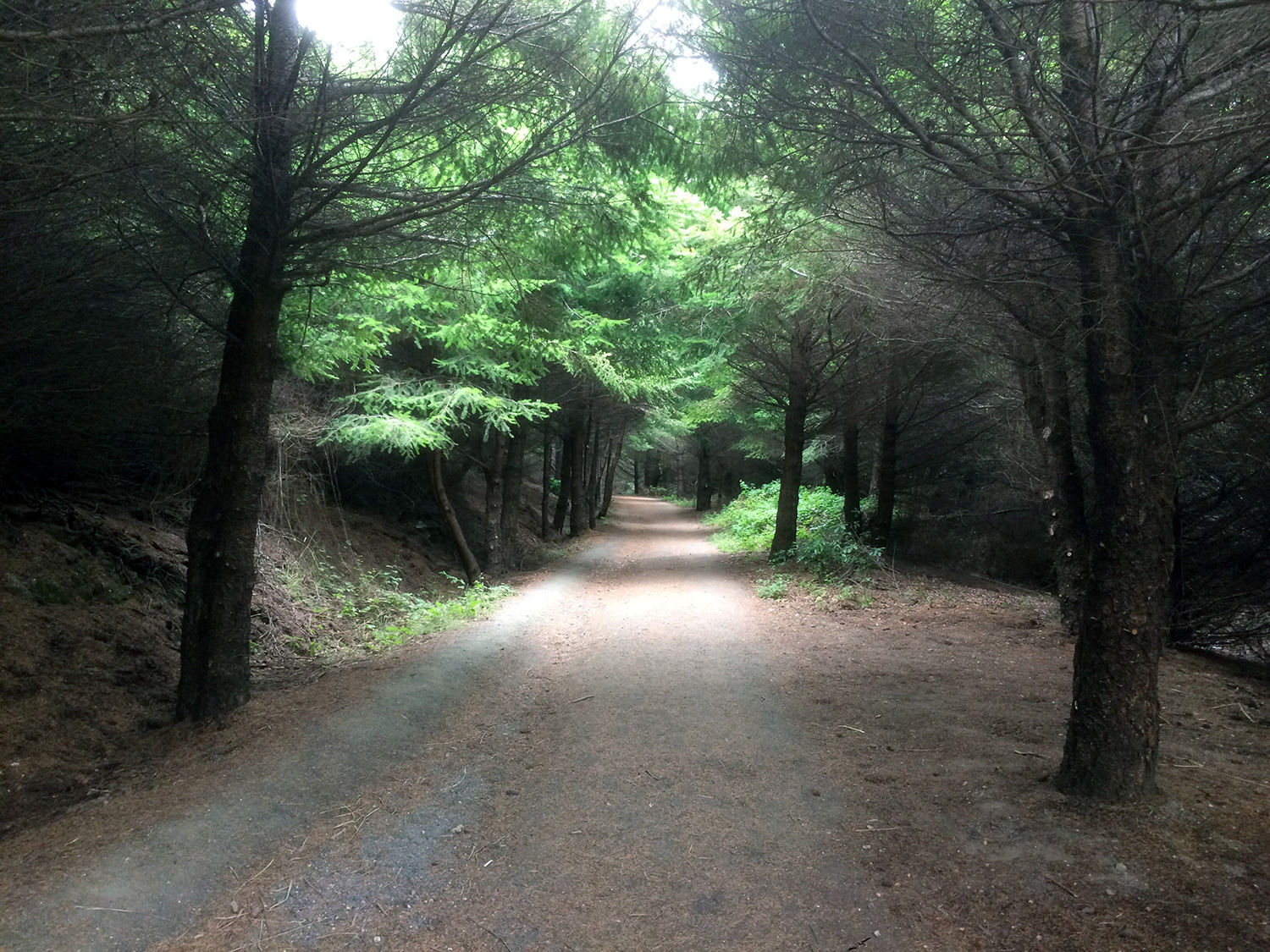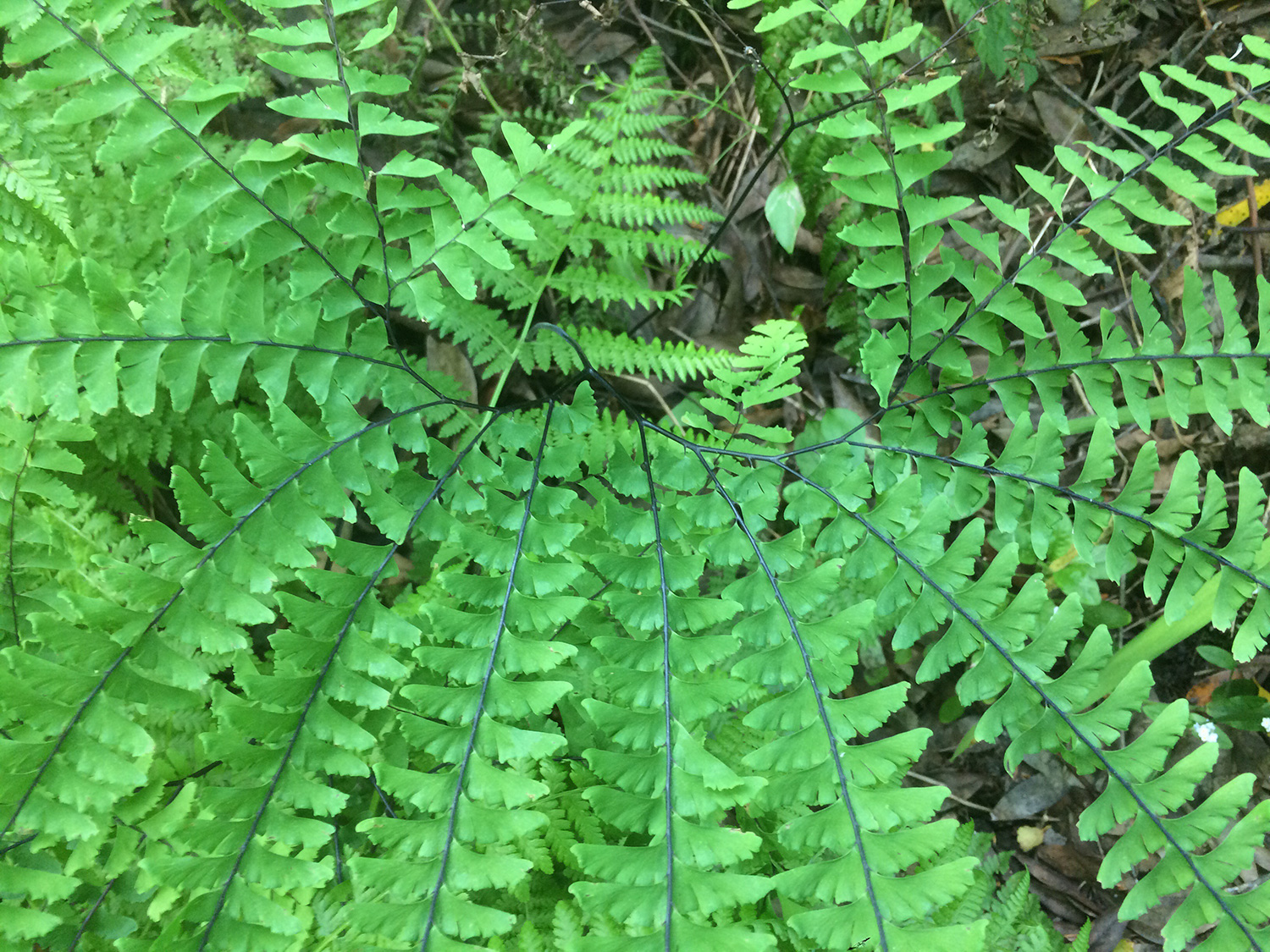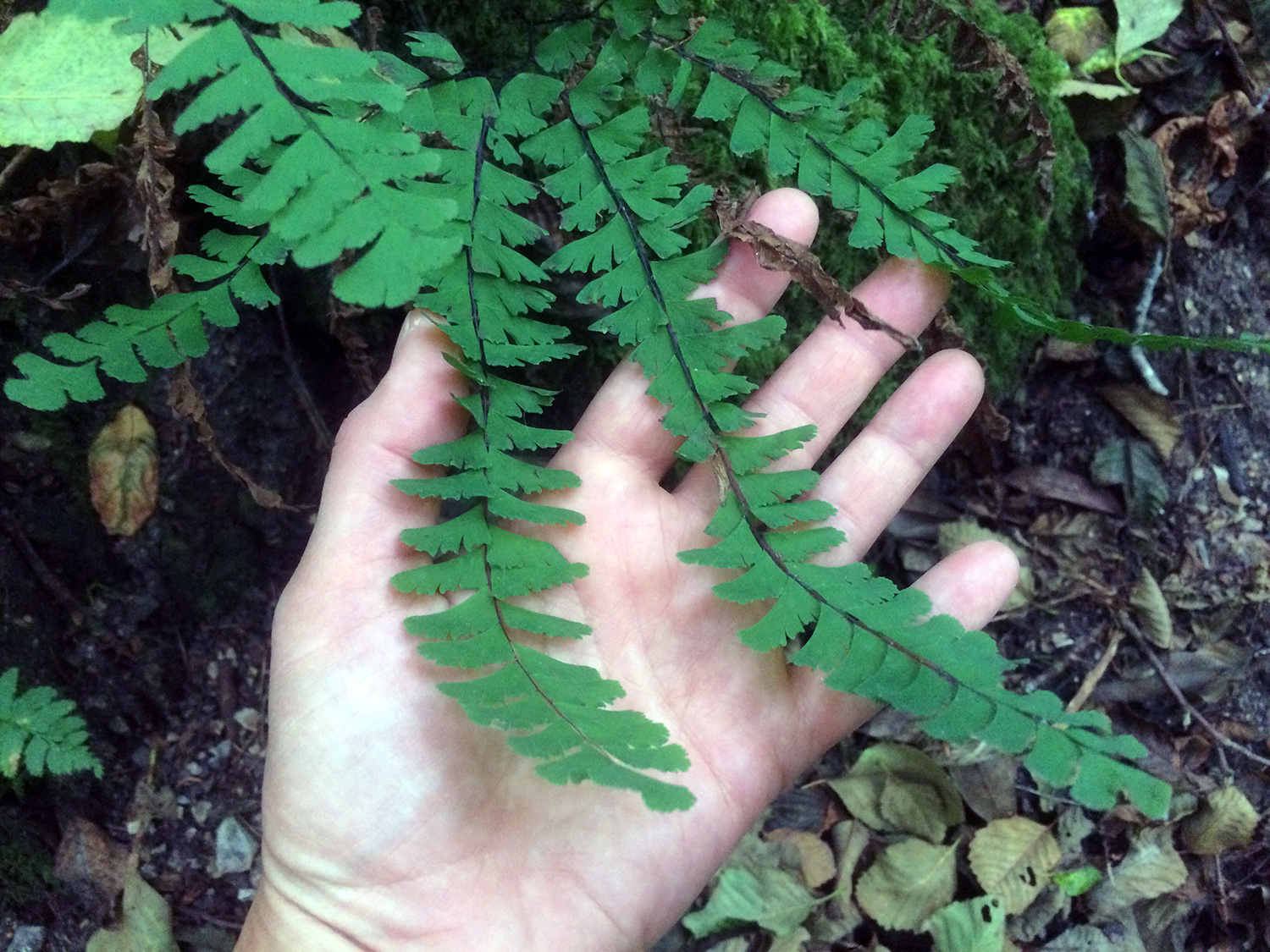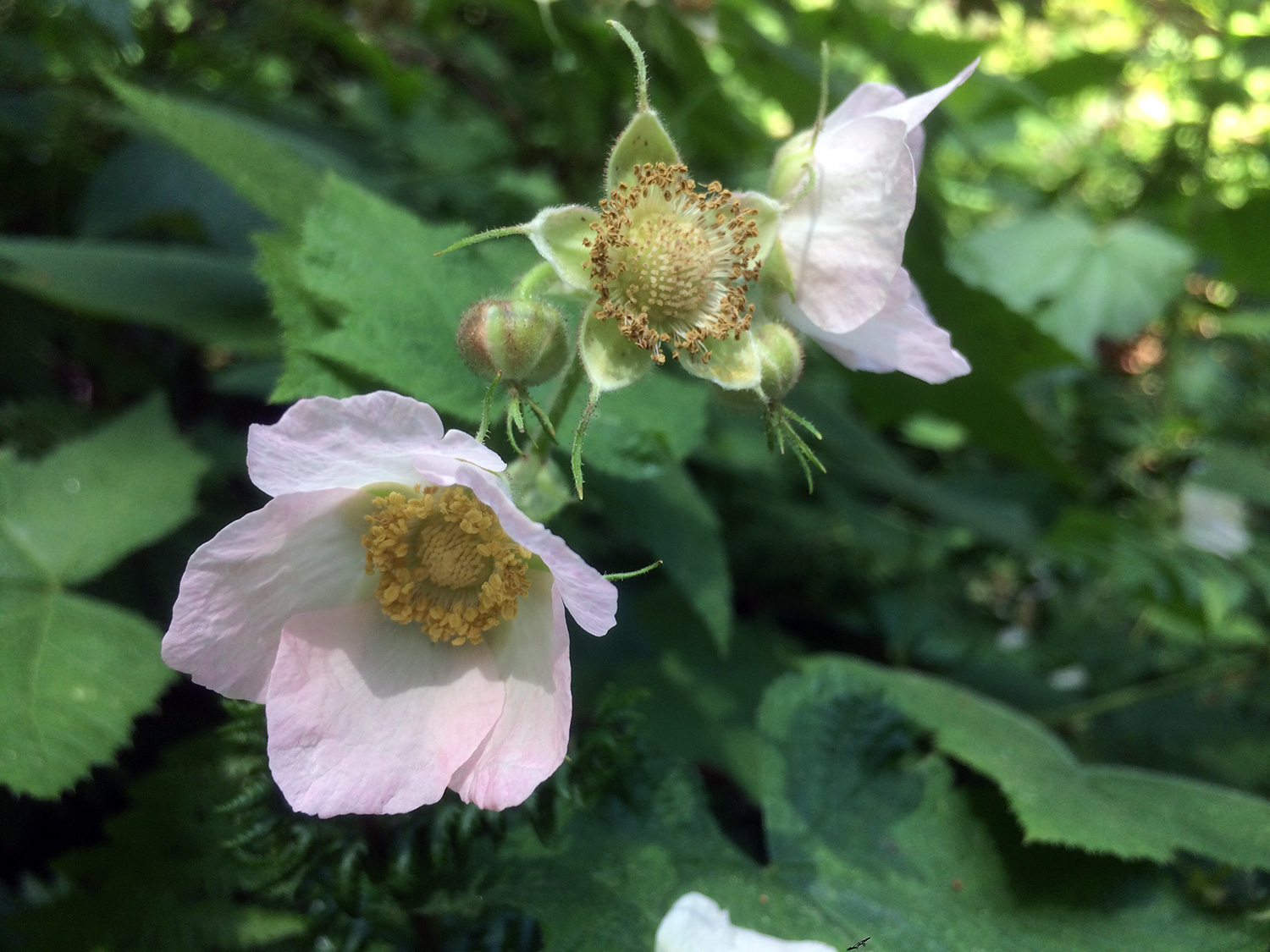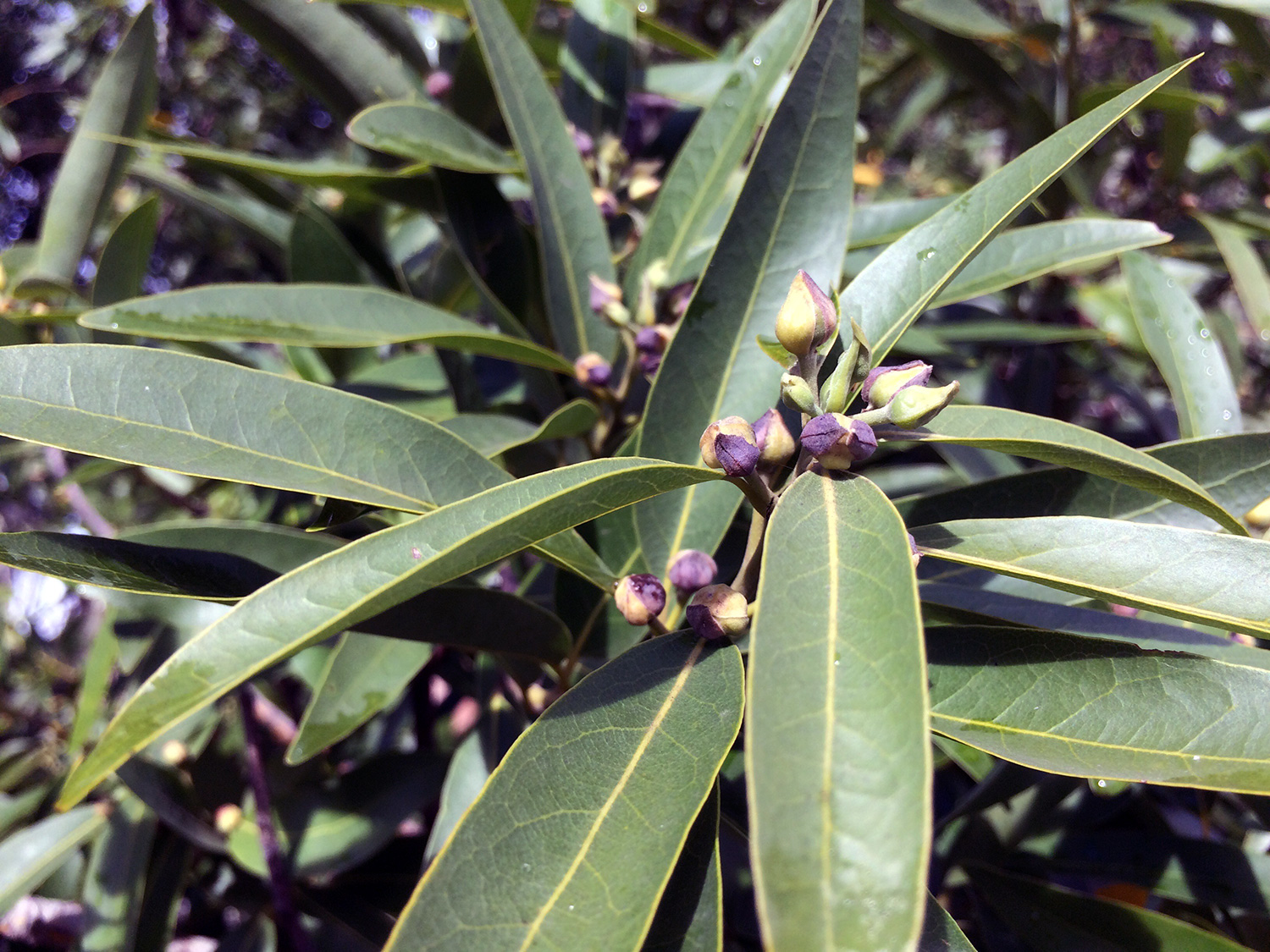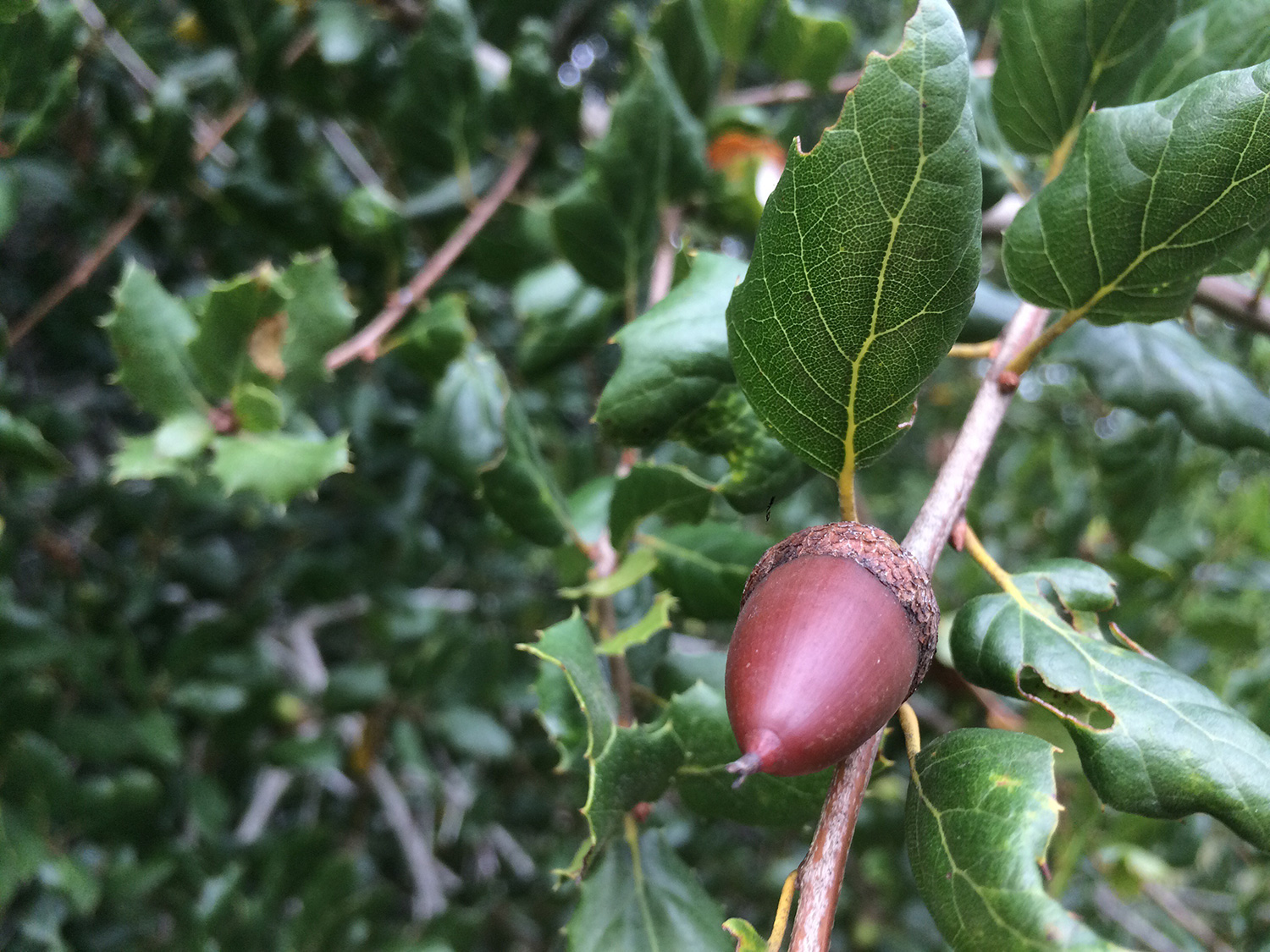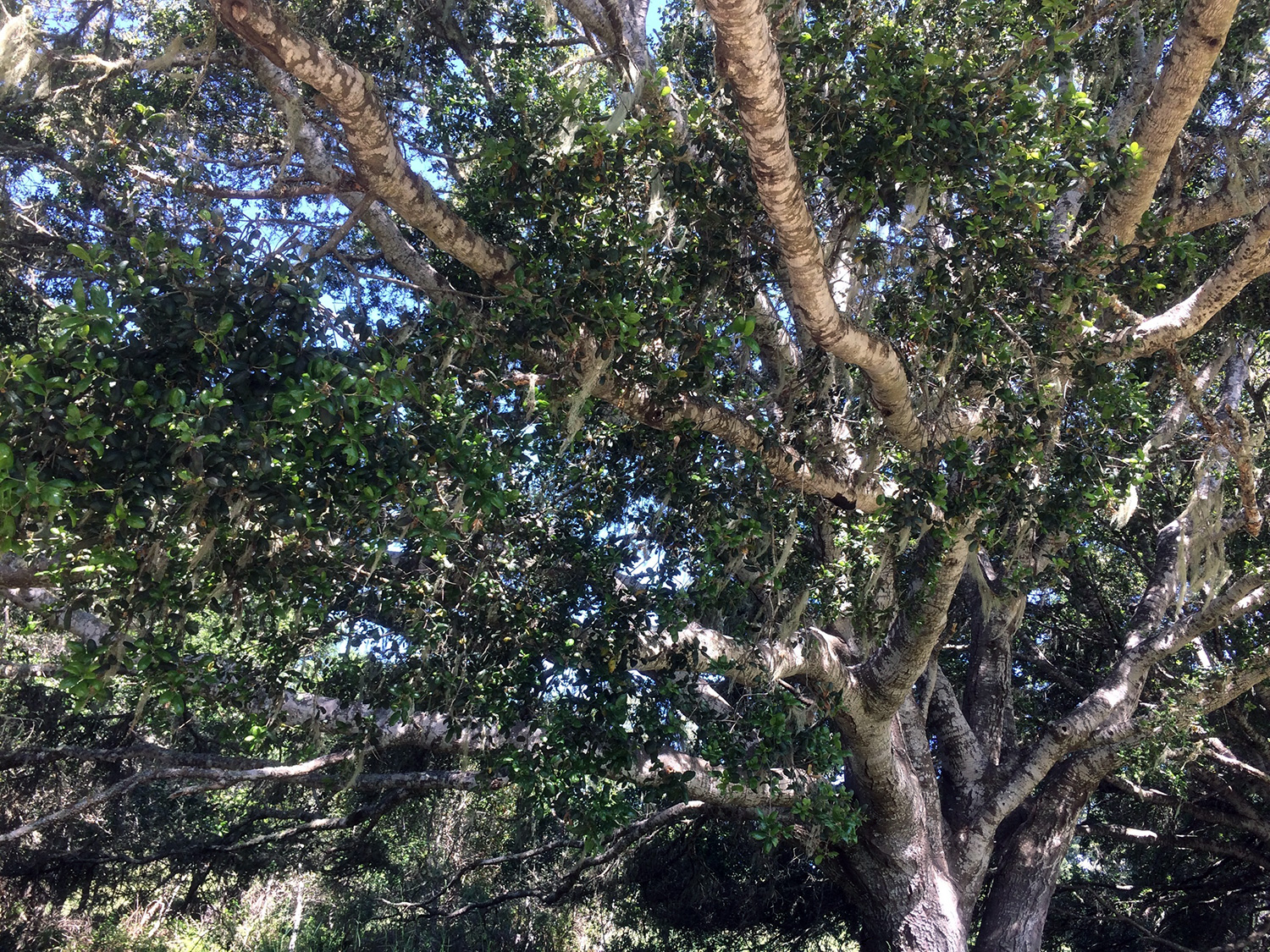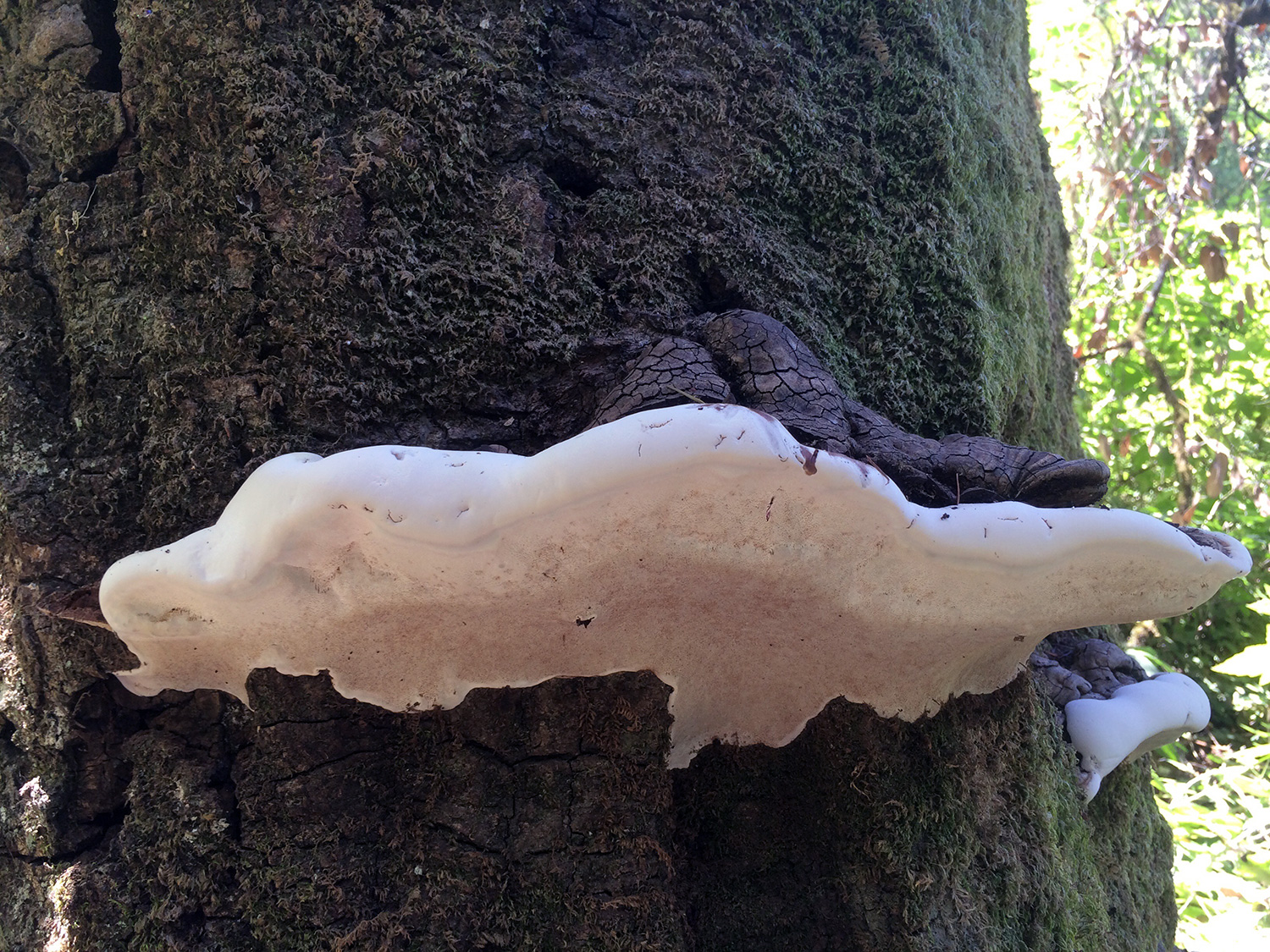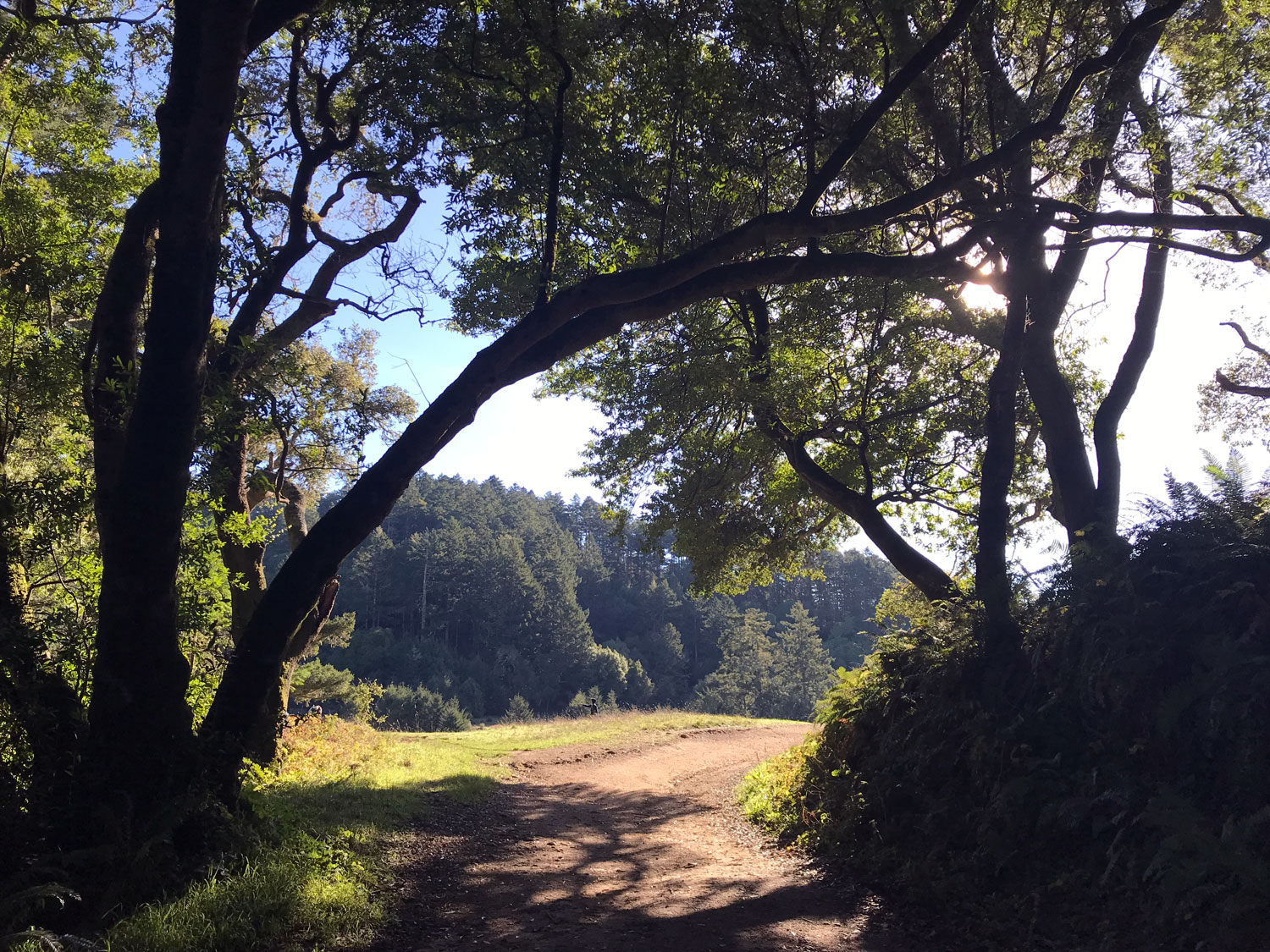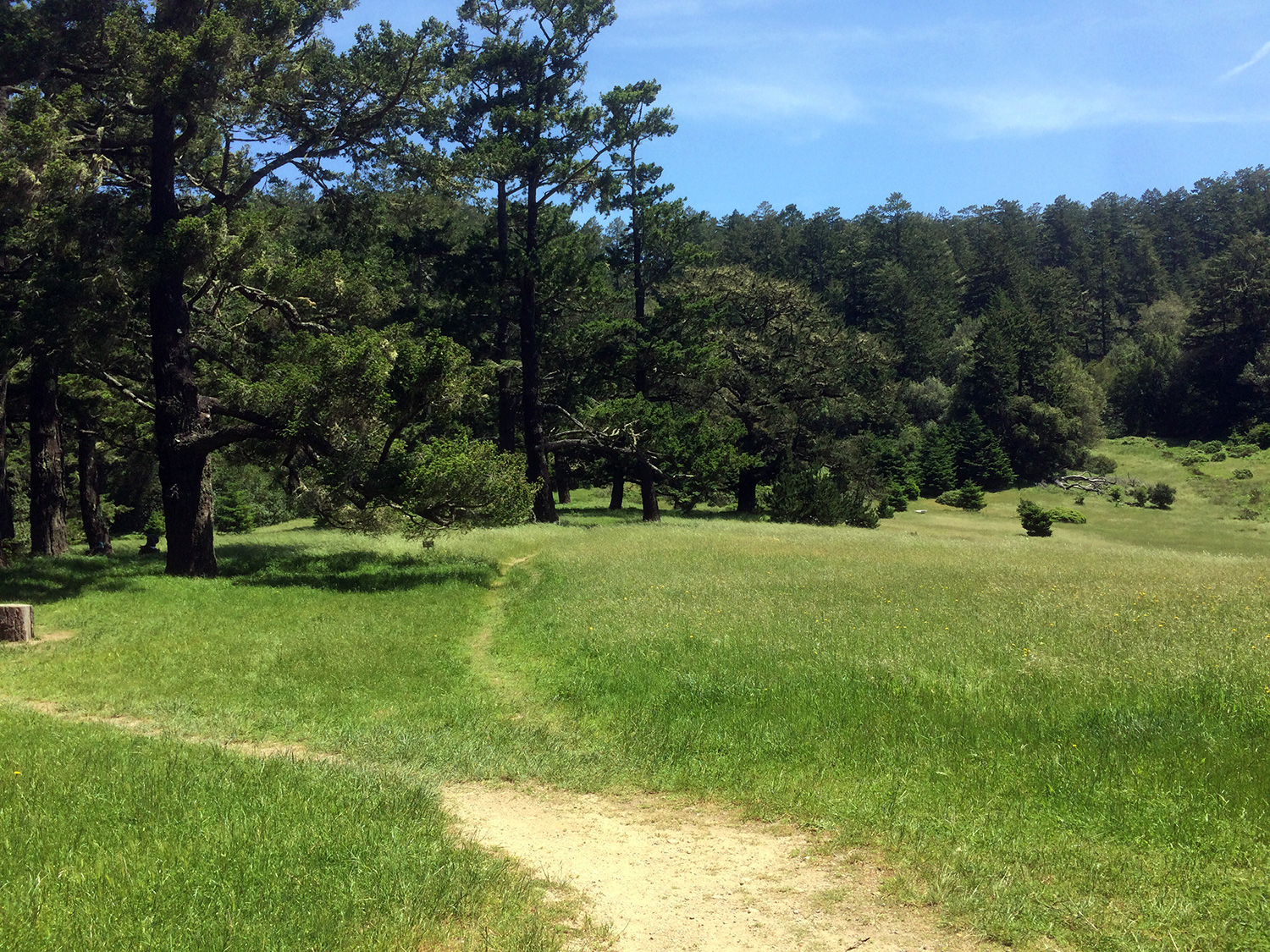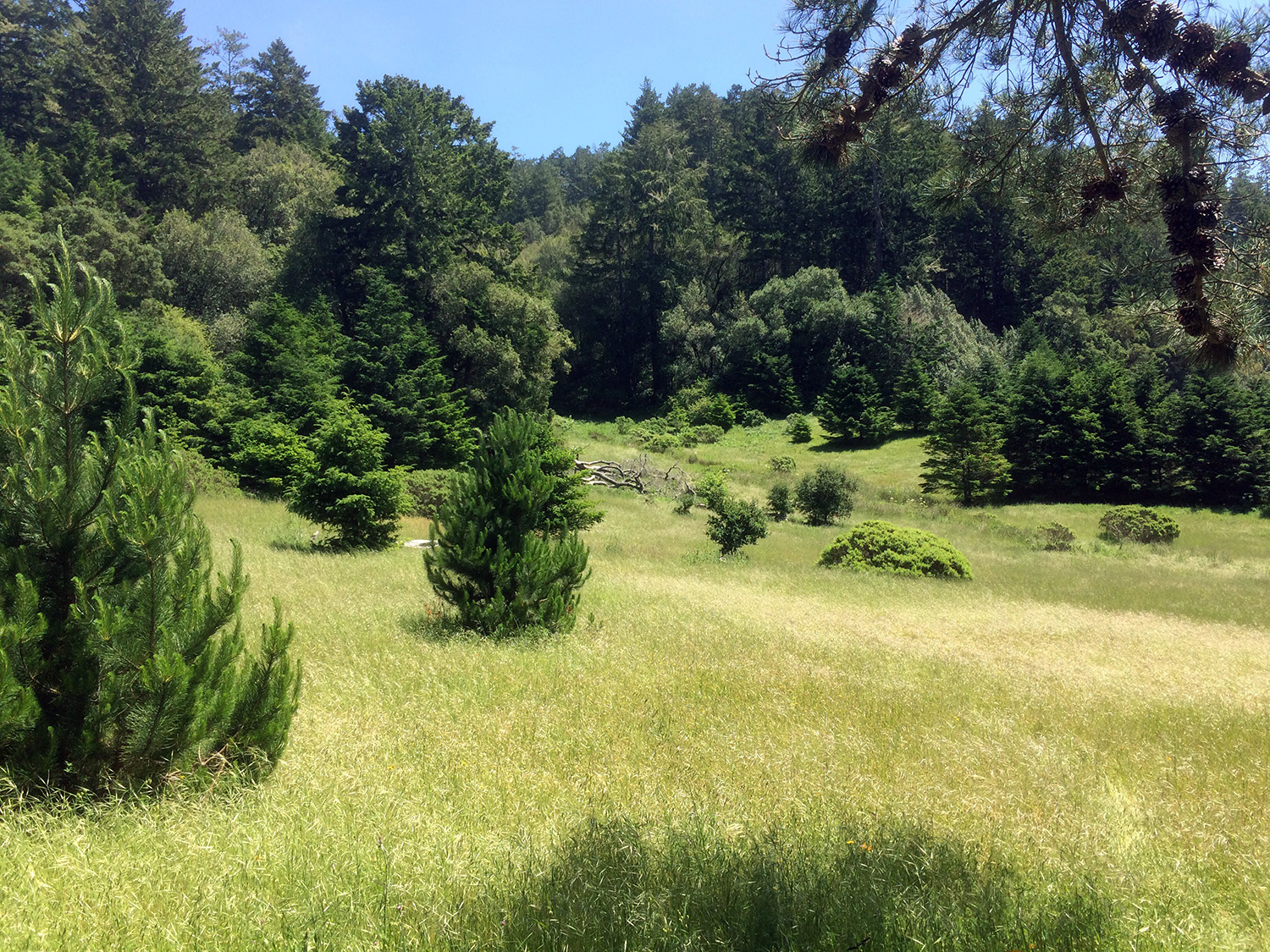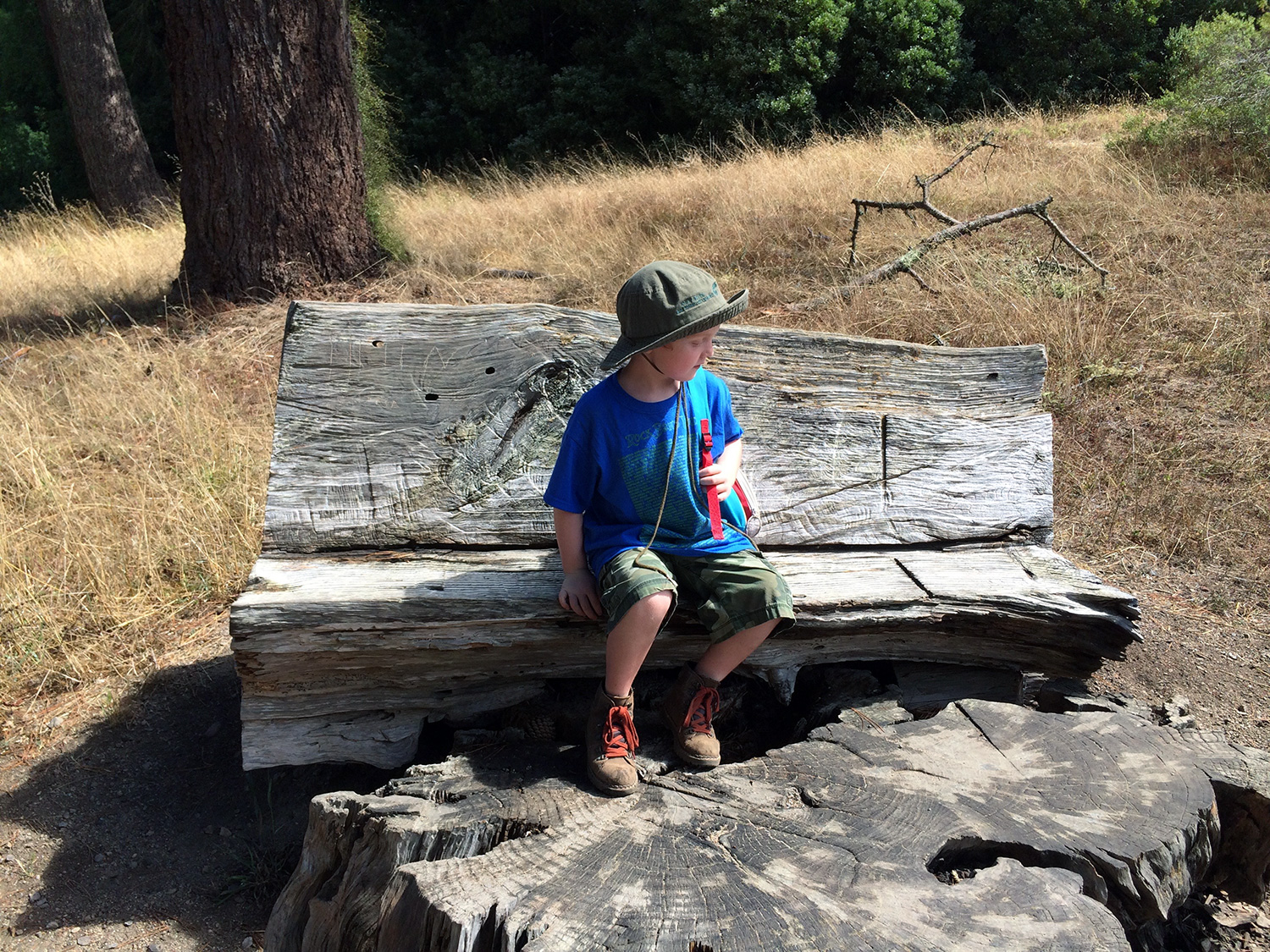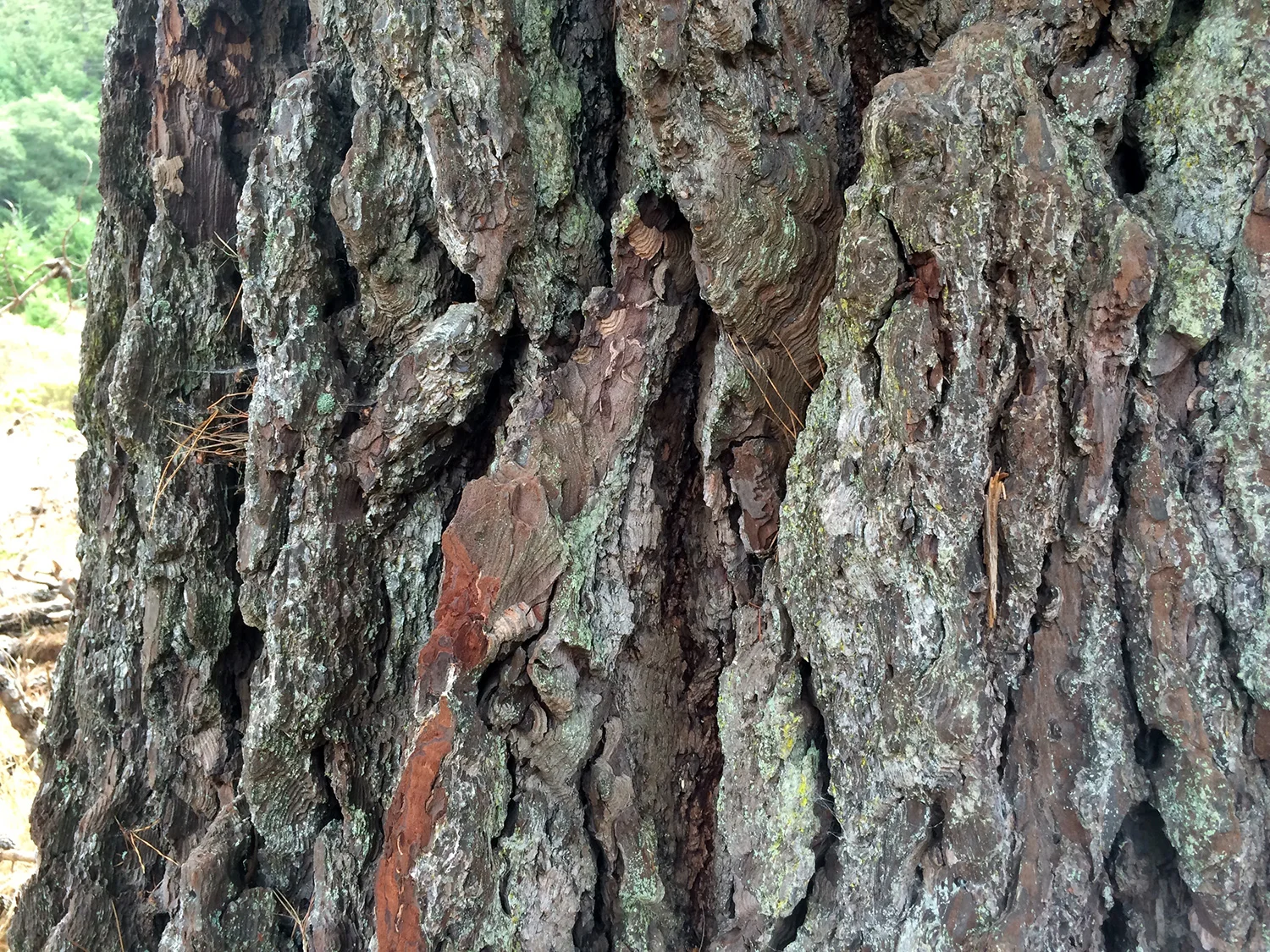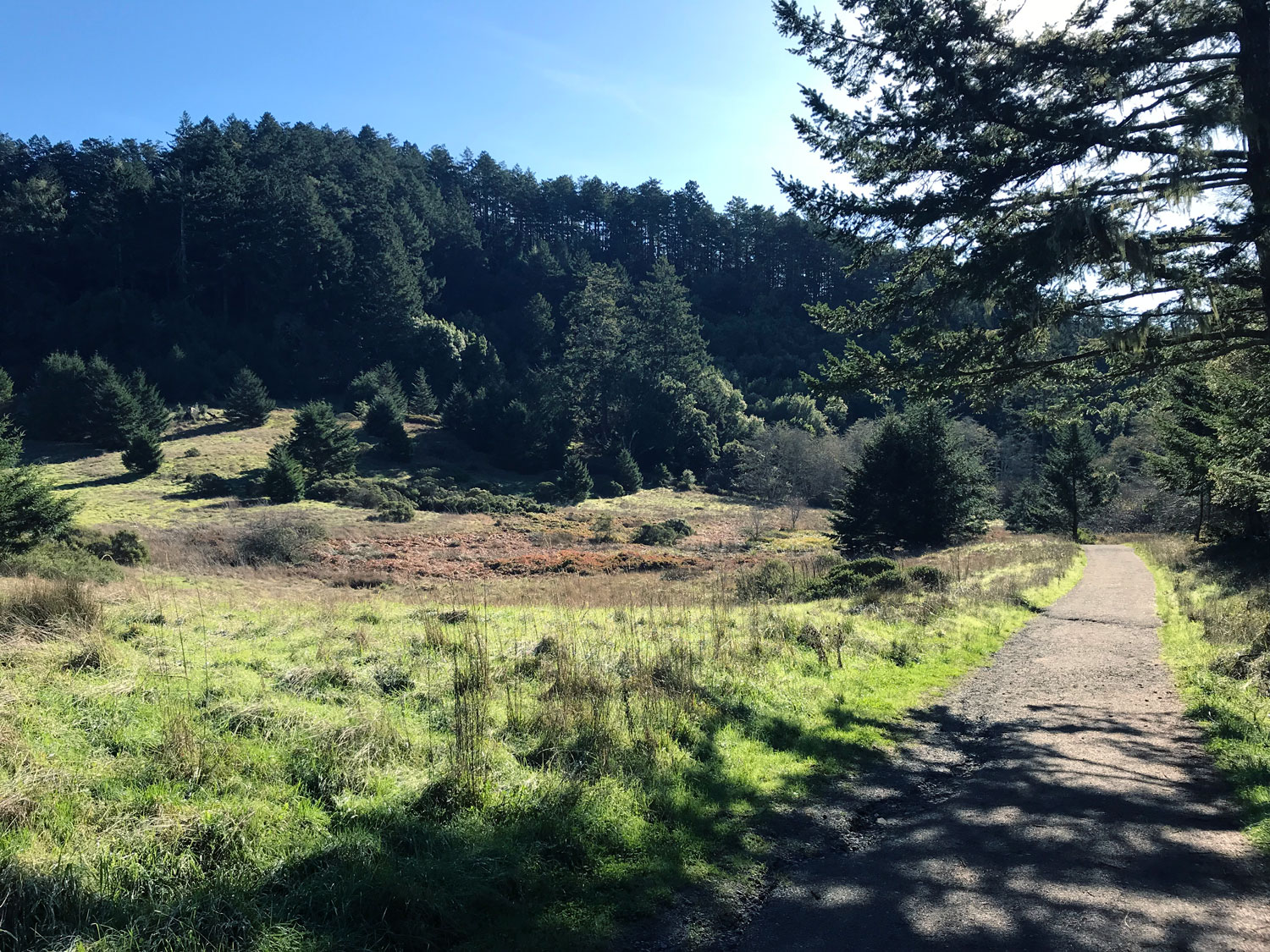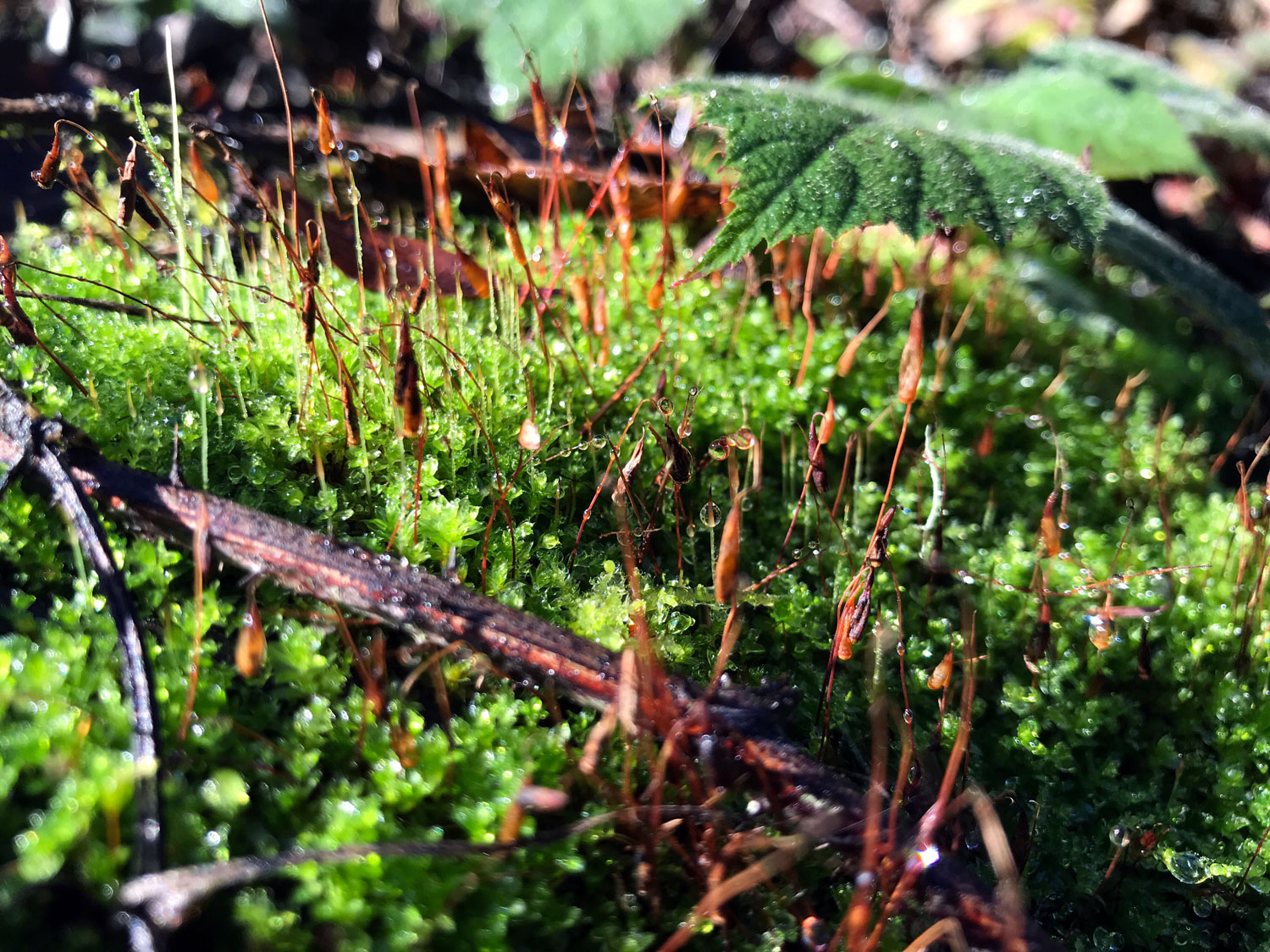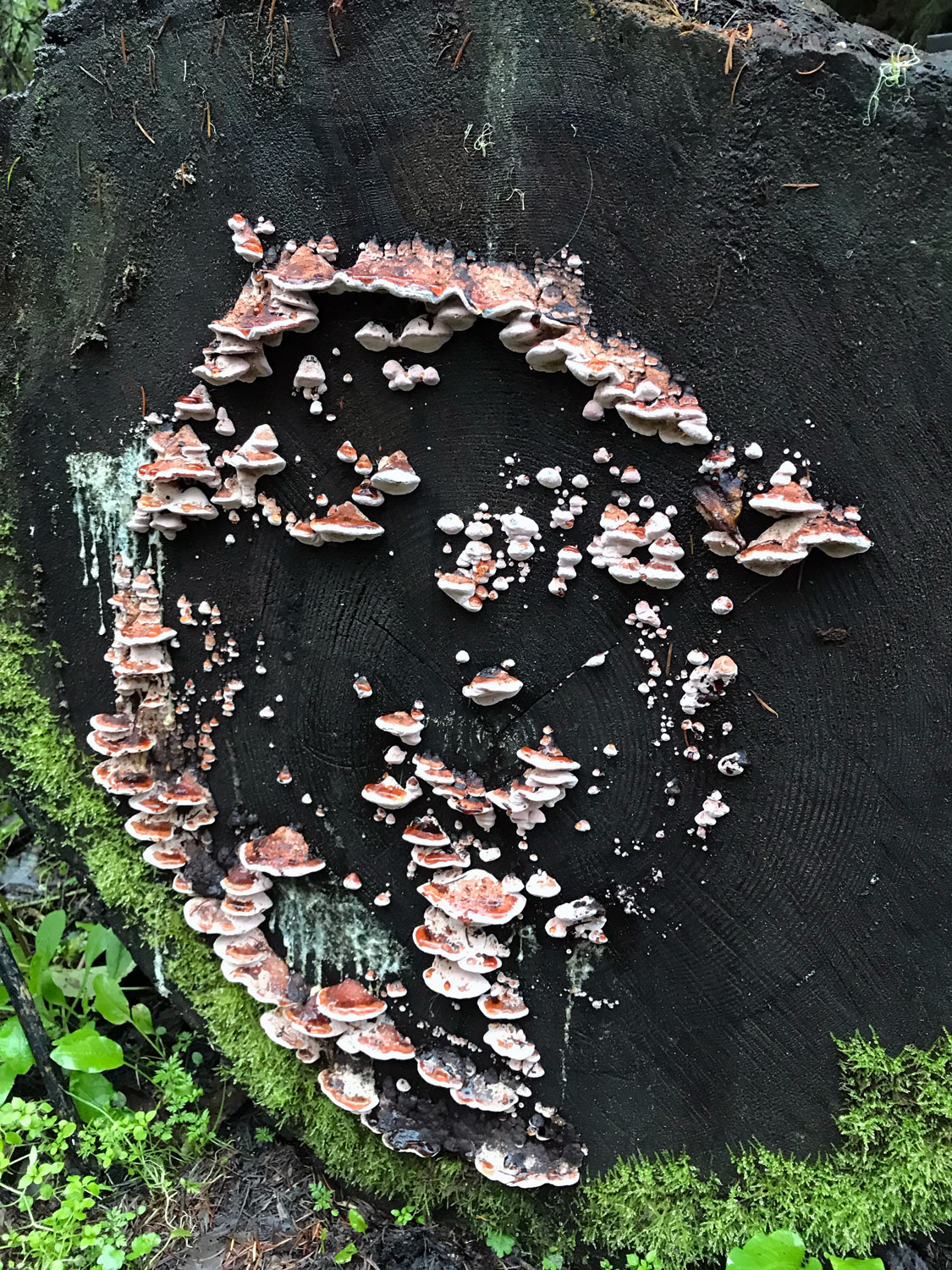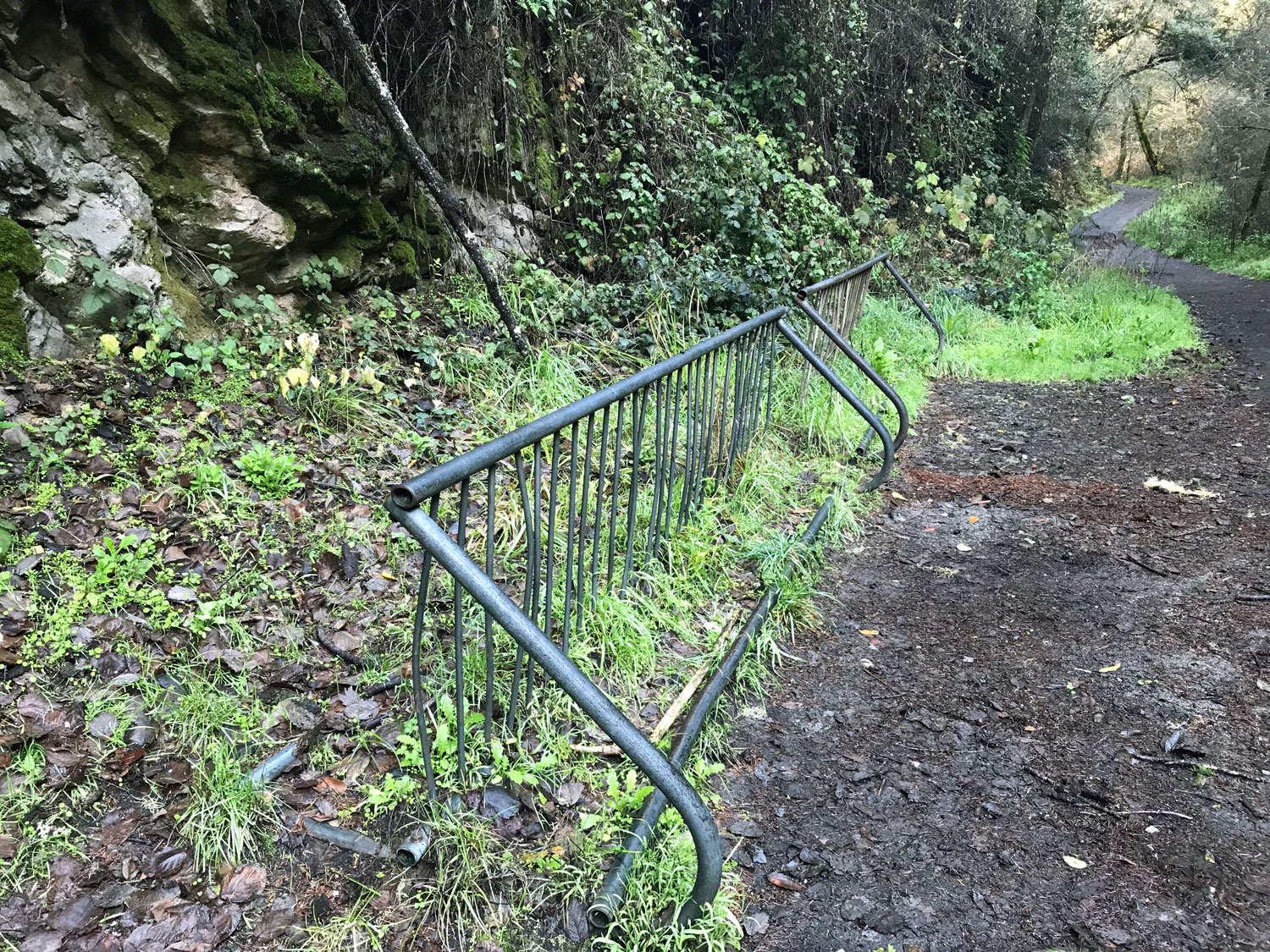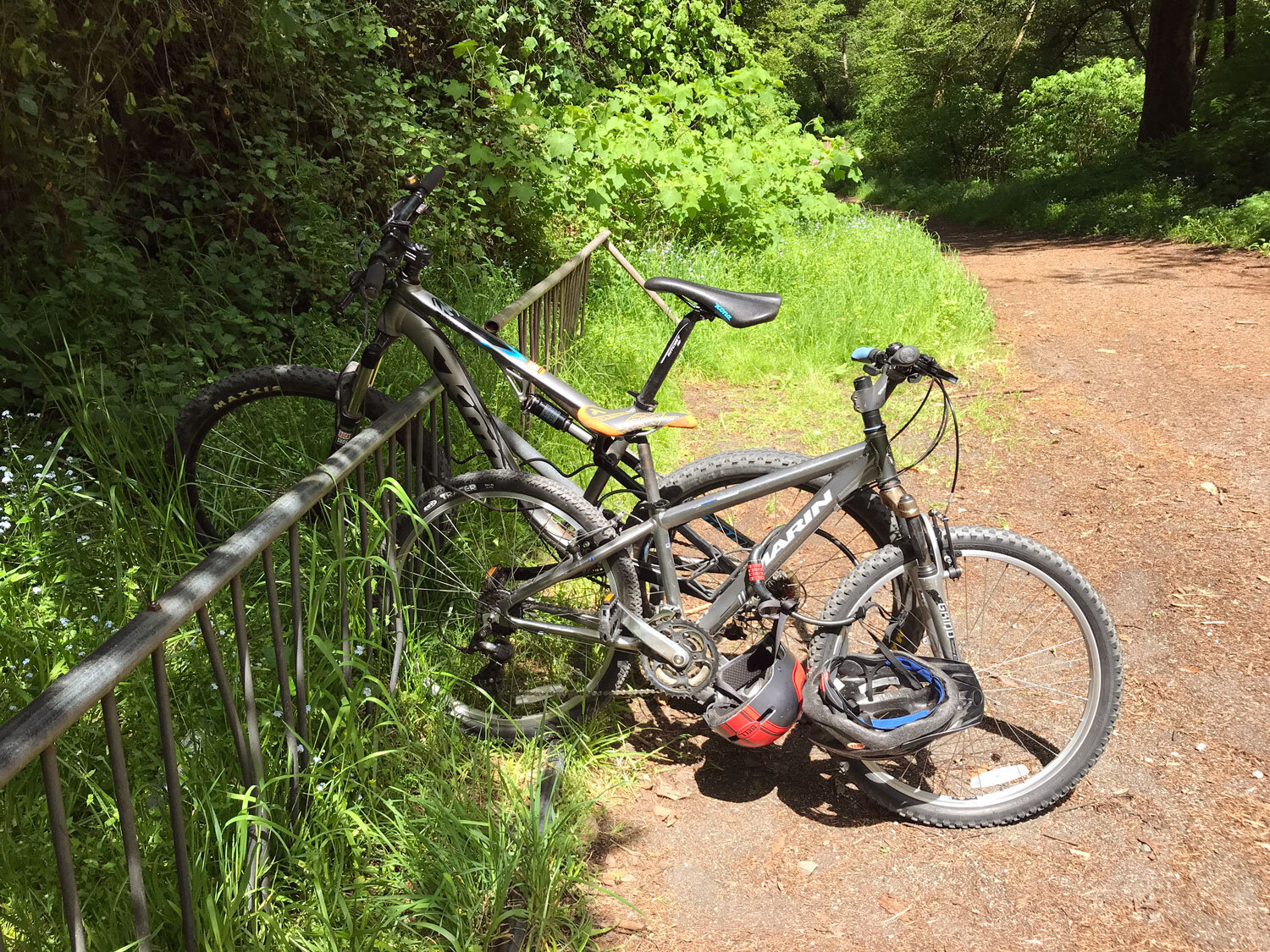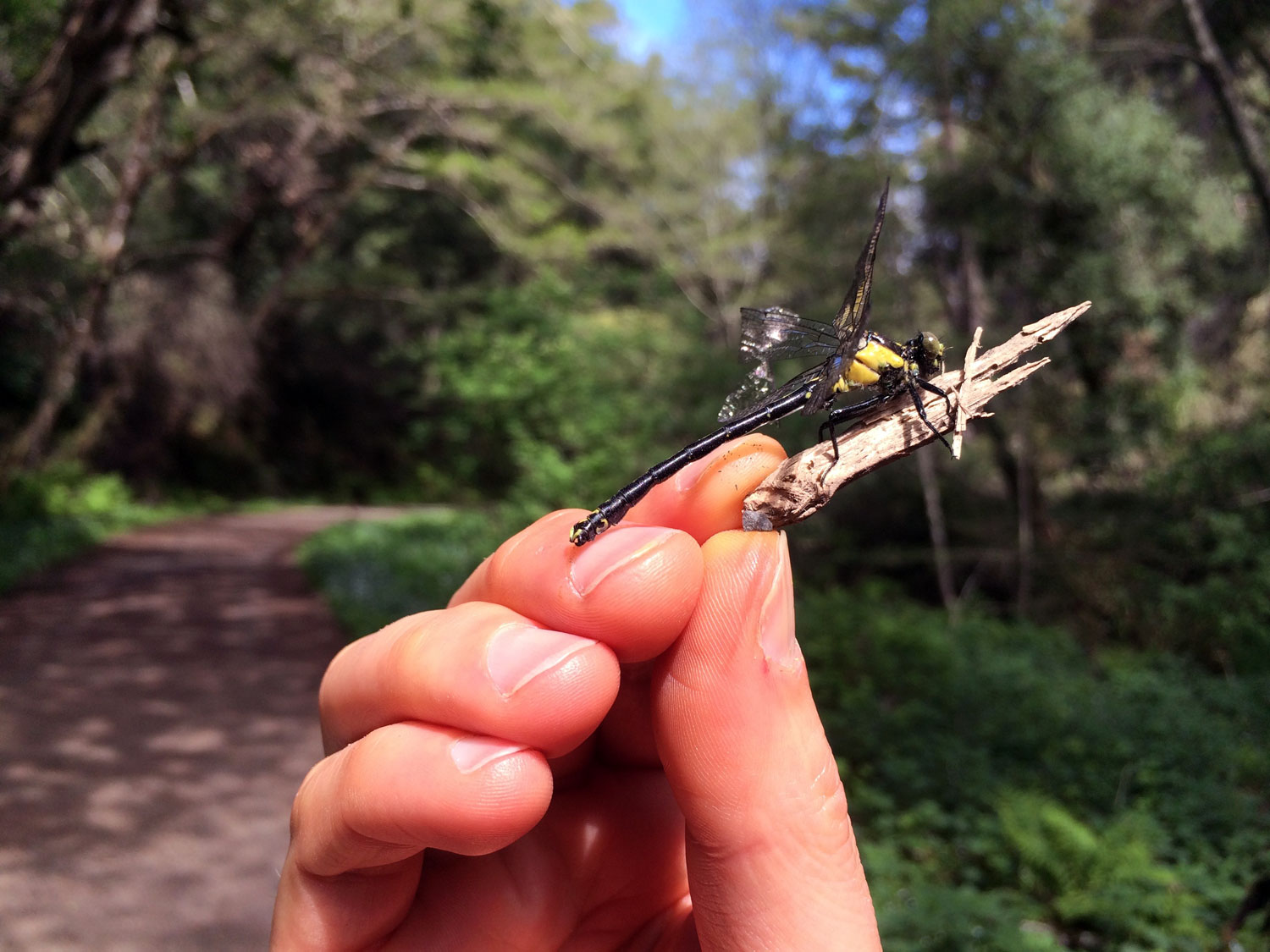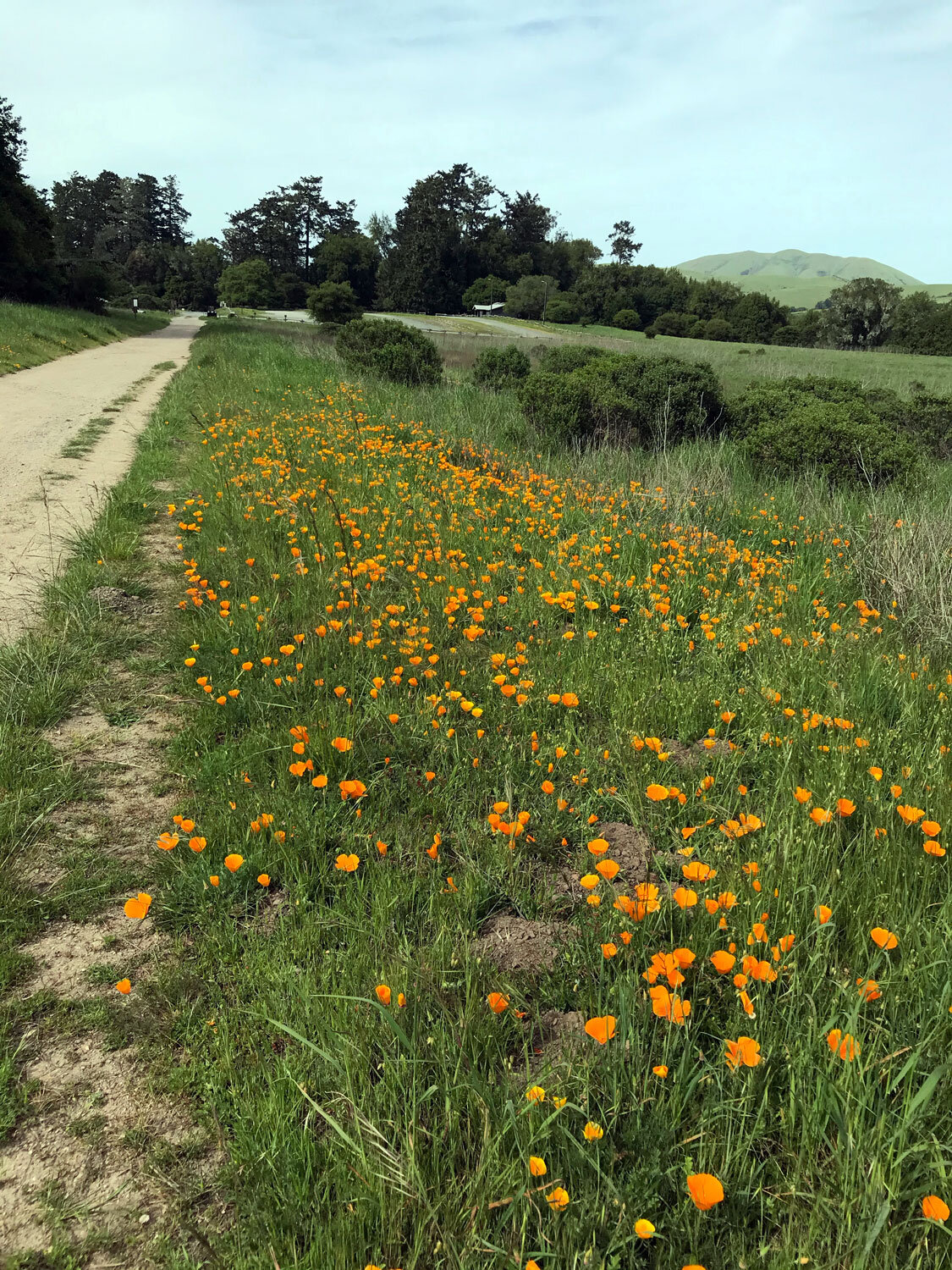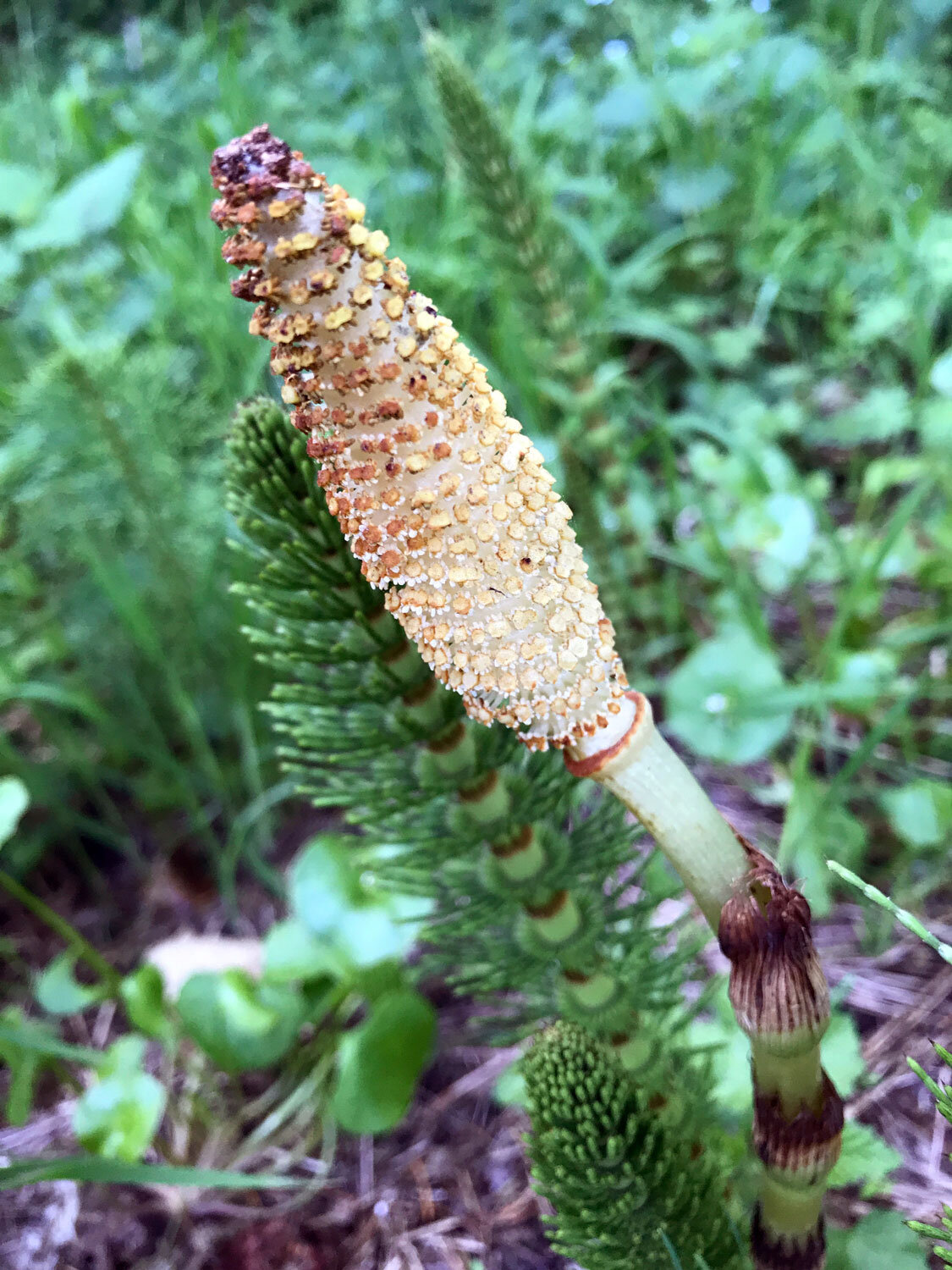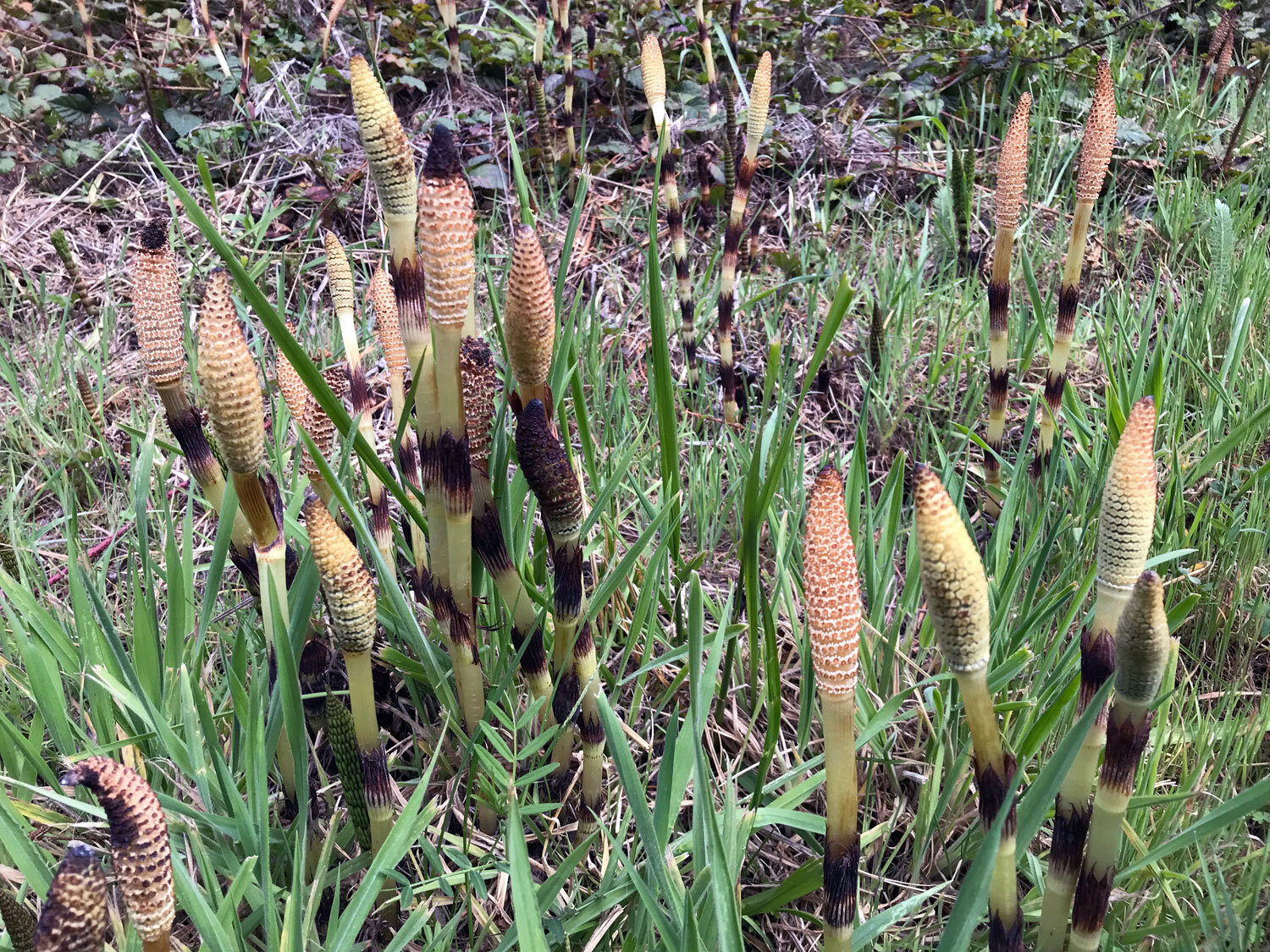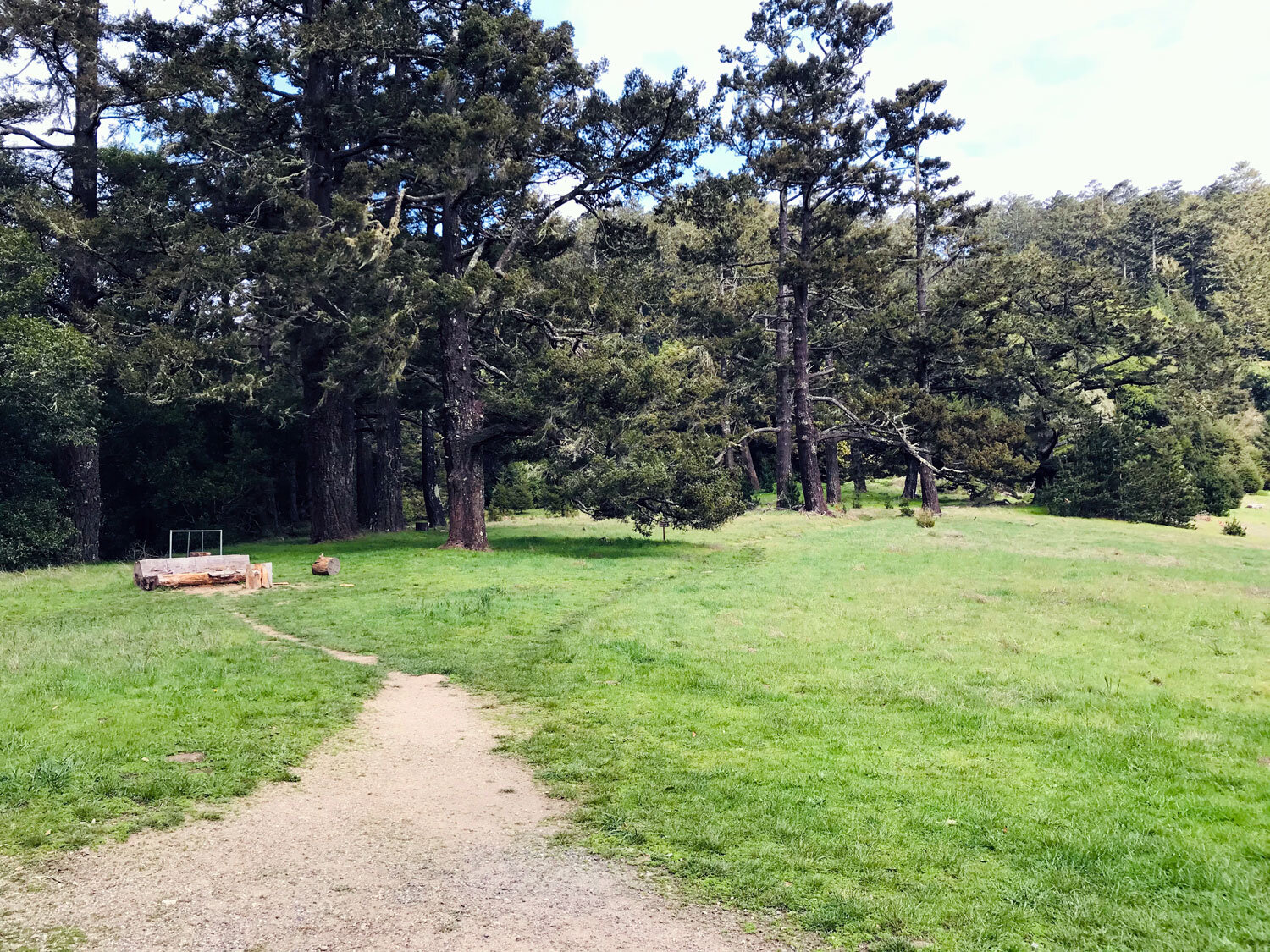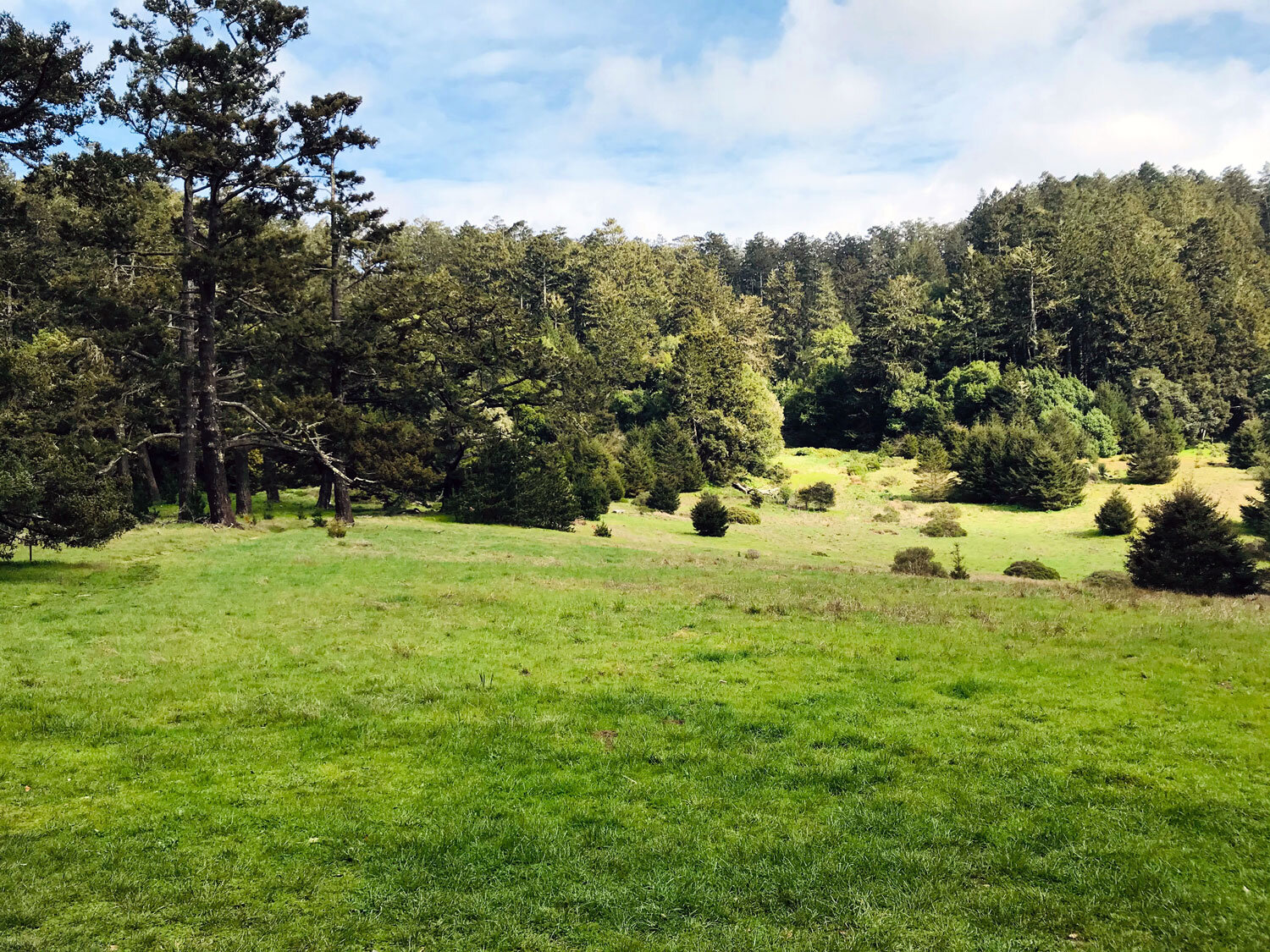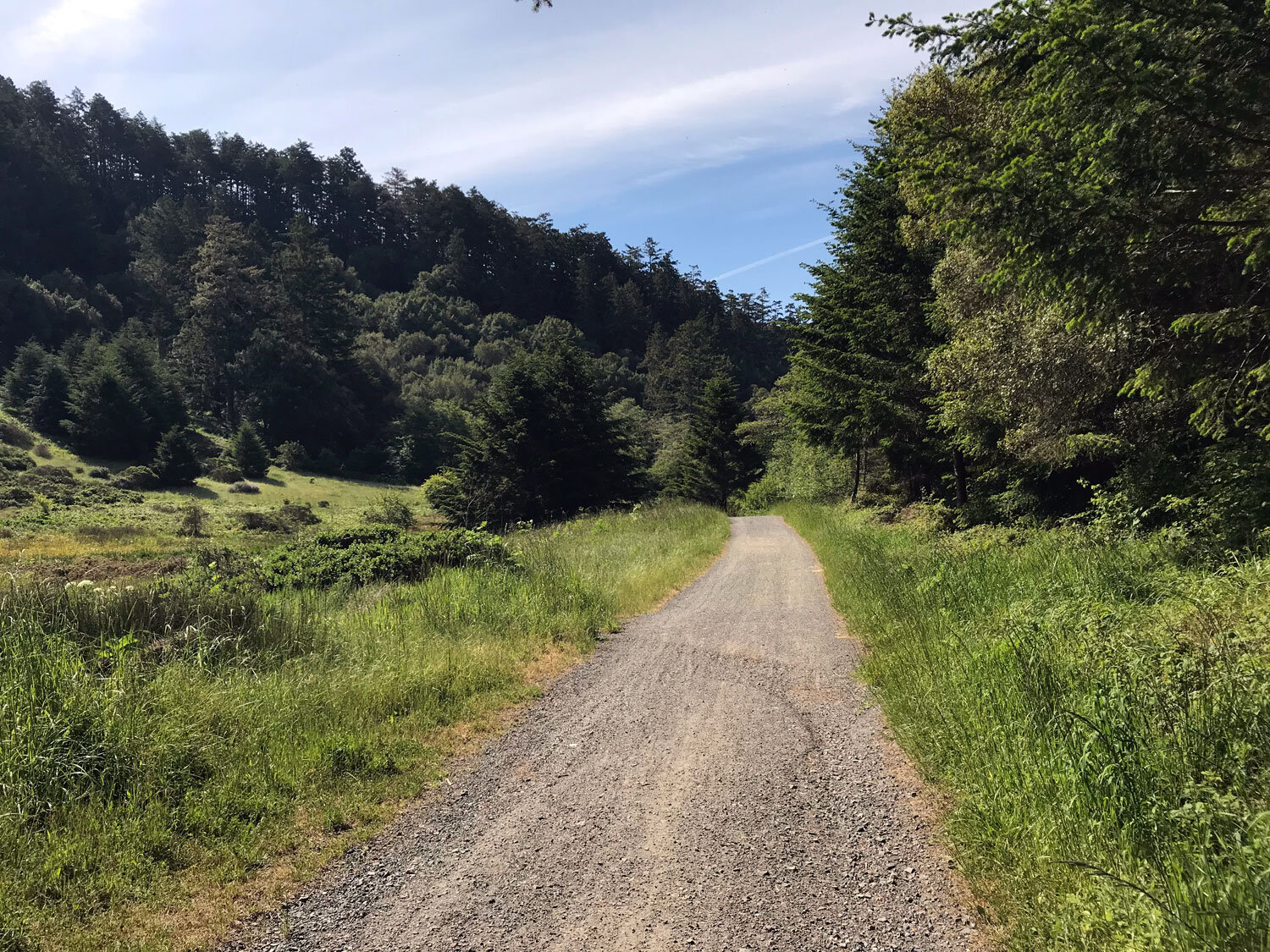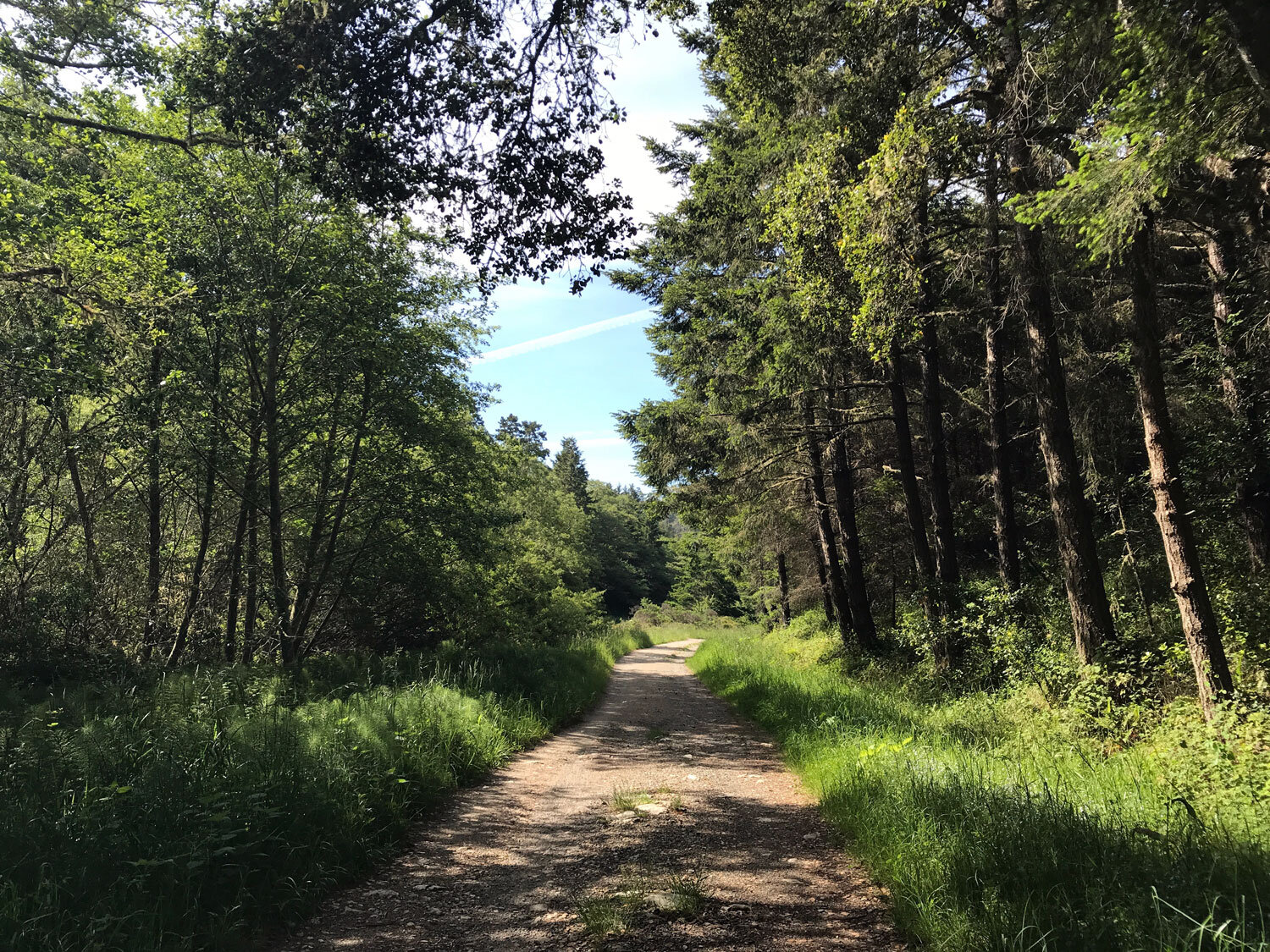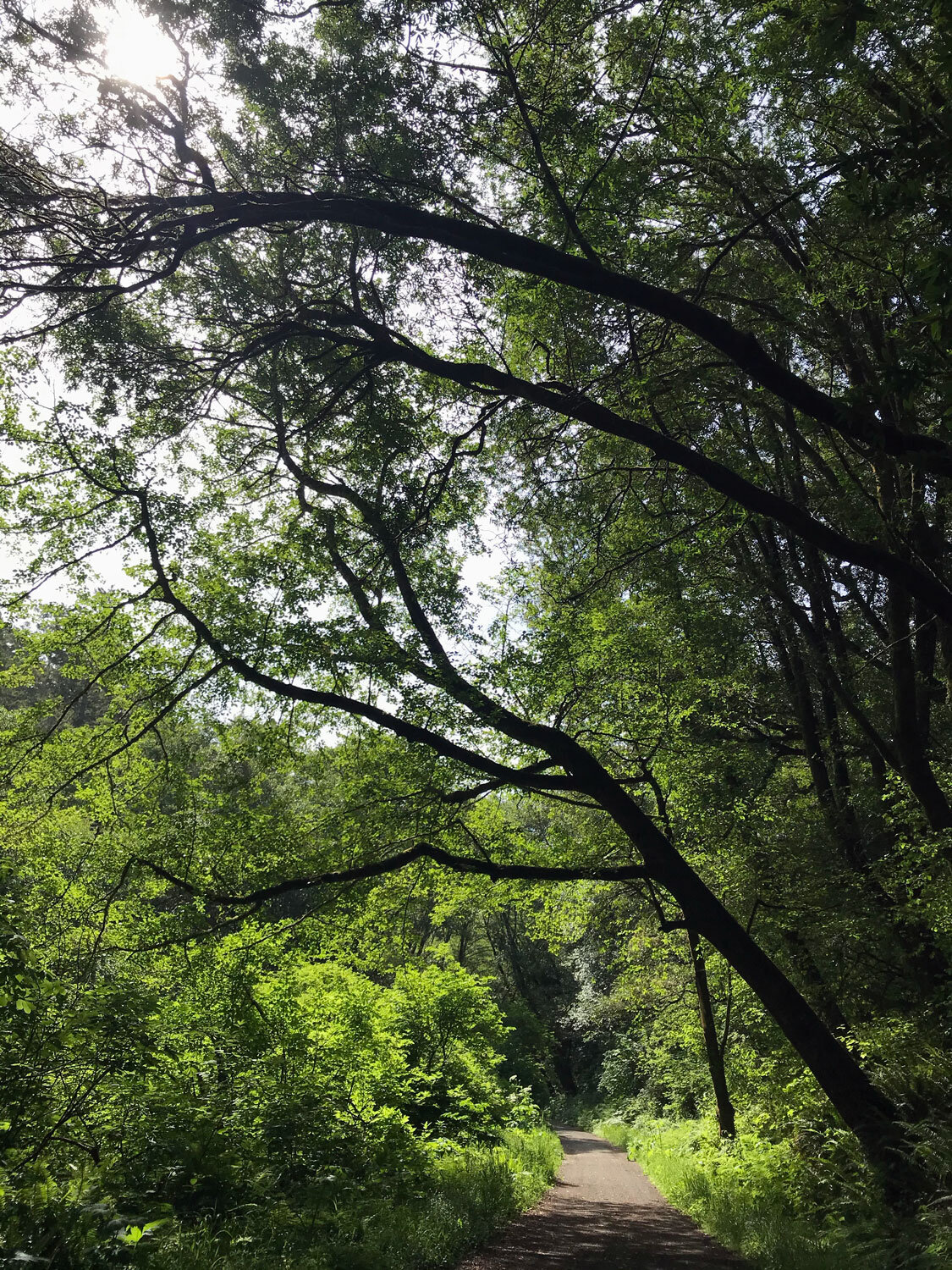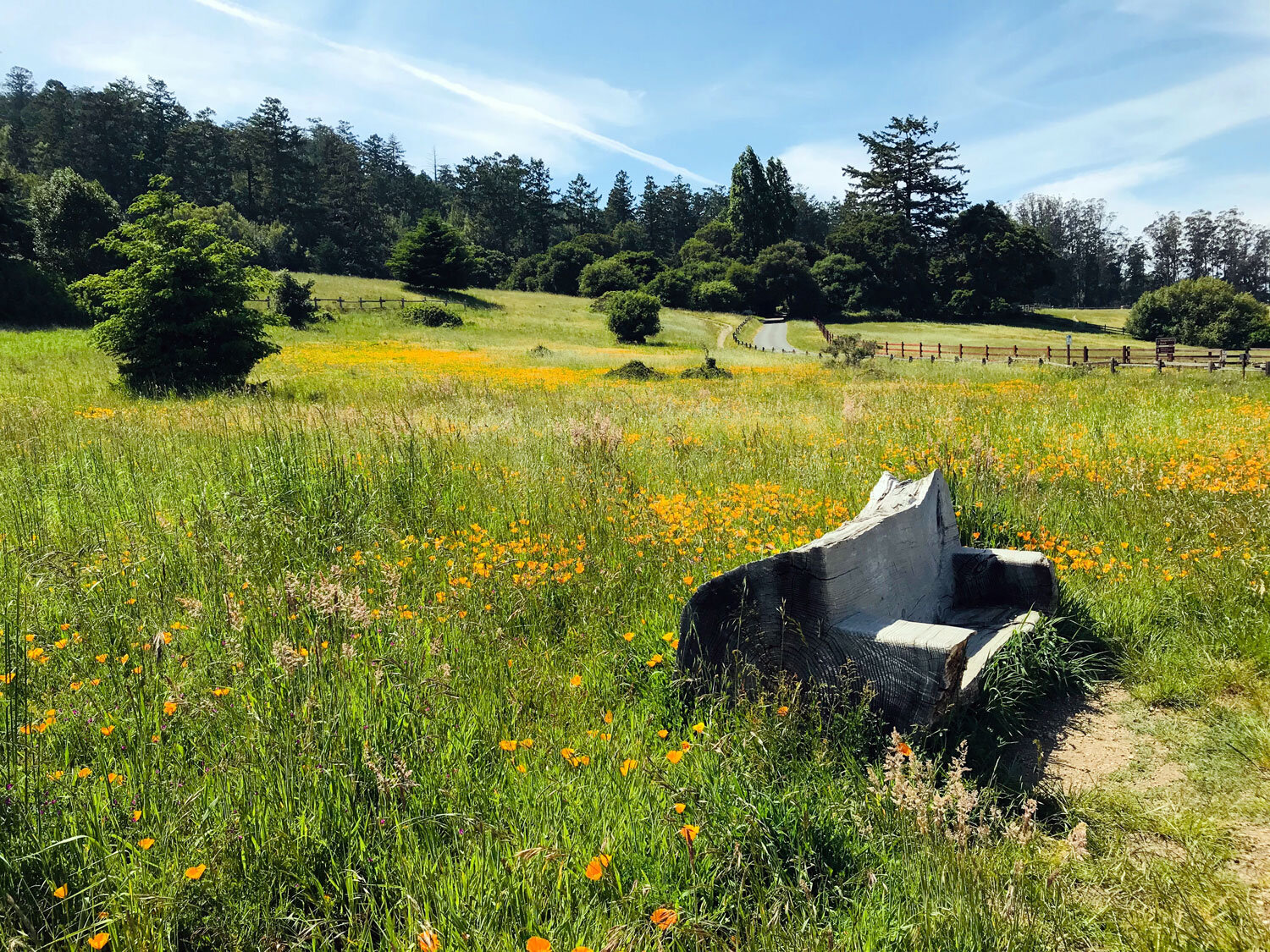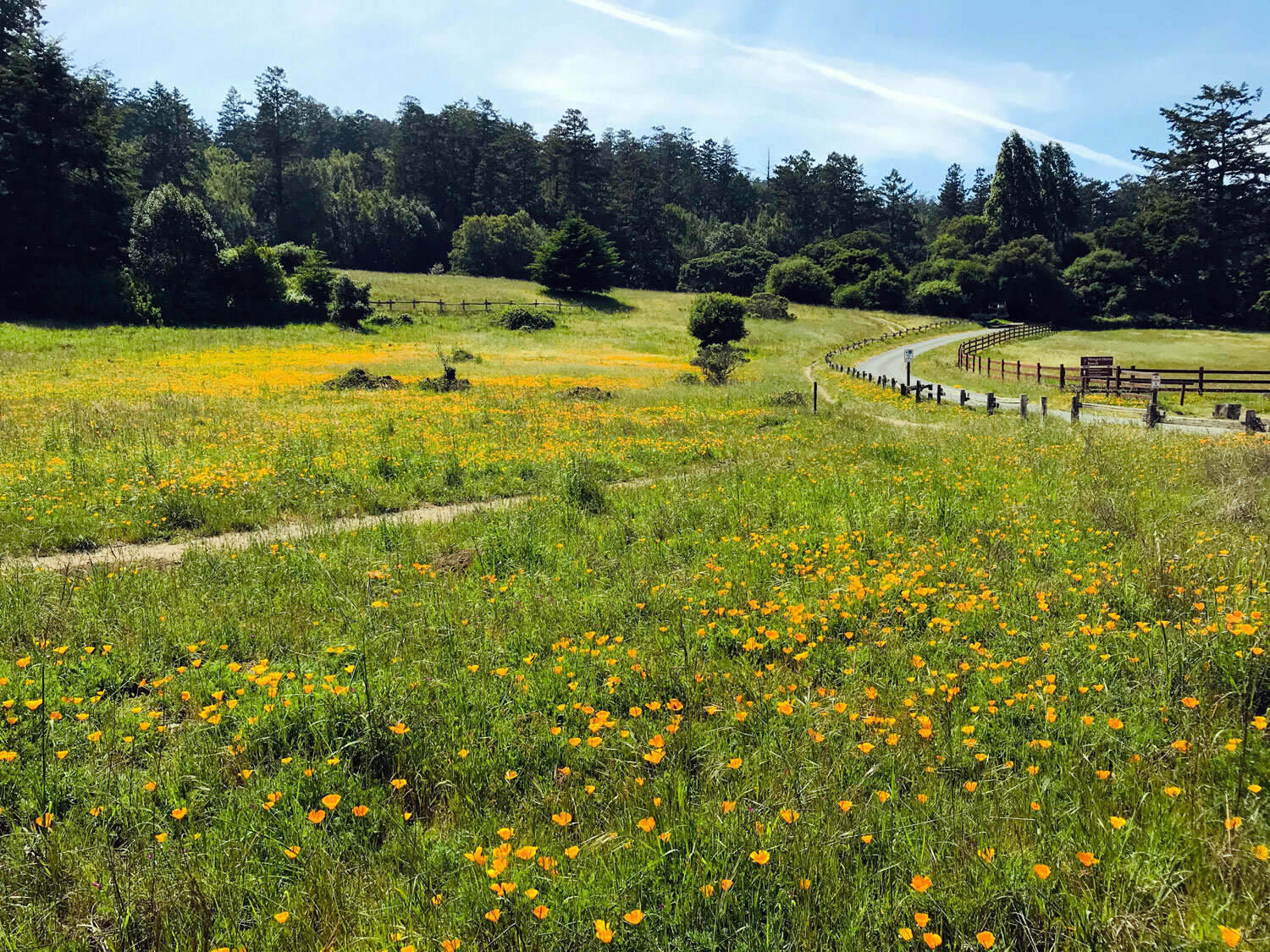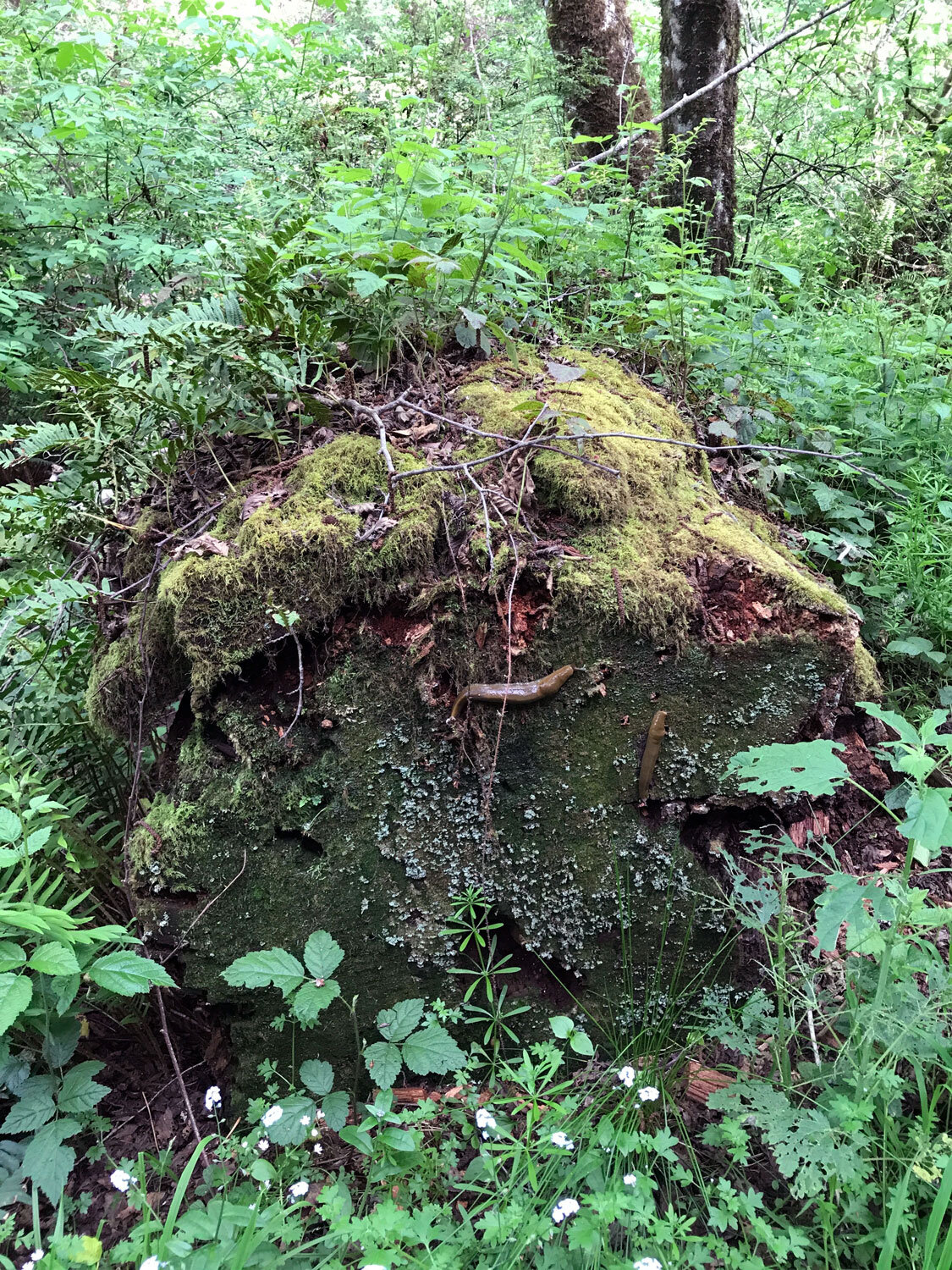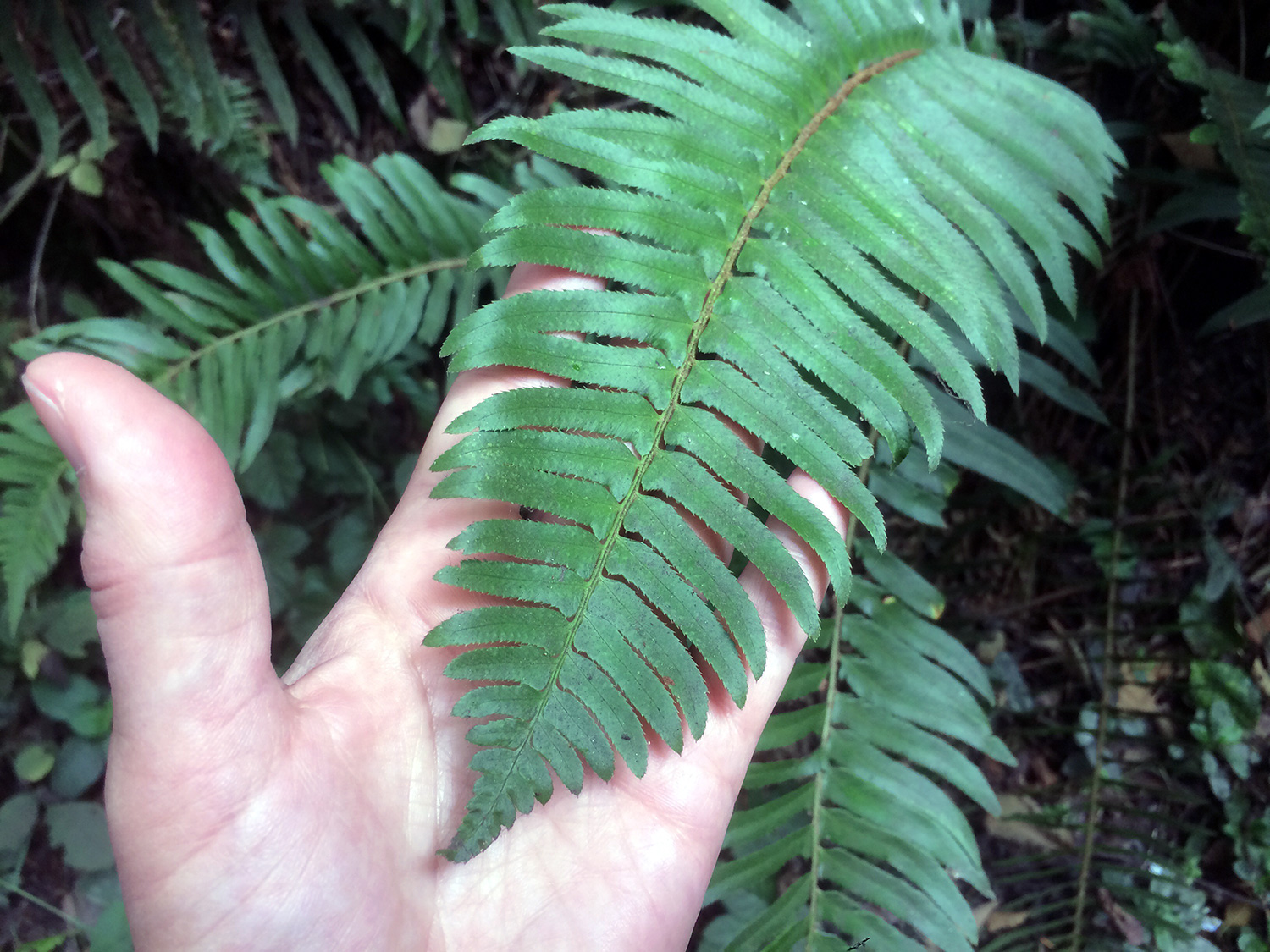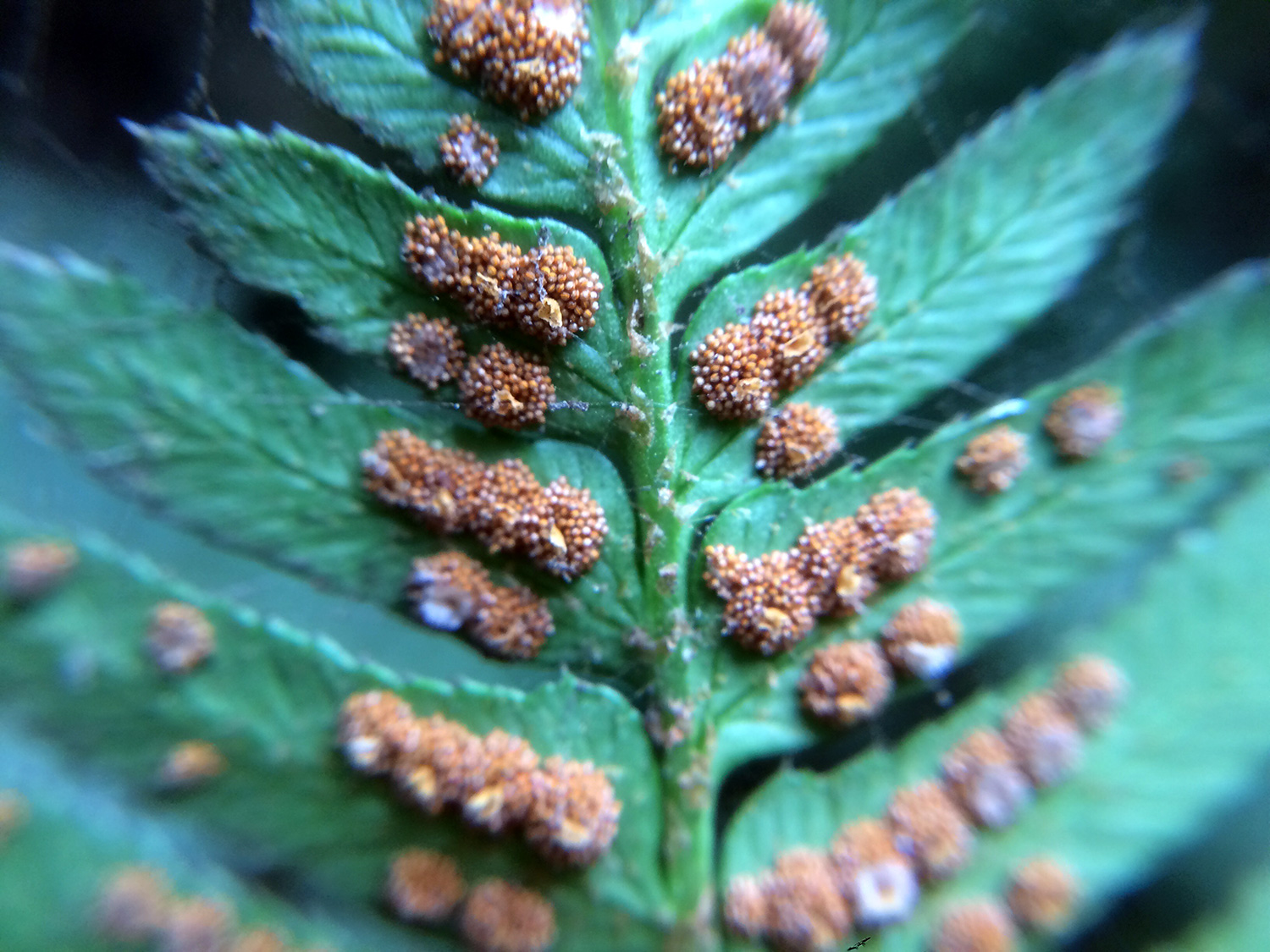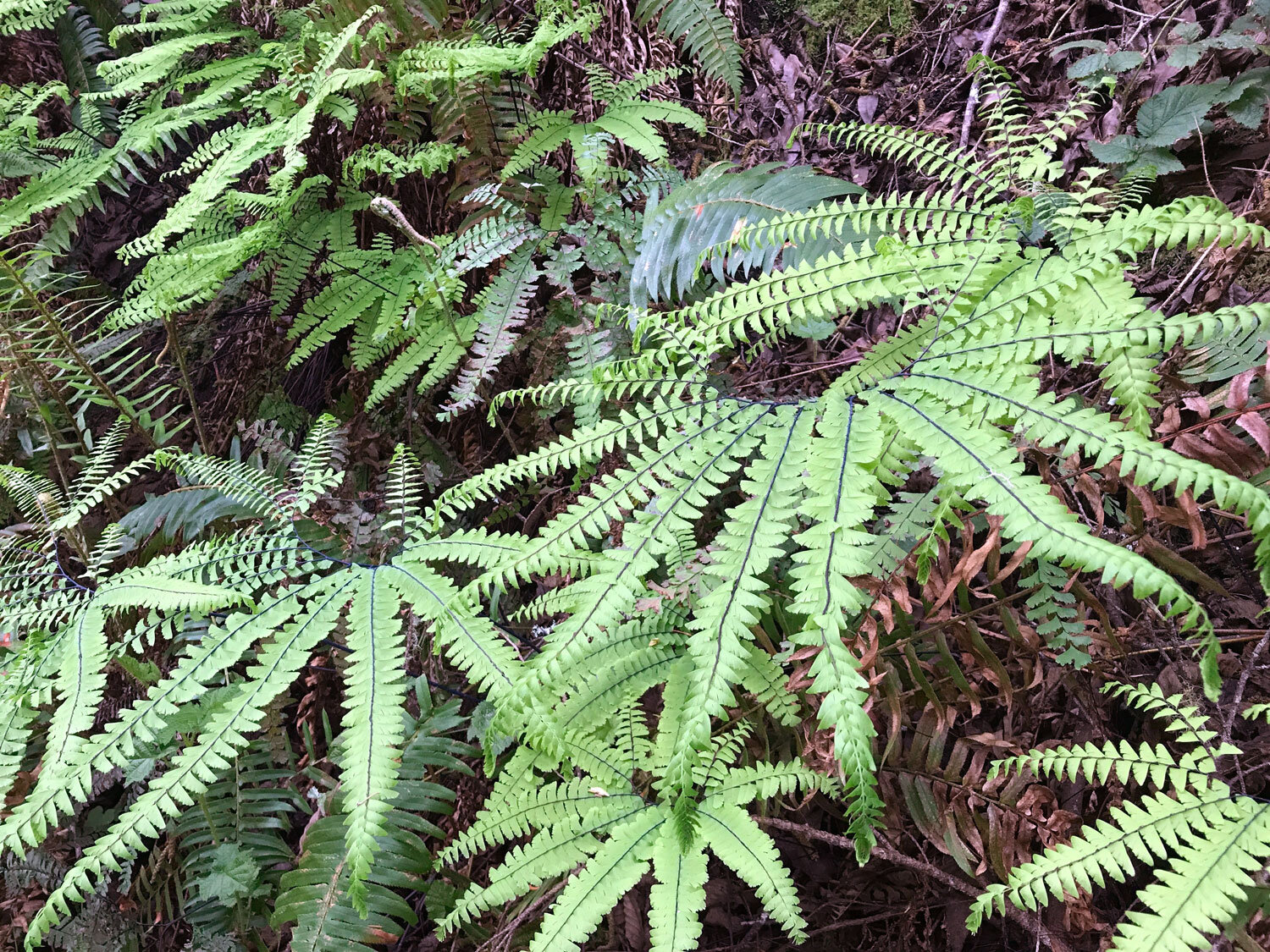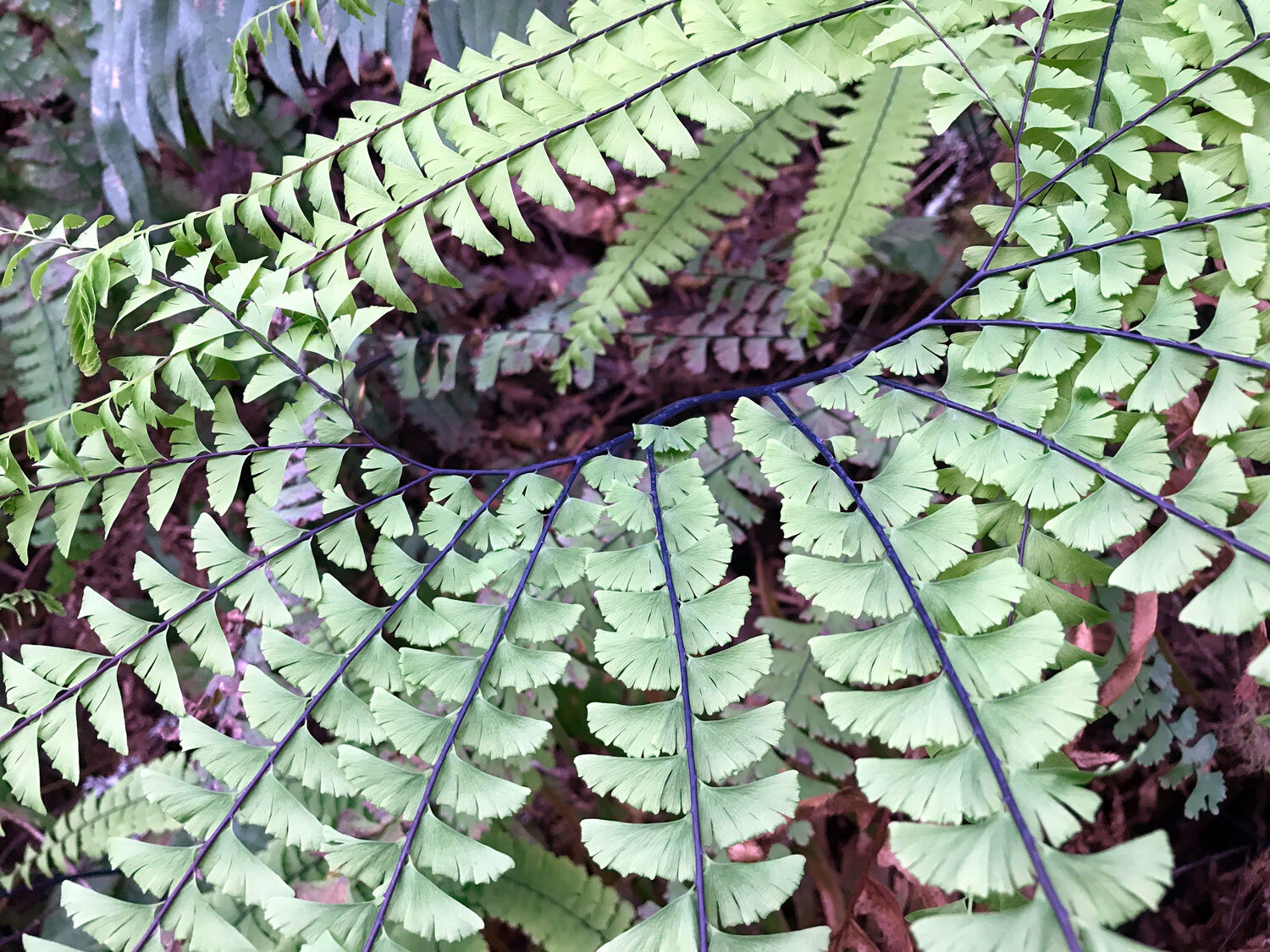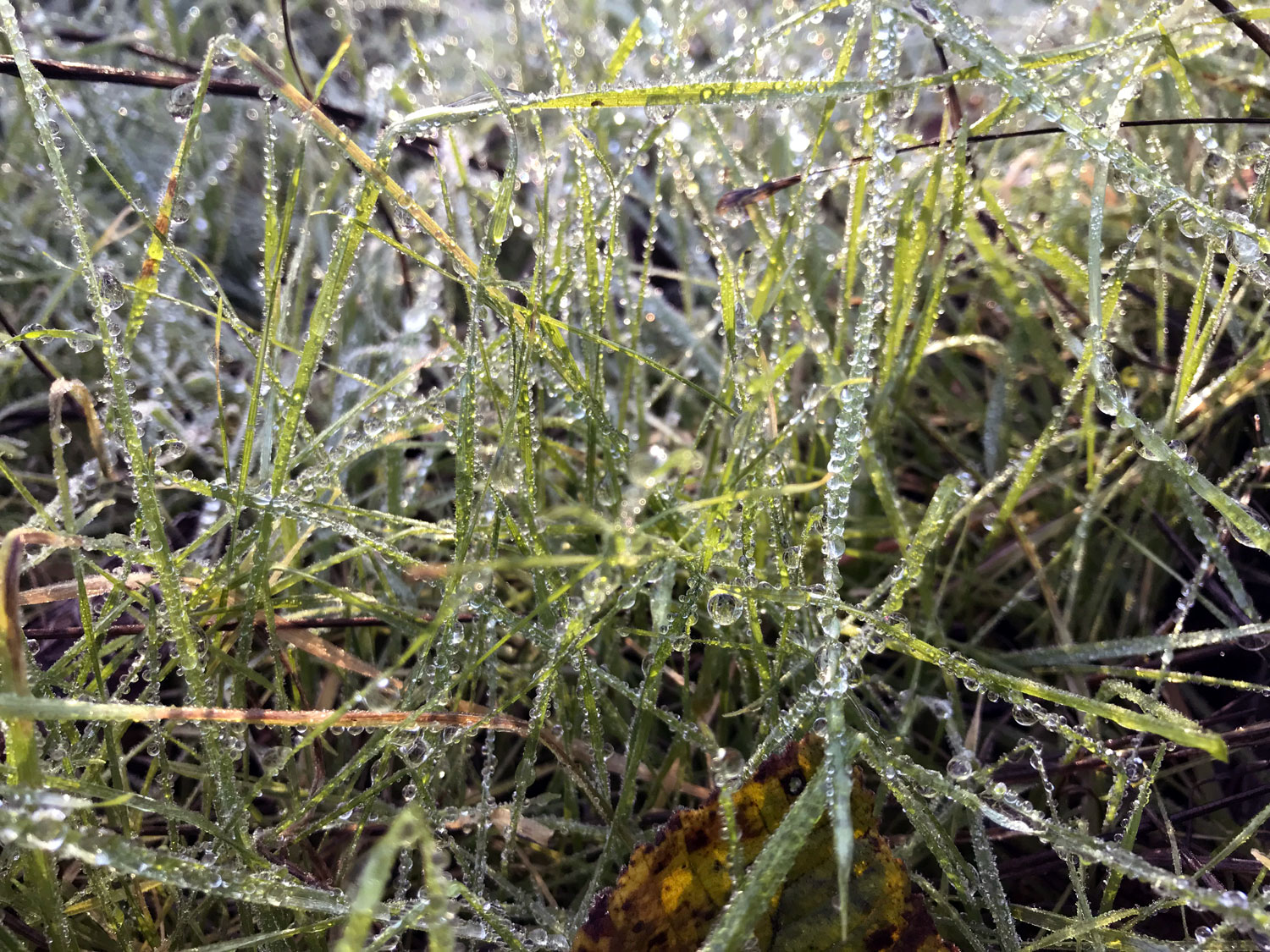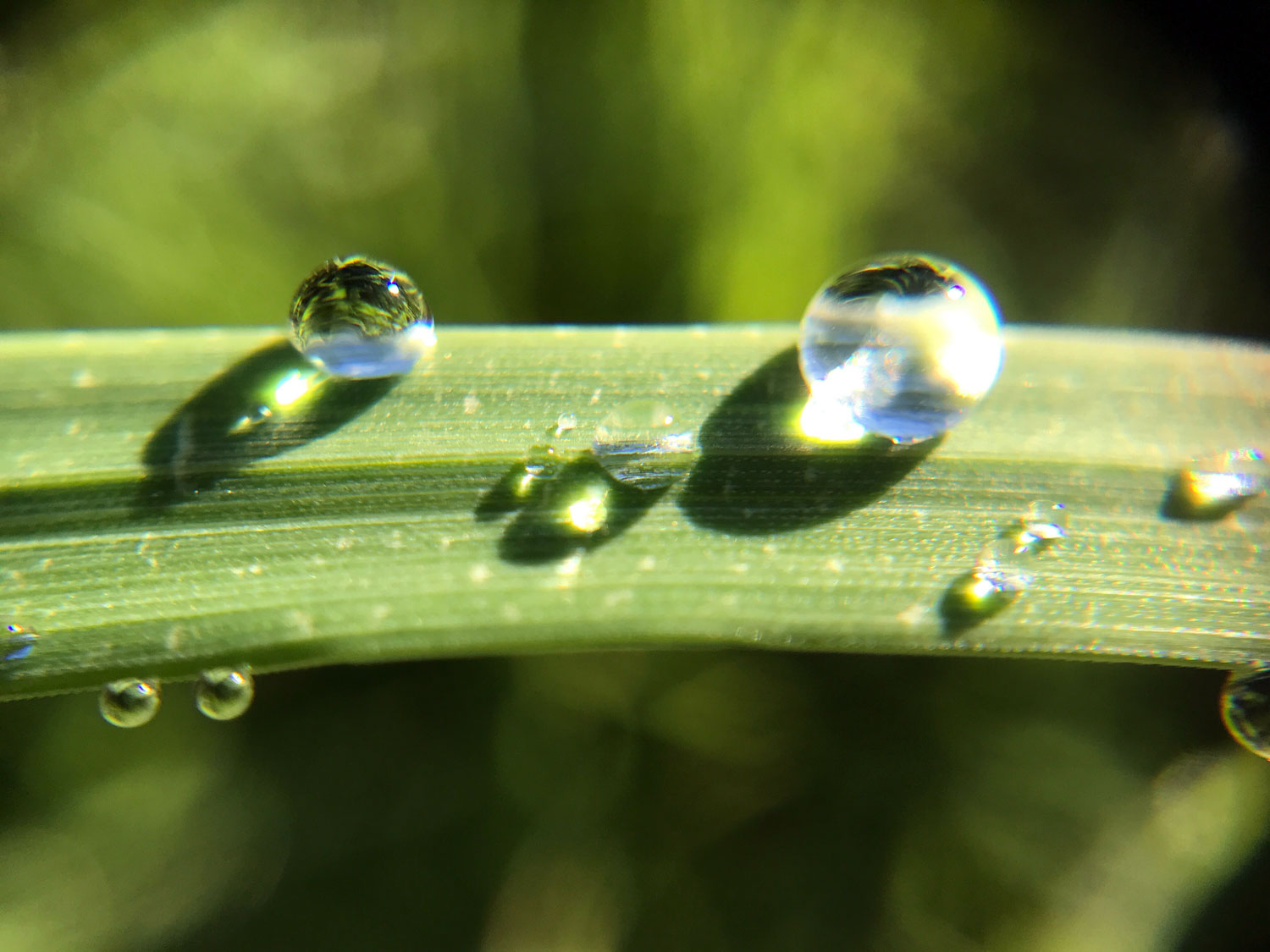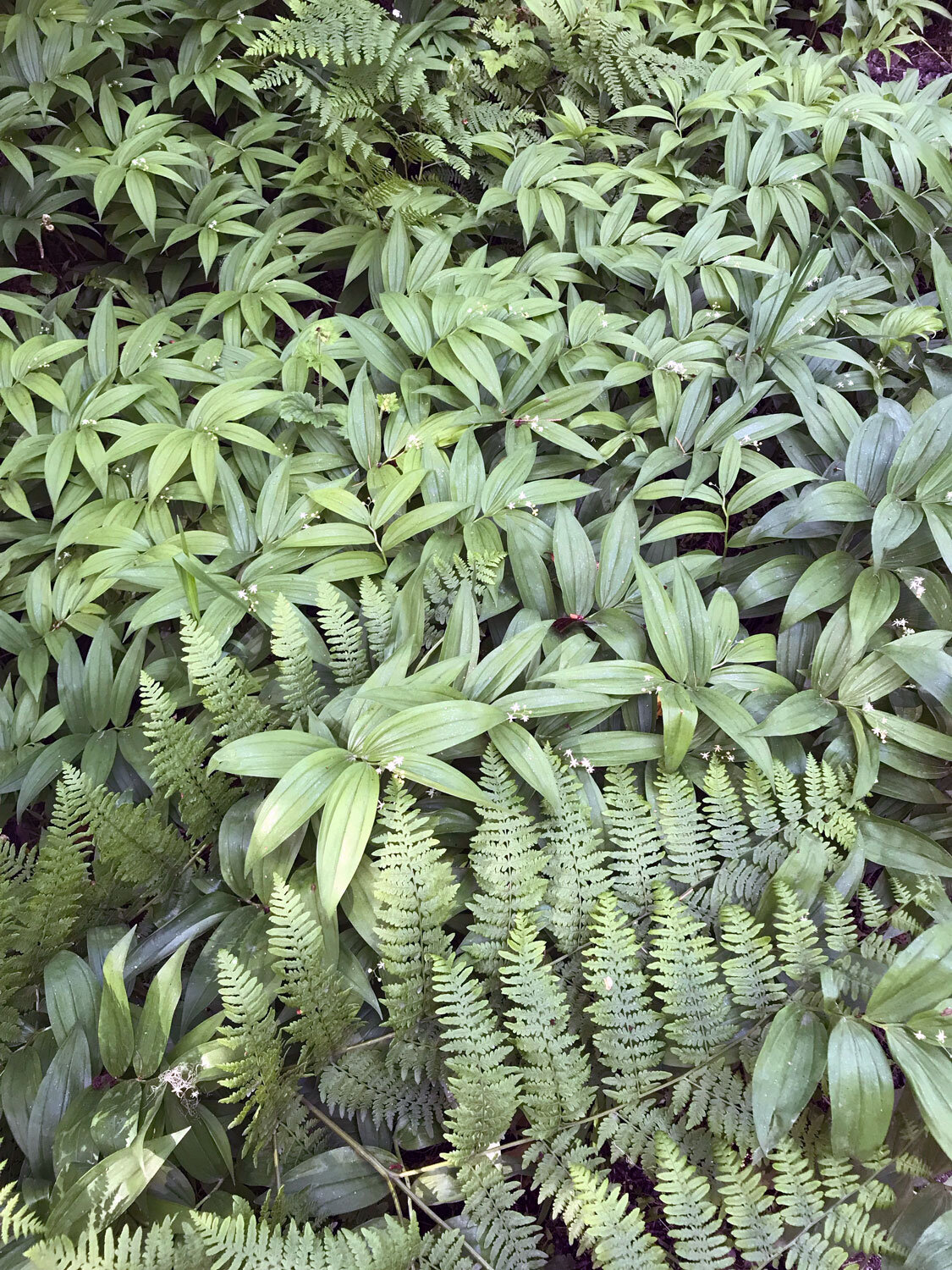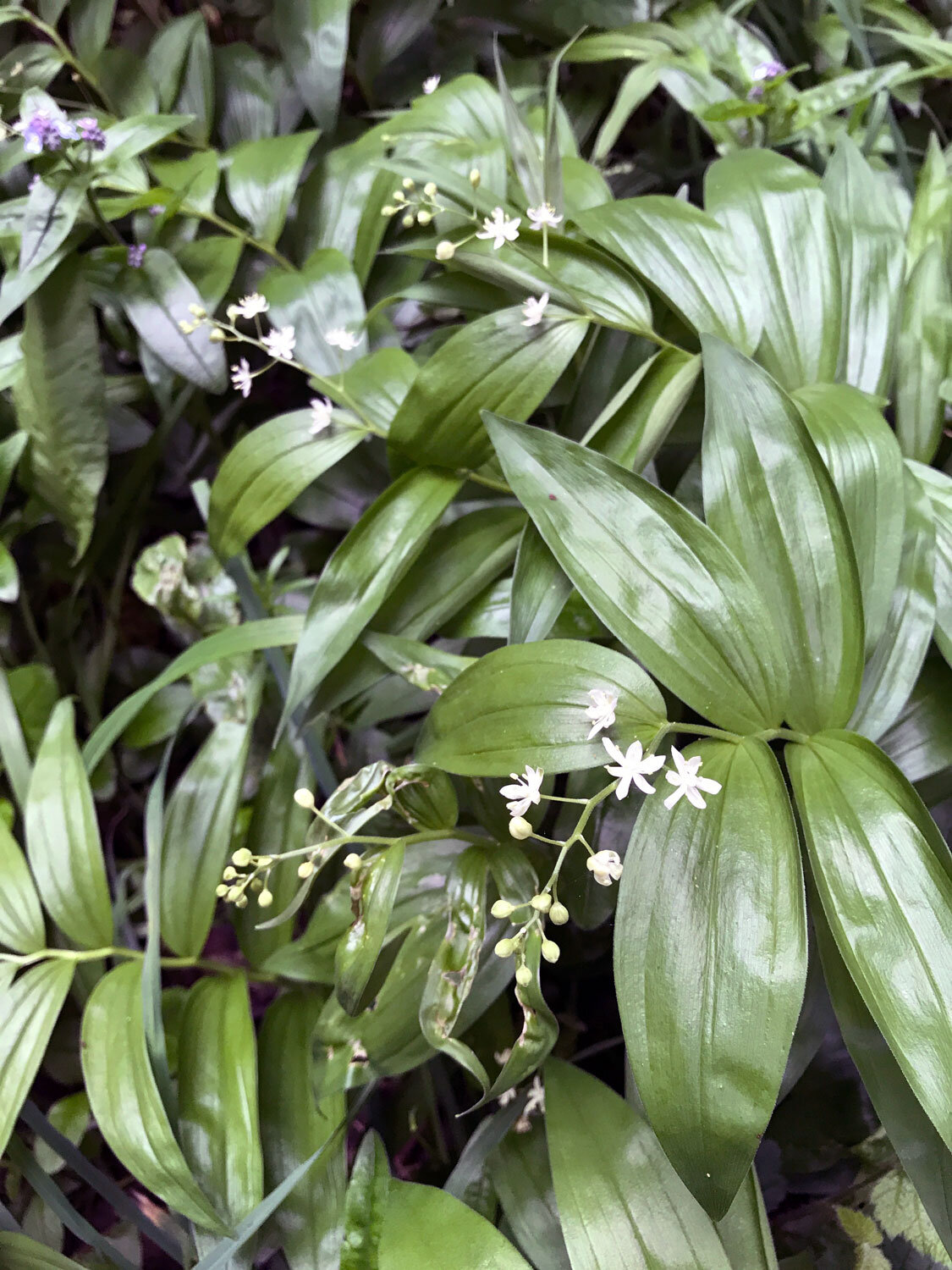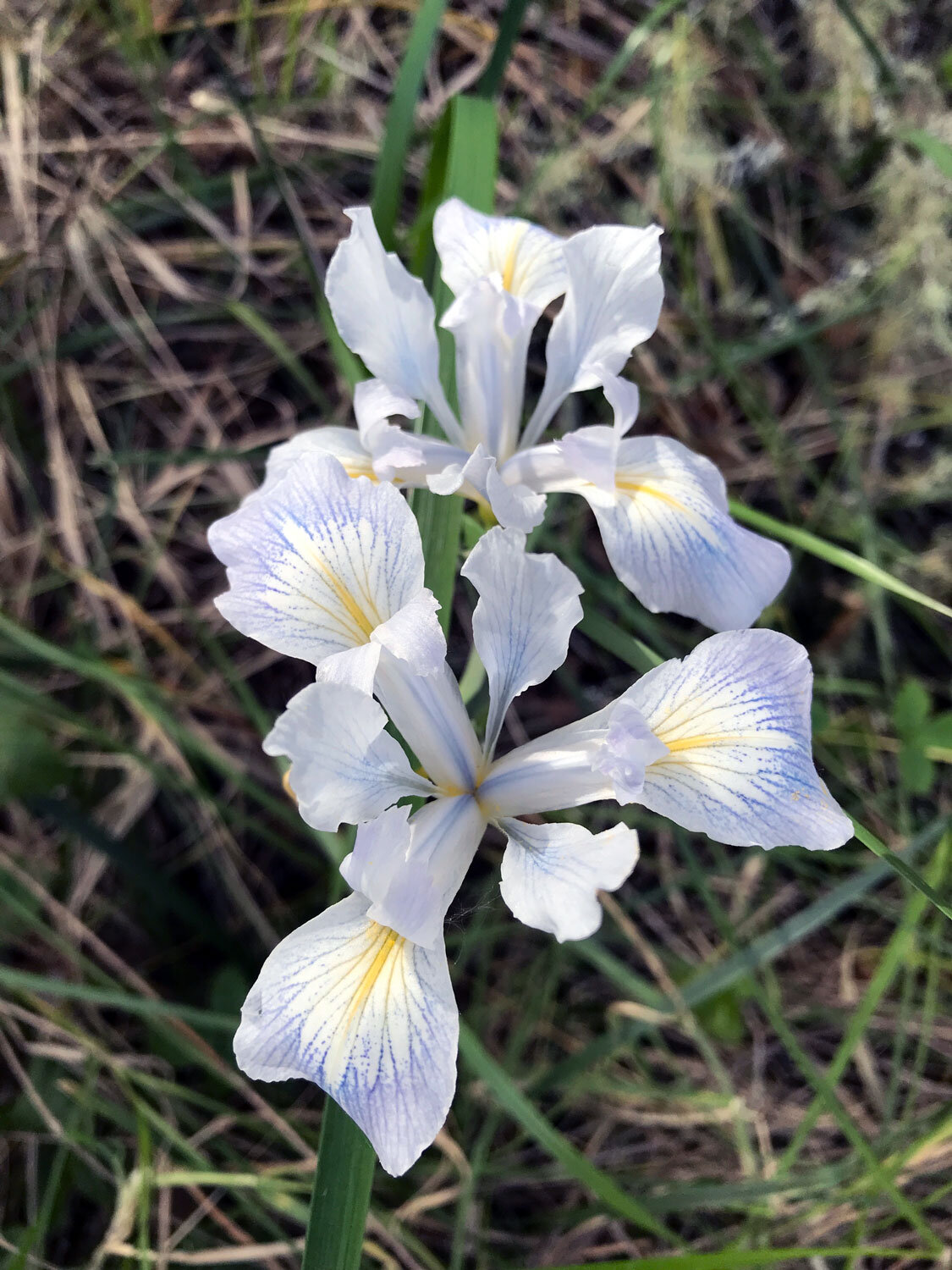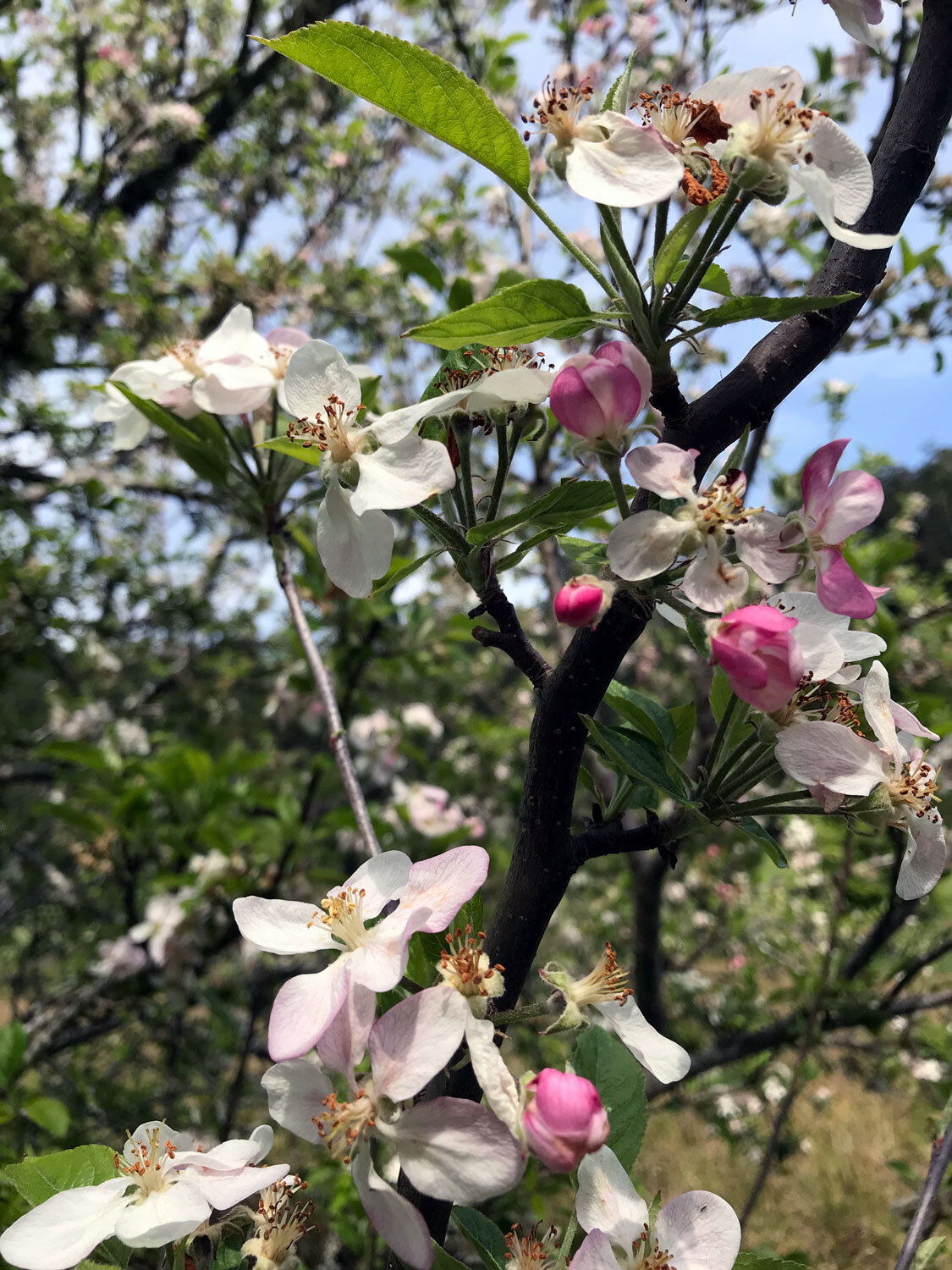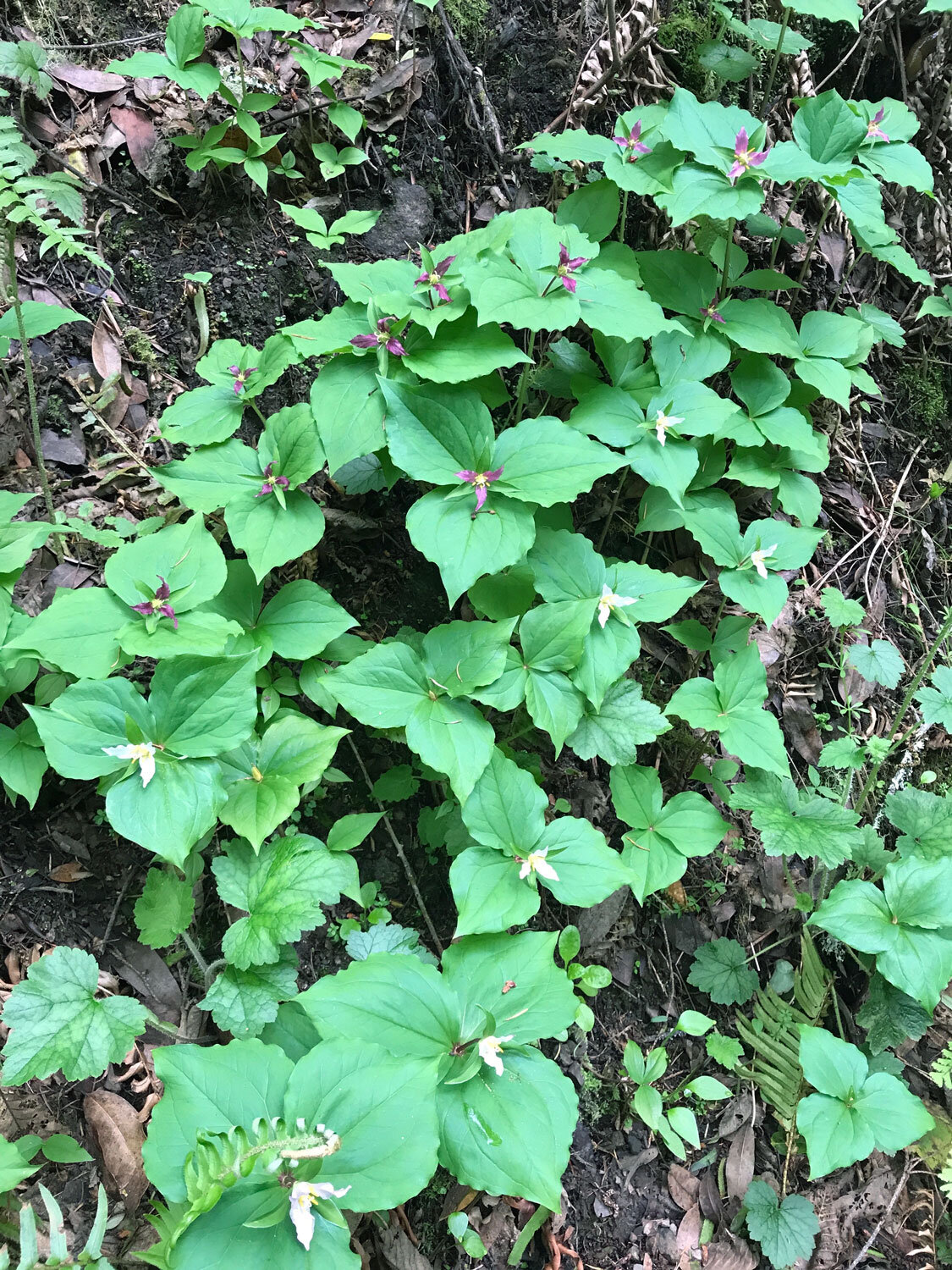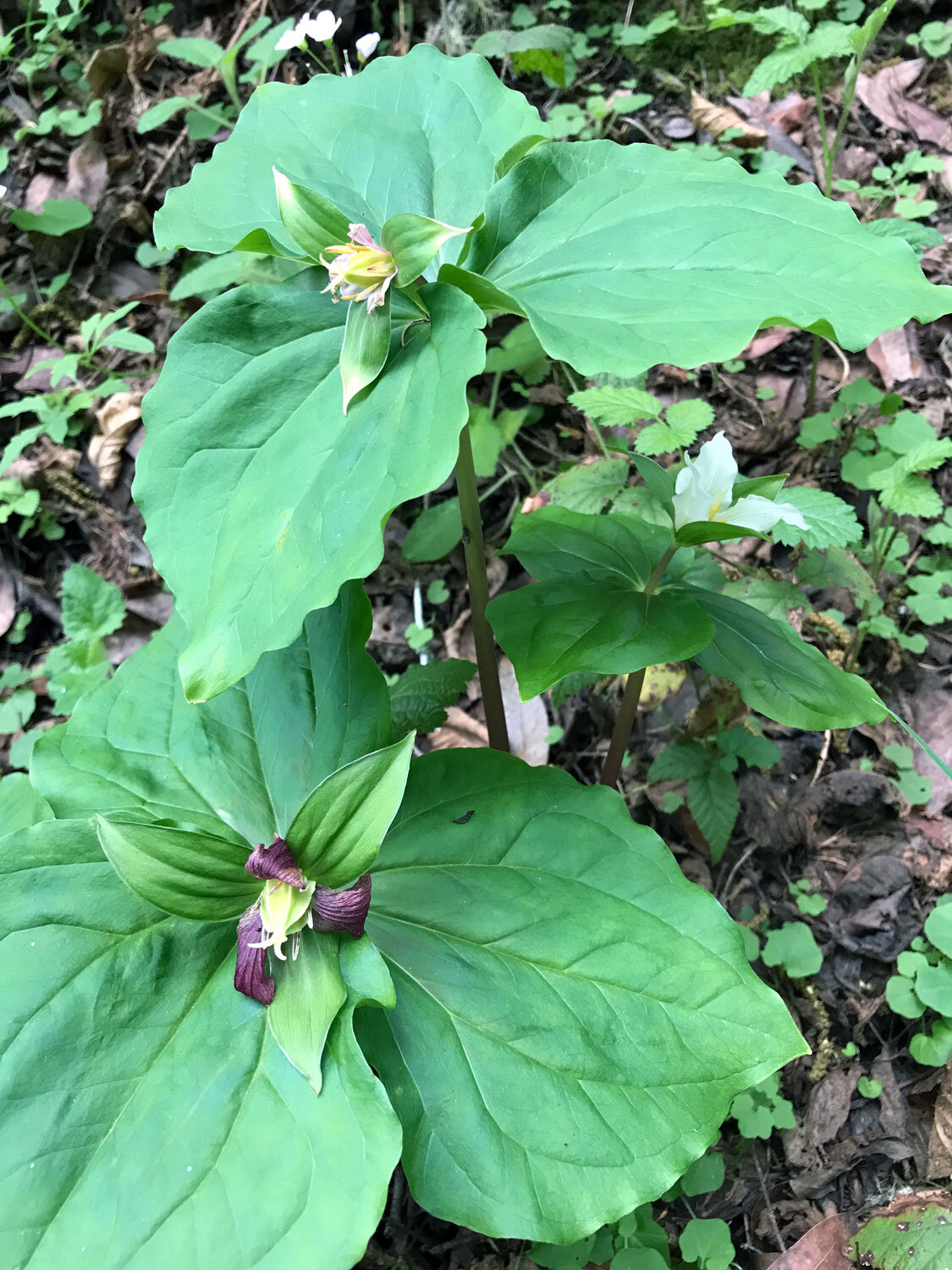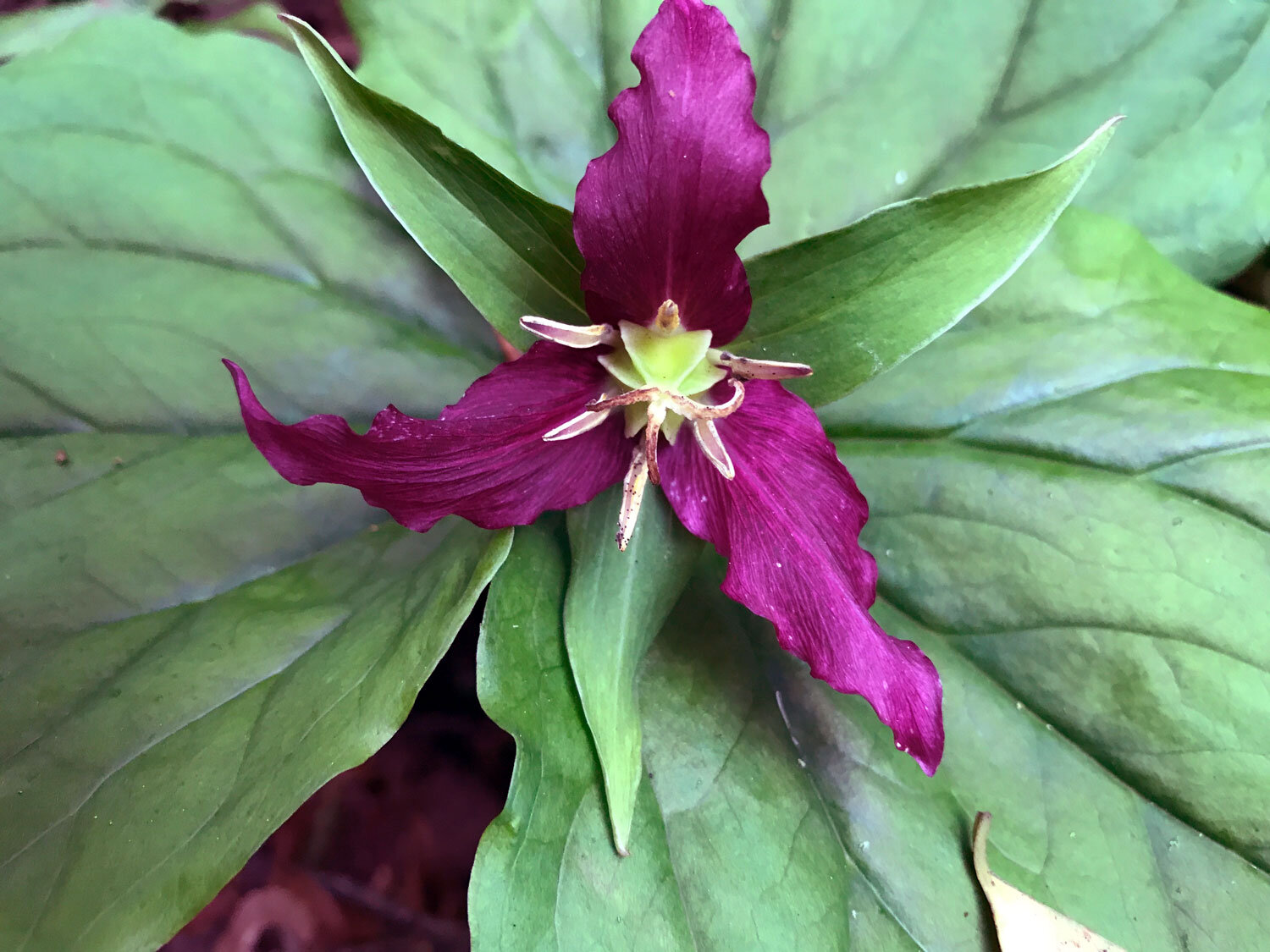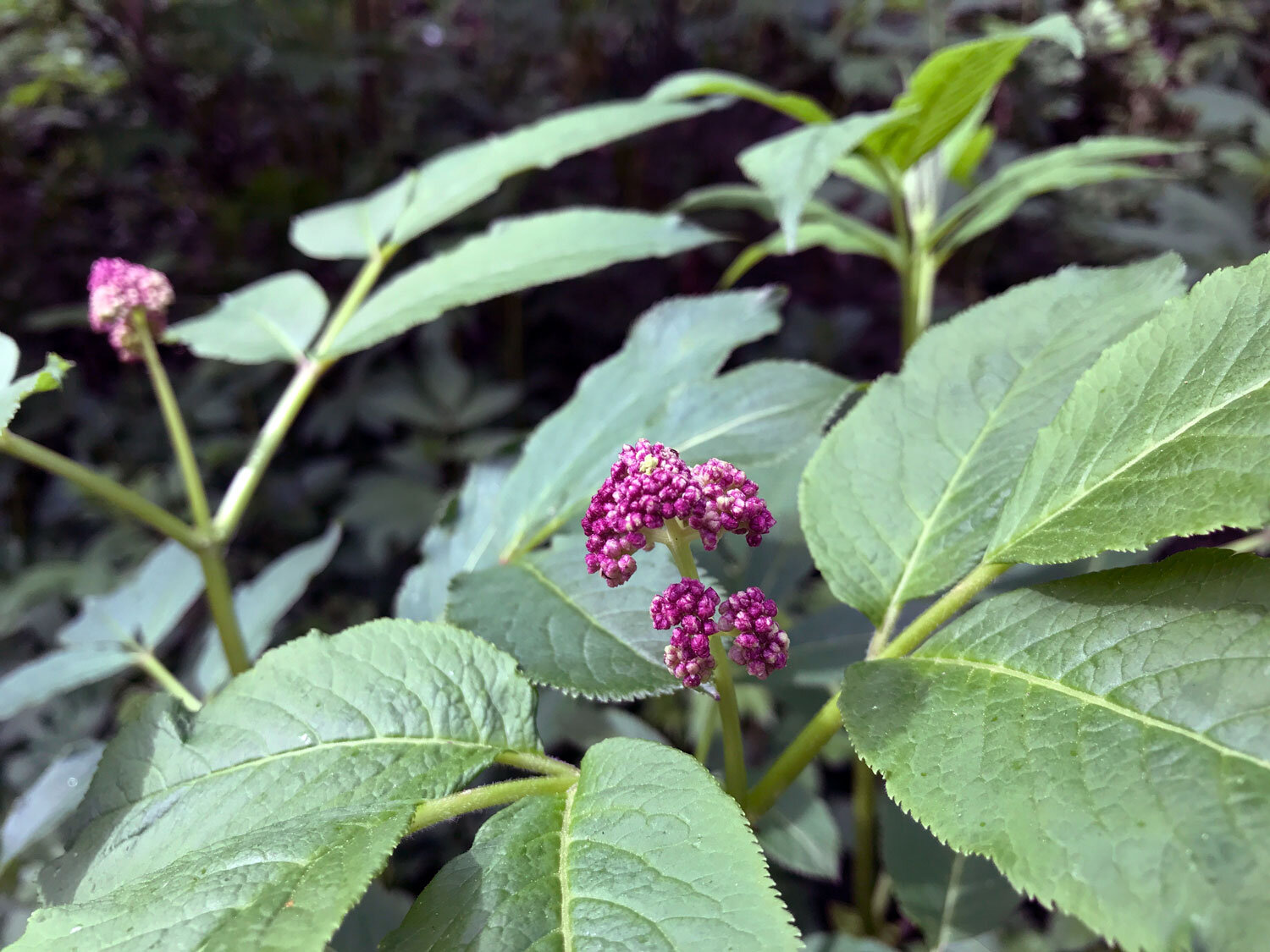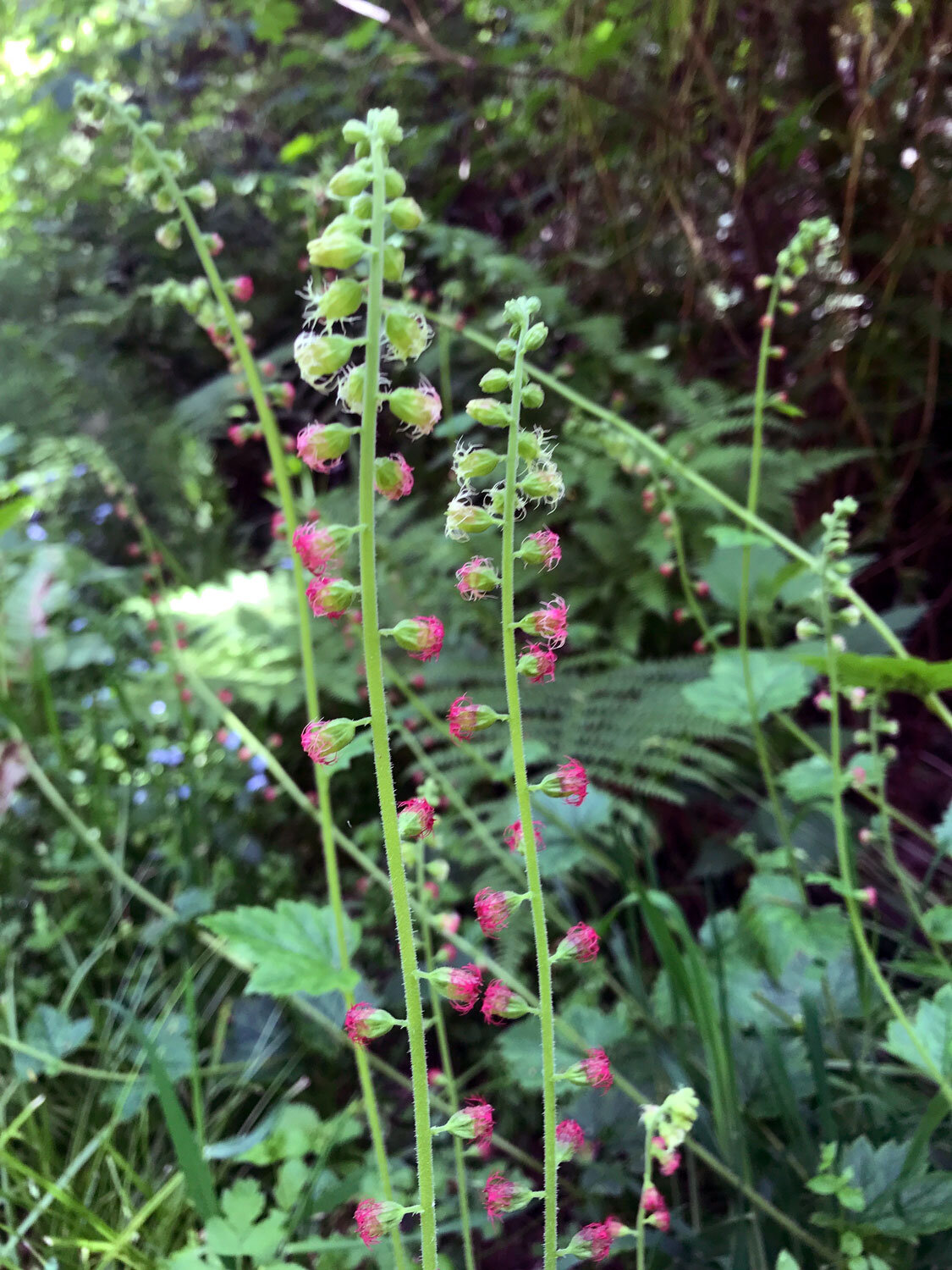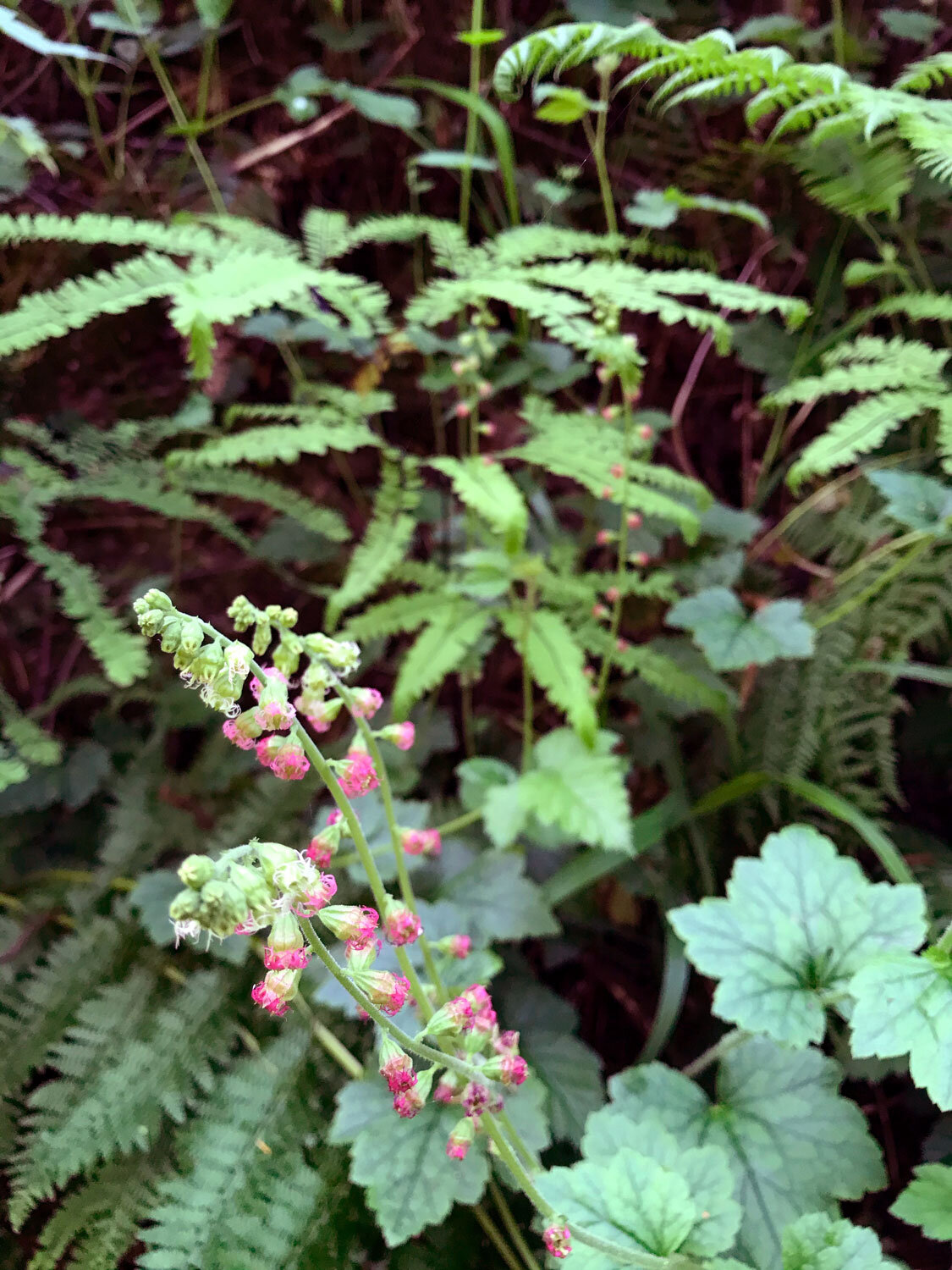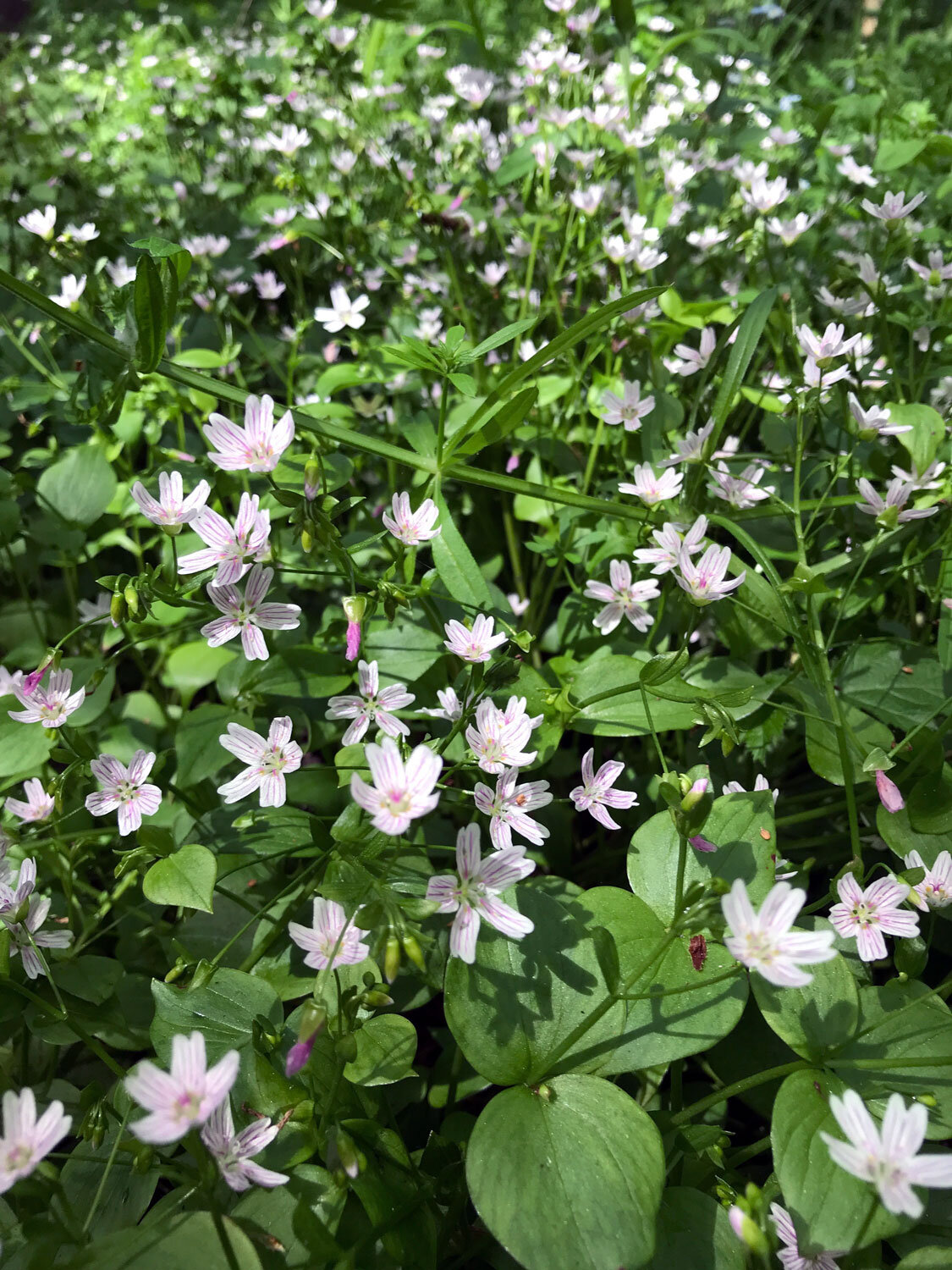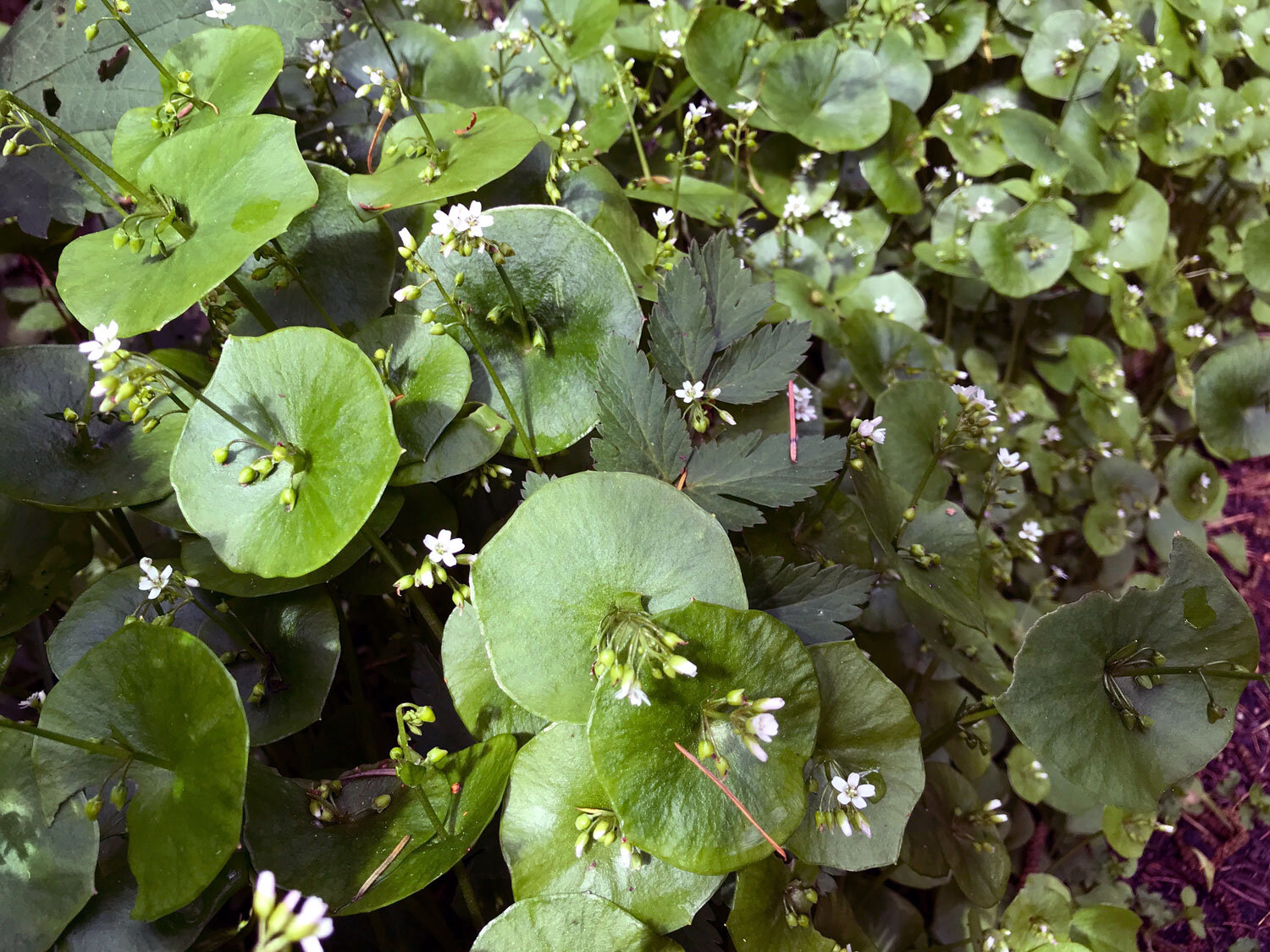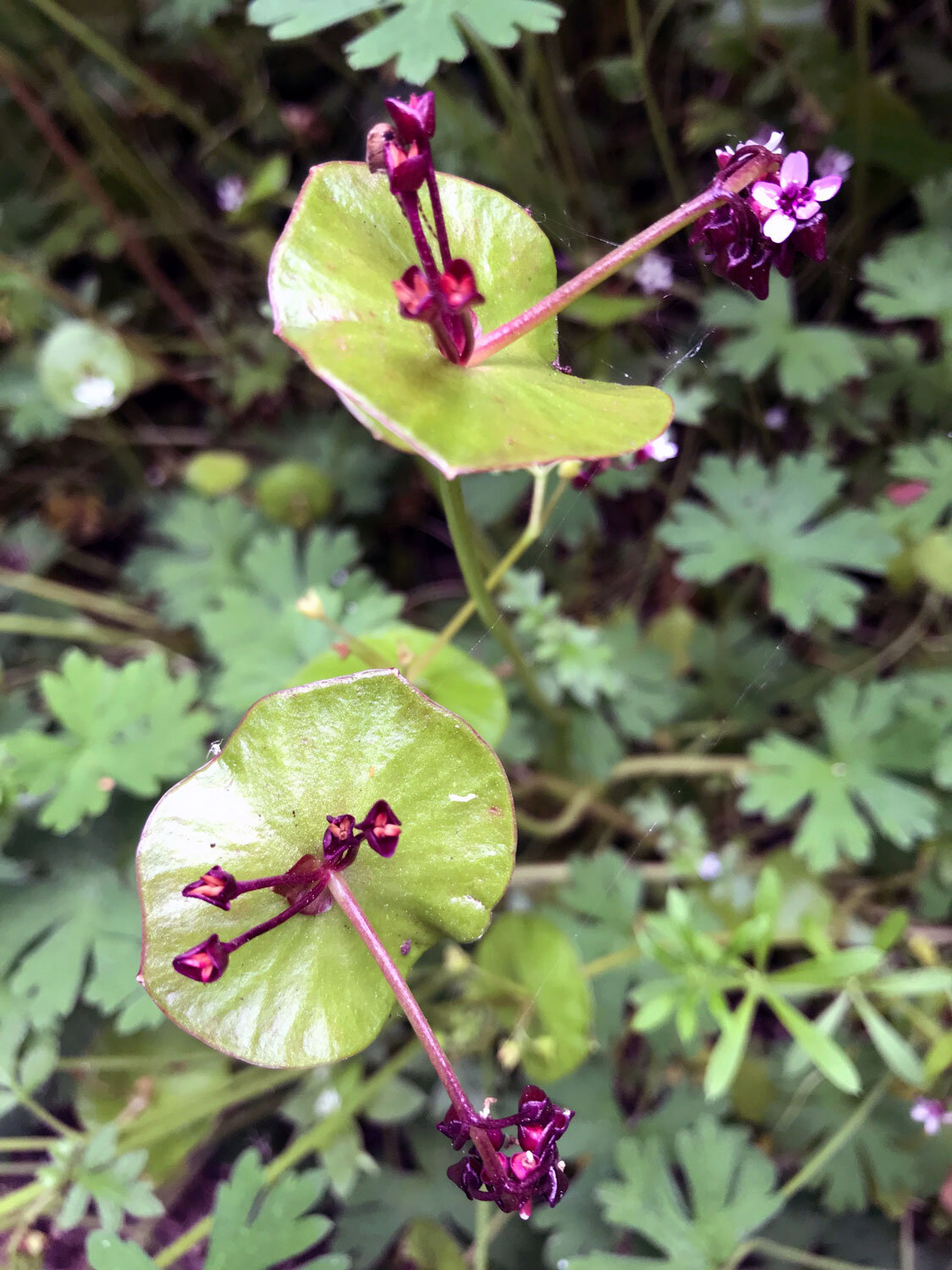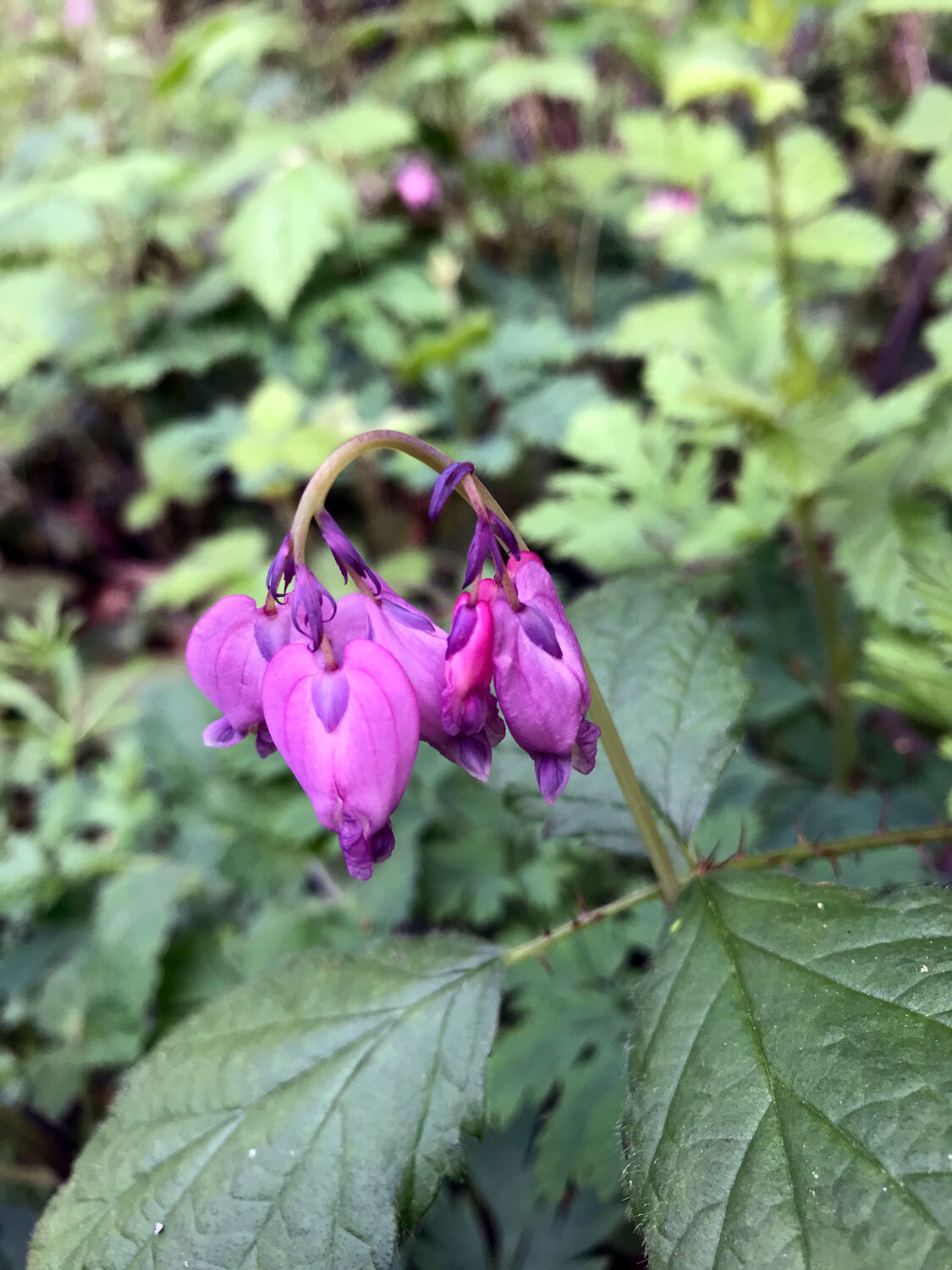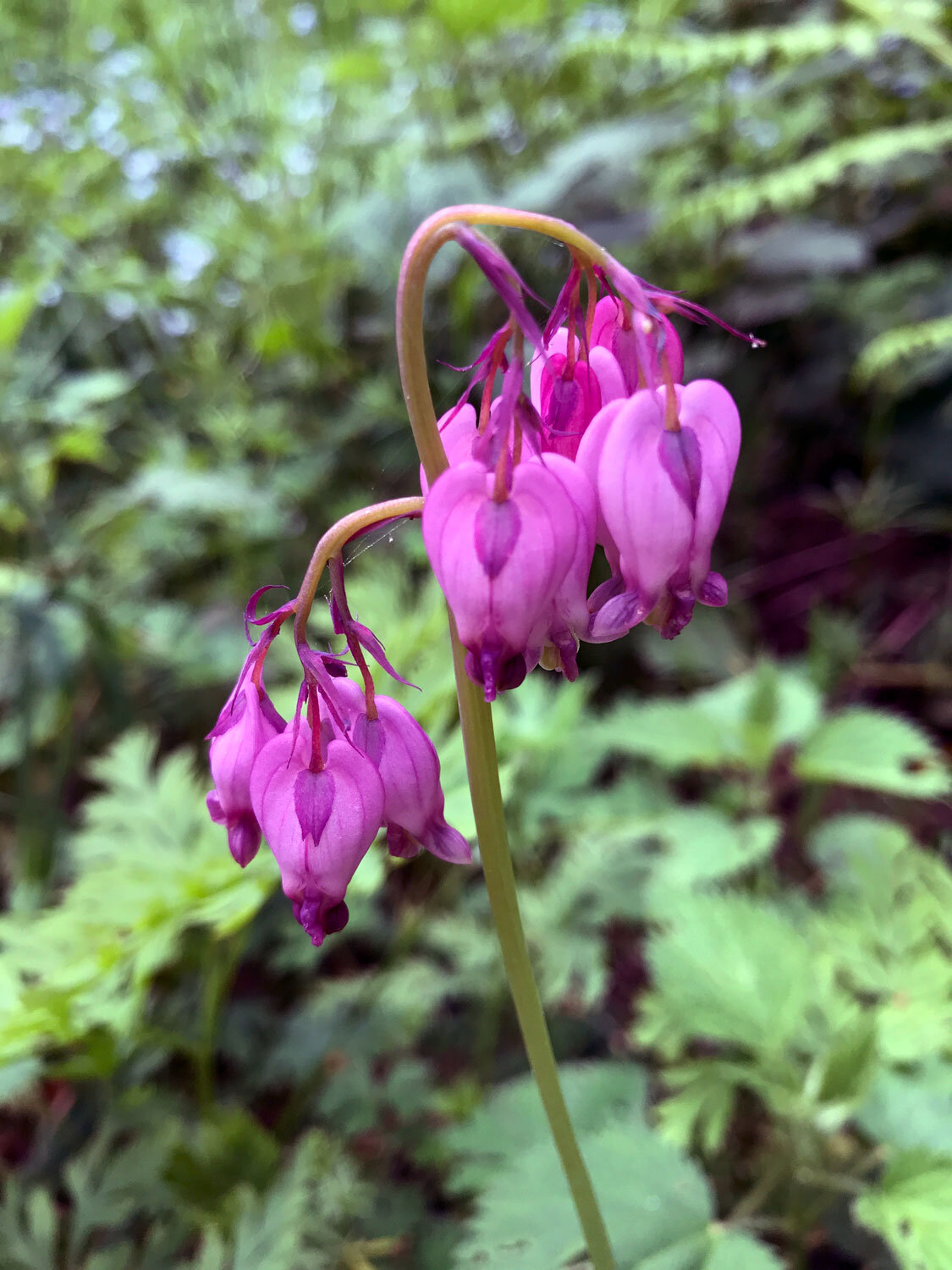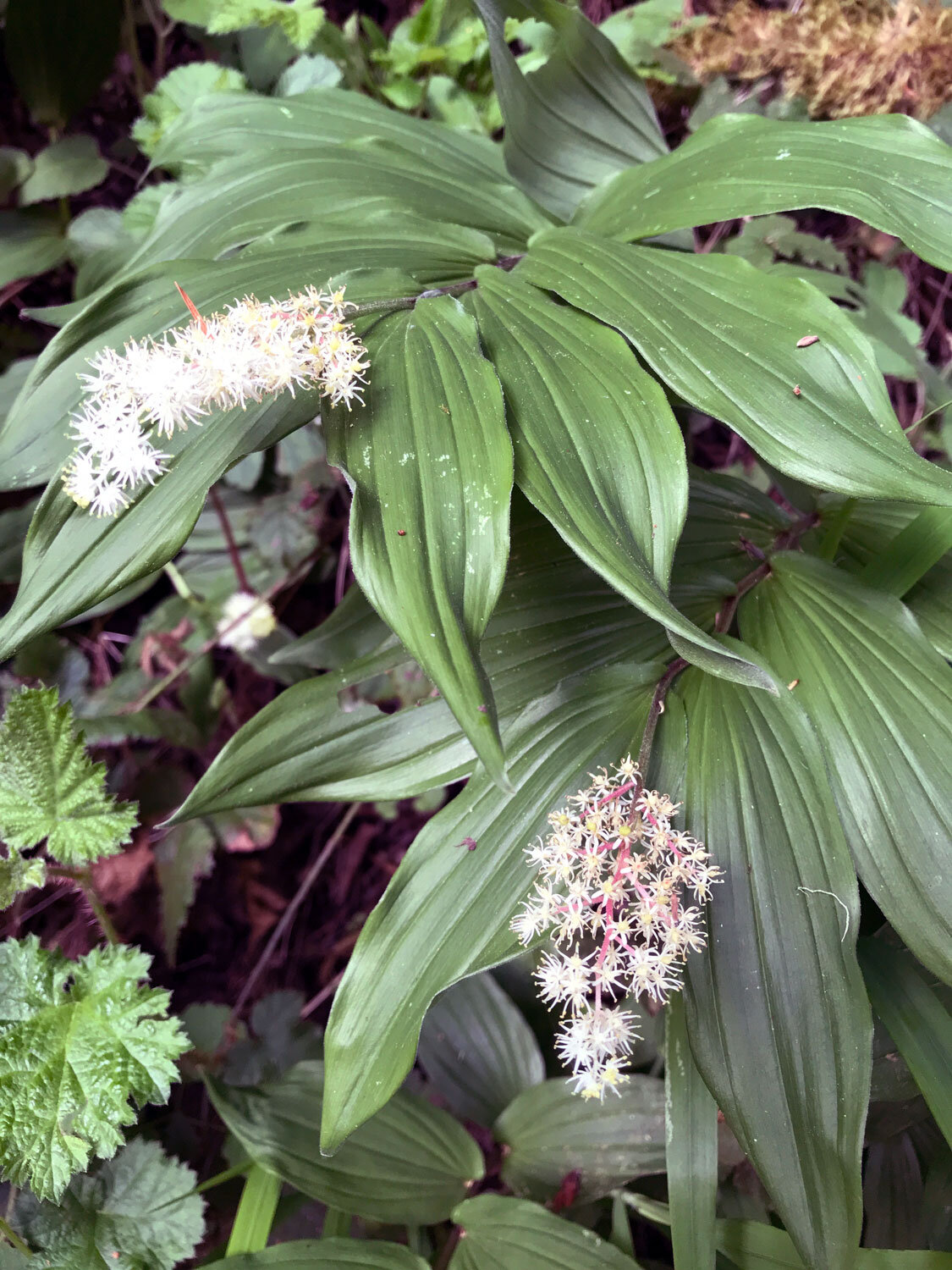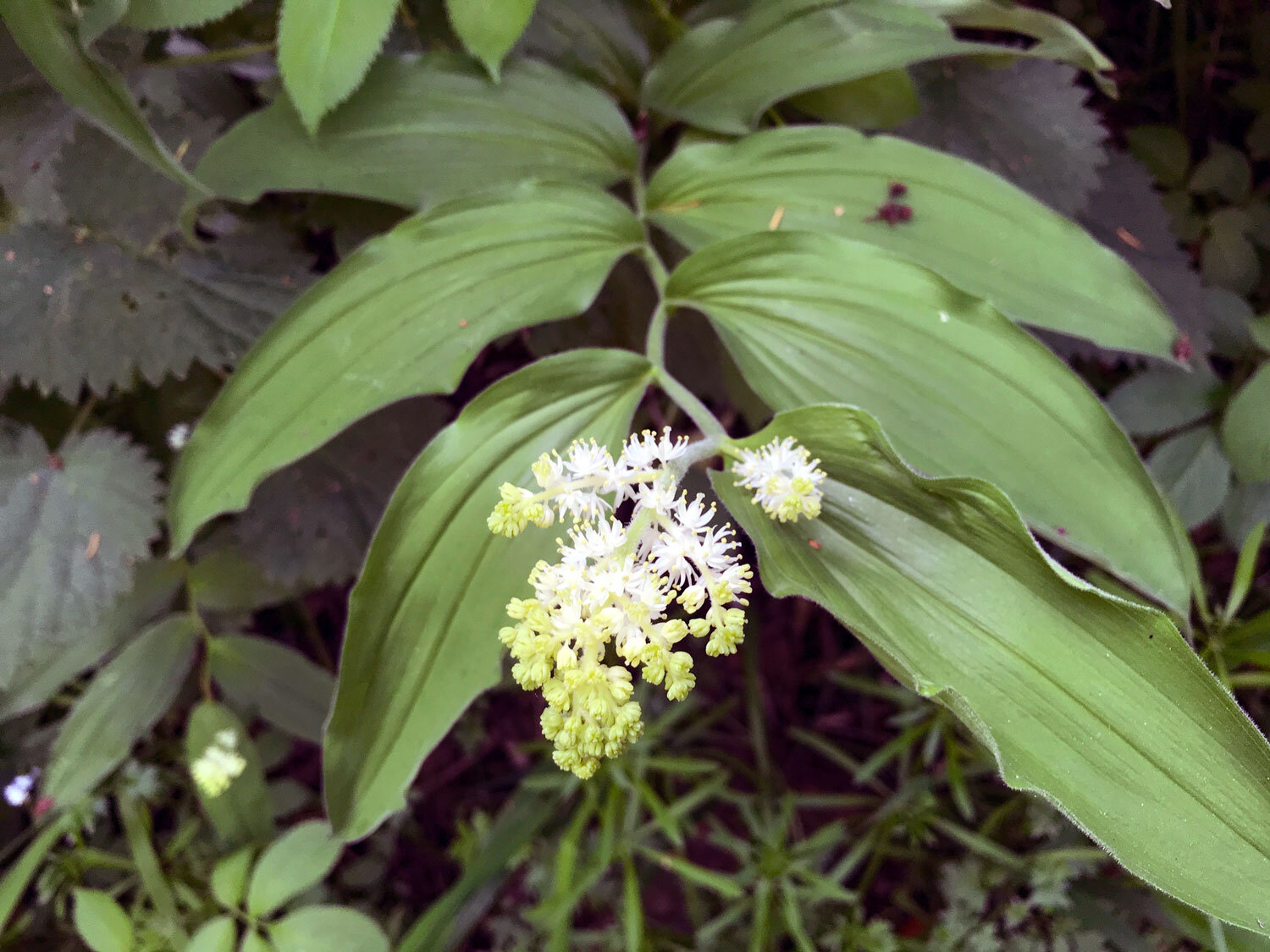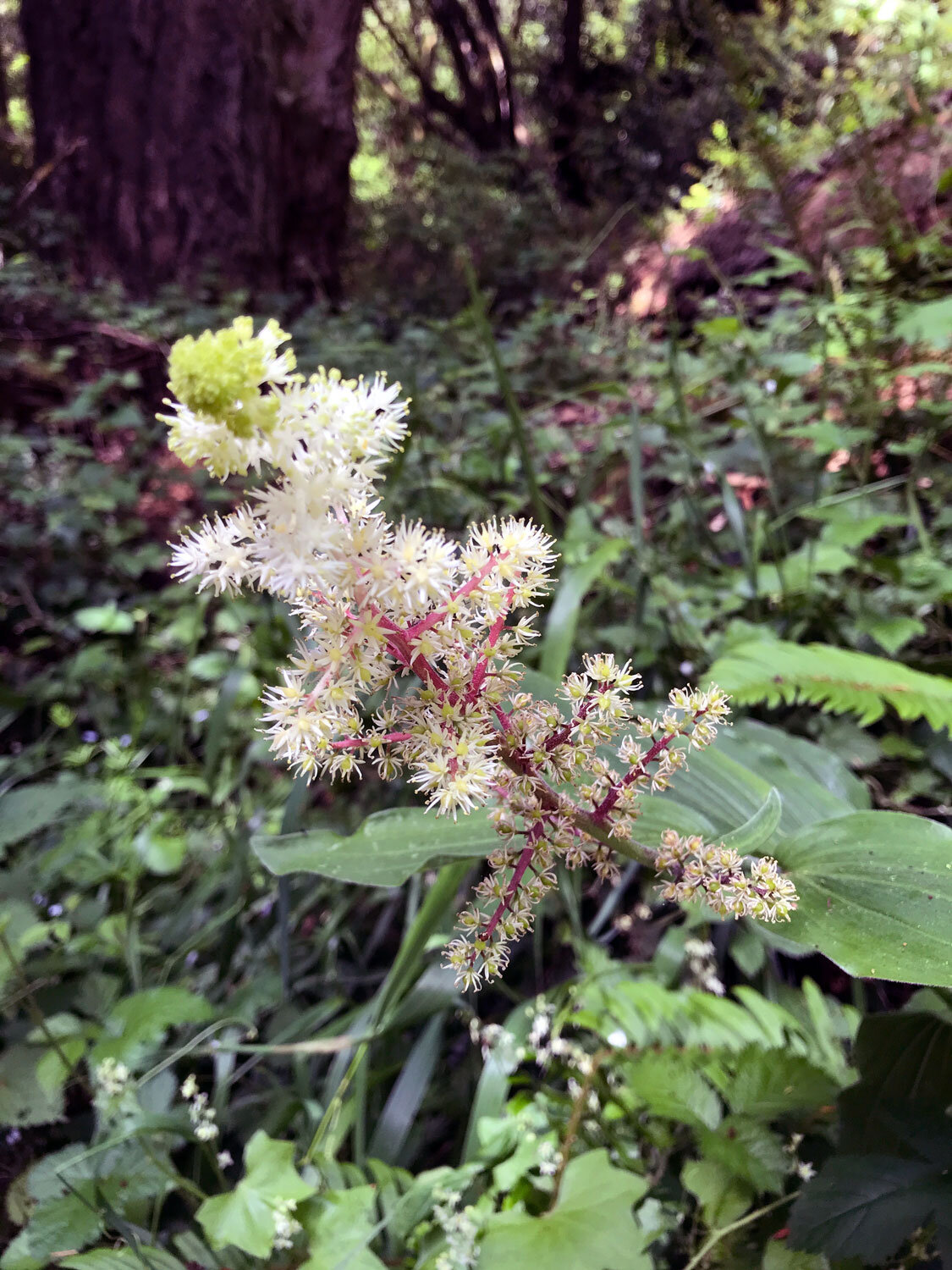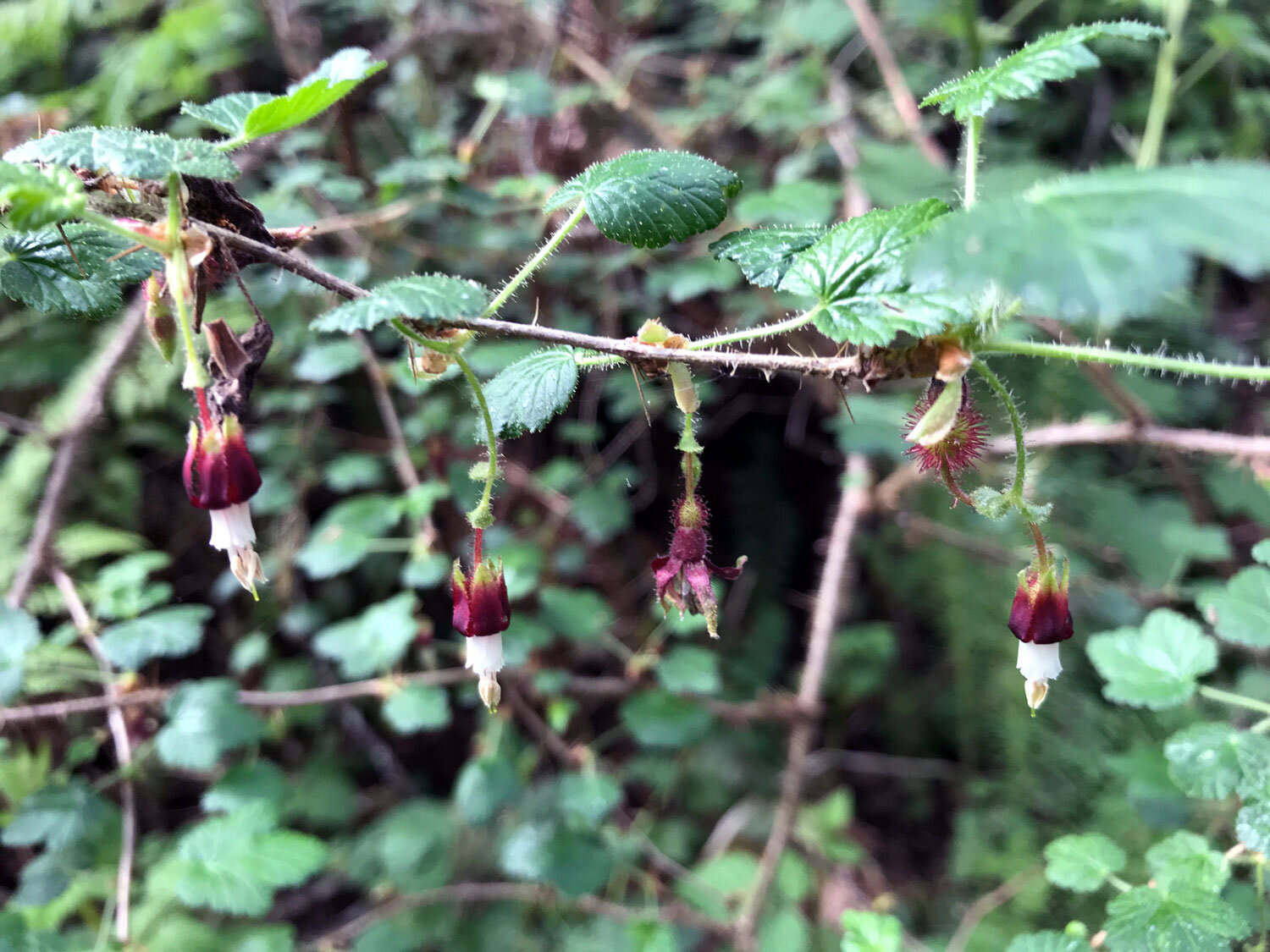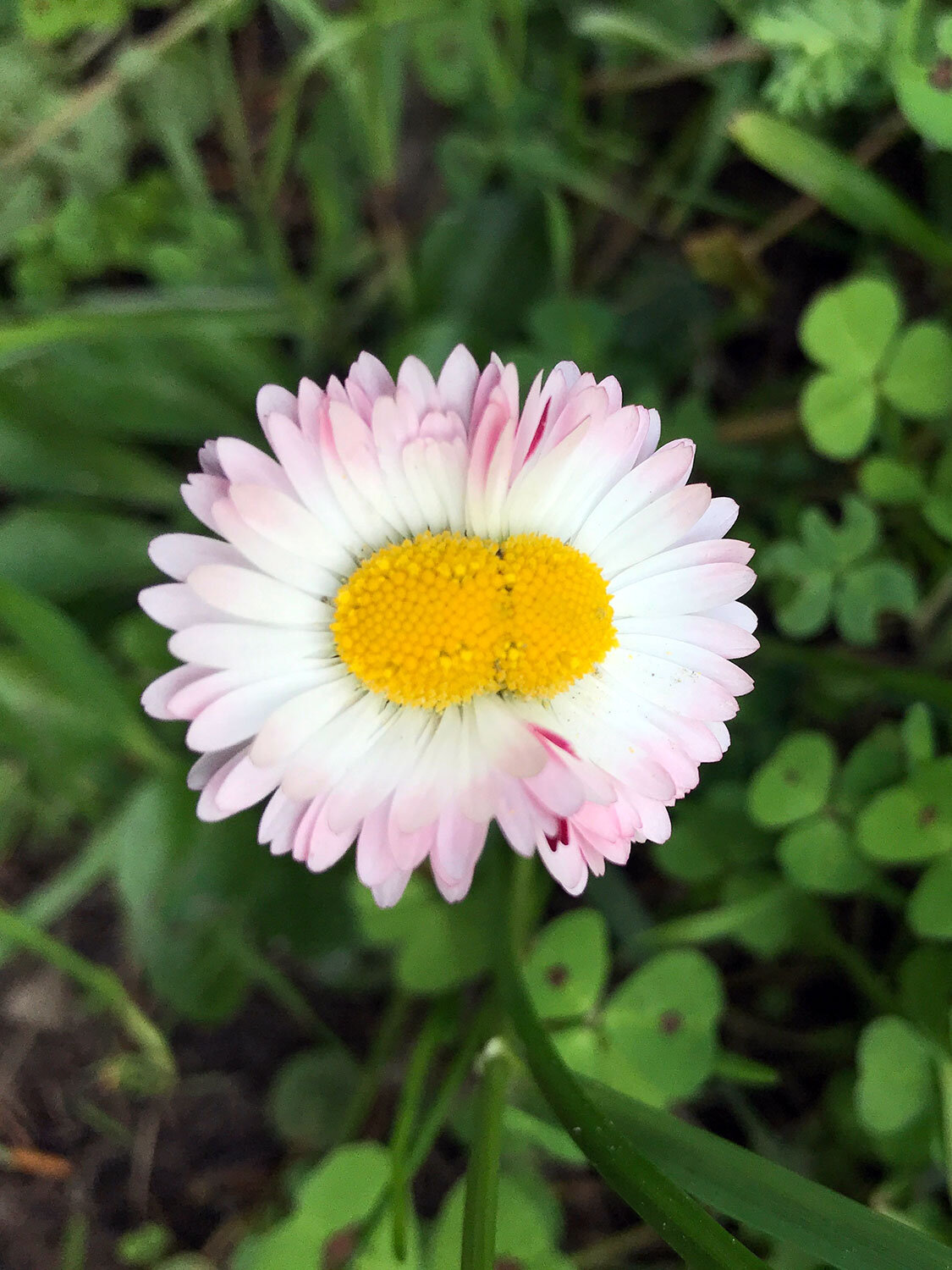Bear Valley Trail
Trail length: 8 miles, out and back
Time: 3 hours
Terrain: riparian; oak, fir, bay forests; grasses in Divide Meadow
Restroom? Yes, three. One at the Visitor Center, one at the edge of the parking lot near the Earthquake Trail, and one at Divide Meadow.
Parking: large parking lot
Kid friendly? Yes
Dates visited: 5/14/16, 3/20/16, 5/21/16, 7/23/16, 5/7/17, 8/18/17, 1/21/18, 6/19/18, 11/6/18, 12/28/18, 1/13/19, 4/13/19, 3/27/20, 4/11/20, 4/25/20, 5/8/20
Favorite plants on this trail: California Bay (Umbellularia californica), Coast Live Oak (Quercus agrifolia), Western Maidenhair Fern (Adiantum aleuticum), Fringe Cups (Tellima grandiflora), Western Wild Ginger (Asarum caudatum), Pacific Bleeding Heart (Dicentra Formosa)
Plant list by Marin chapter of the California Native Plant Society
Favorite spots:
Expansive and open Divide Meadow
Babbling creek running along much of the trail cooling the trail
The last mile of the trail (after the bike trail ends) is a shady wonderland of conifers and bay.
At the heart of Point Reyes National Seashore is the Bear Valley Visitor Center and Bear Valley Trail. It's where many visitors start their exploration, so you can expect to find the Bear Valley Trail heavily trafficked. Don’t let that stop you — it’s a beautiful trail. Several trails start from the Bear Valley Trail including the Rift Zone Trail (to the left of the trailhead), the Woodpecker Trail (to the right), and several other trails along the way to the right: Wittenberg, Meadow, Old Pine, Baldy. If you go far enough, you'll bump into the Coast Trail extending in both directions with lovely views of the coast. Bear Valley is a bike trail for the first 3 miles. Park your bike (bring a lock!) and walk the last mile to the coast (no bikes allowed on the last mile). The last mile is my favorite. It's shaded and a babbling brook accompanies much of the trail among the California Bays. Further along, fir trees line the path with soft needles and offer shade.
The temperature is cooler in the shaded parts of the trail near the creek, which is most of the trail. It’s a good trail to hike on a hot day.
Ferns in Bear Valley
You'll find many varieties of ferns along the trail. Ferns are fascinating ancient plants. They reproduce using spores to carry their seed in the wind. Look under the fern fronds (pinnules) in early summer and you'll see clusters of spore cases (sori). Here's what happens: "In early fall, the dustlike ripe spores are released. If they land on moist soil or moss, a few of the spores may germinate and form minute, flat green "prothalli", the life forms that produce the sex organs. Eventually, if conditions continue to be favorable (moist soil, an absence of fungal diseases), a sperm will fertilize an egg, which will then divide and develop into a new plant (sporophyte)." source: Mother Earth Living.
Wet grass on a misty winter morning
Spring flowers
Springtime is especially beautiful on the Bear Valley Trail. Early blooming flowers include Pacific Trillium, Pacific Bleeding Heart, Douglas Iris, and many currants and berries. Fringe Cups bloom later in April and May. A single apple tree adorned in pink and white blossoms delights in Divide Meadow, an outlier species in the area. Pacific Trillium range in color from white to dark magenta. Pacific Bleeding Heart emerges a deep purple-pink and fades to light pink over time, eventually sprouting a green pod in late spring. Star-flowered-Lily-of-the-Valley and False Solomon’s Seal are prolific, often covering large swaths along the trail.
Volunteer Opportunity: PRNSA Field Institute
The Point Reyes National Seashore Association needs assistants for their Field Institute classes. You will spend a day training with PRNSA staff, then a couple of times a year you'll select the classes you'd like to help with. Shortly afterwards, you'll receive a confirmation of which ones you've been assigned. As a facilitator, you get to take the class for free. Normally, two facilitators help with every class. Duties include signing in class participants, making coffee (for indoor classes), talking briefly about PRNSA, and generally helping out as needed. I've been volunteering for about a year. It's a great experience to work with other facilitators and get to know the amazing field institute instructors.


